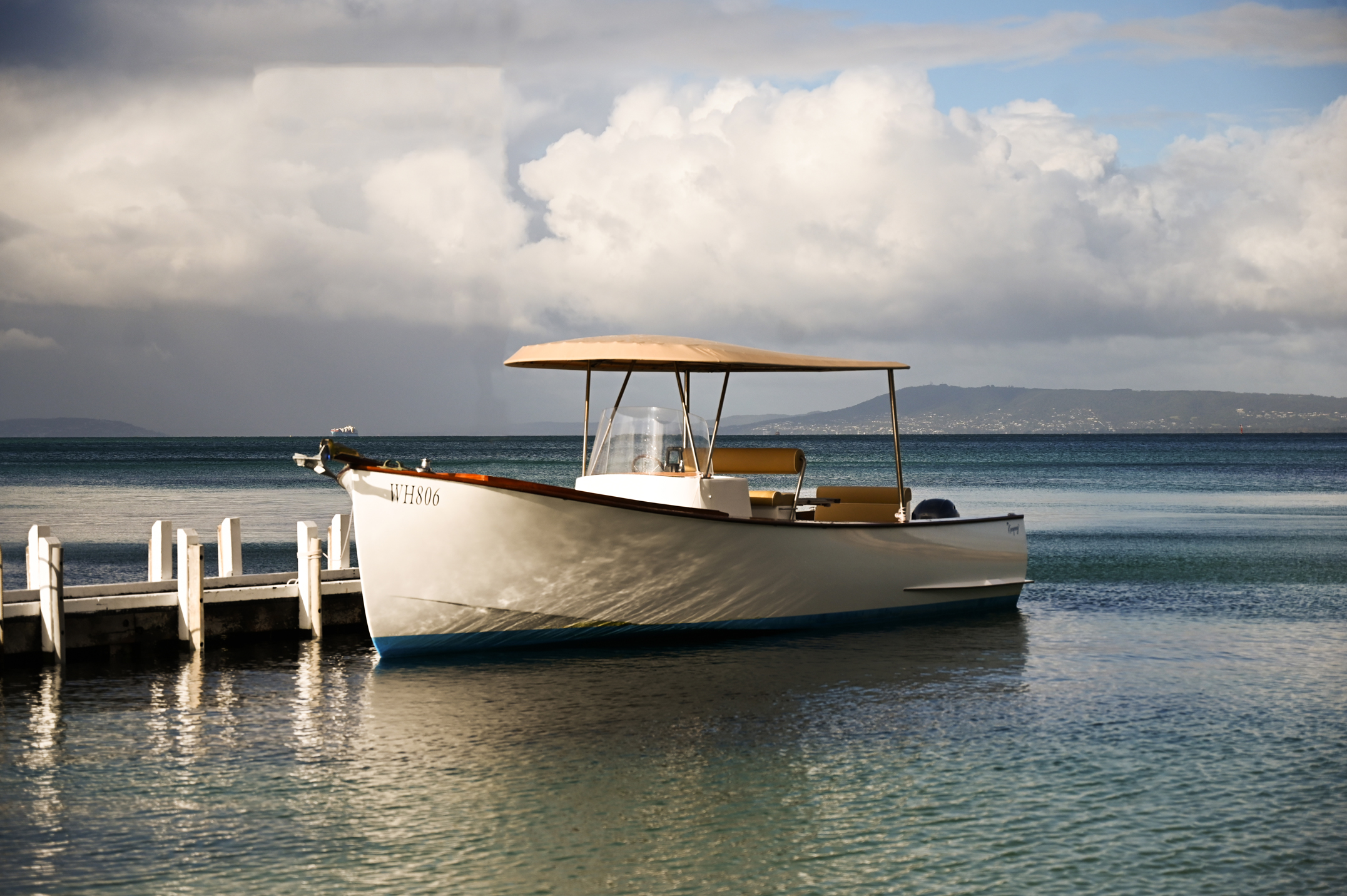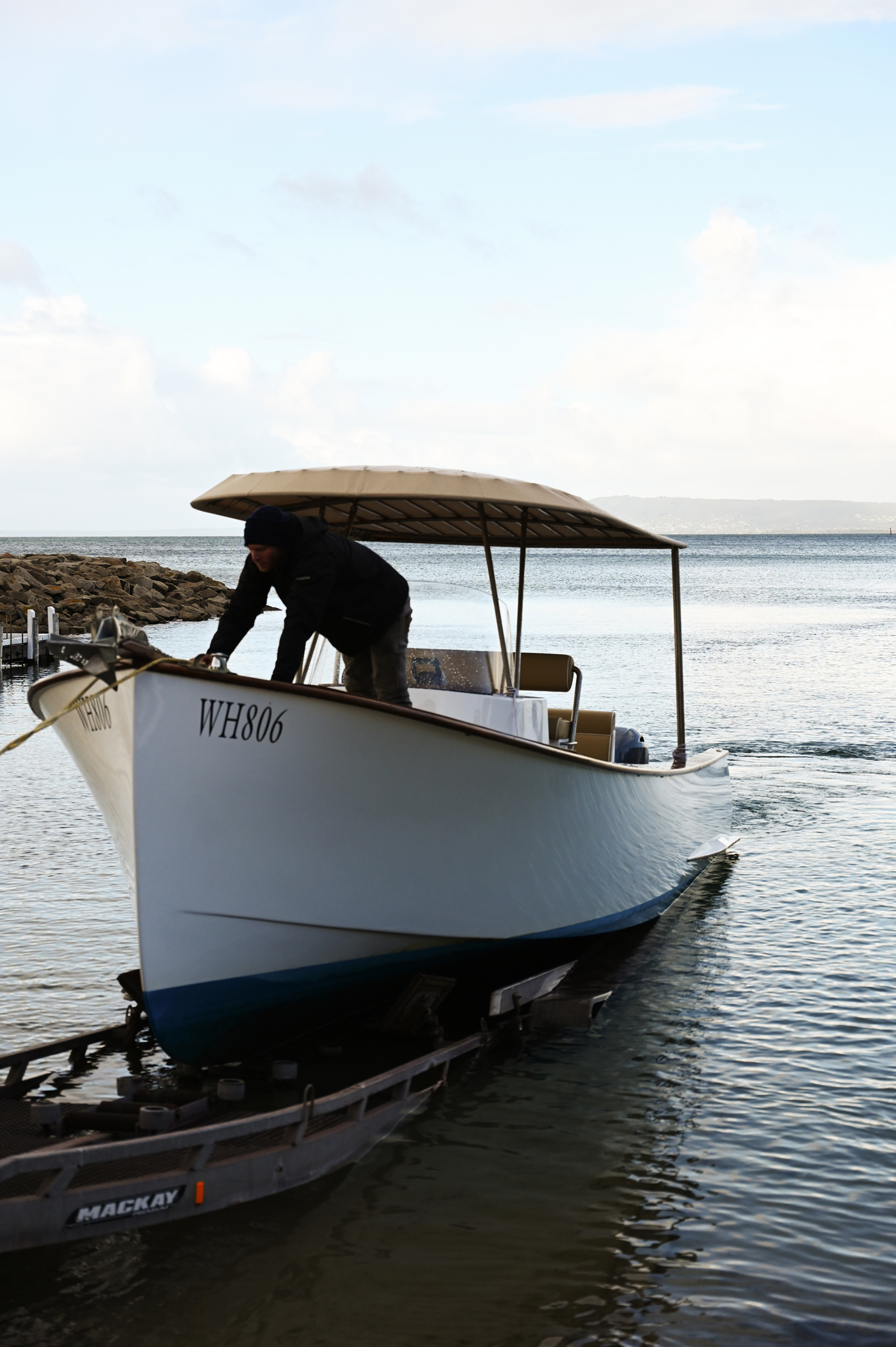Very Slender Rib (VSR)
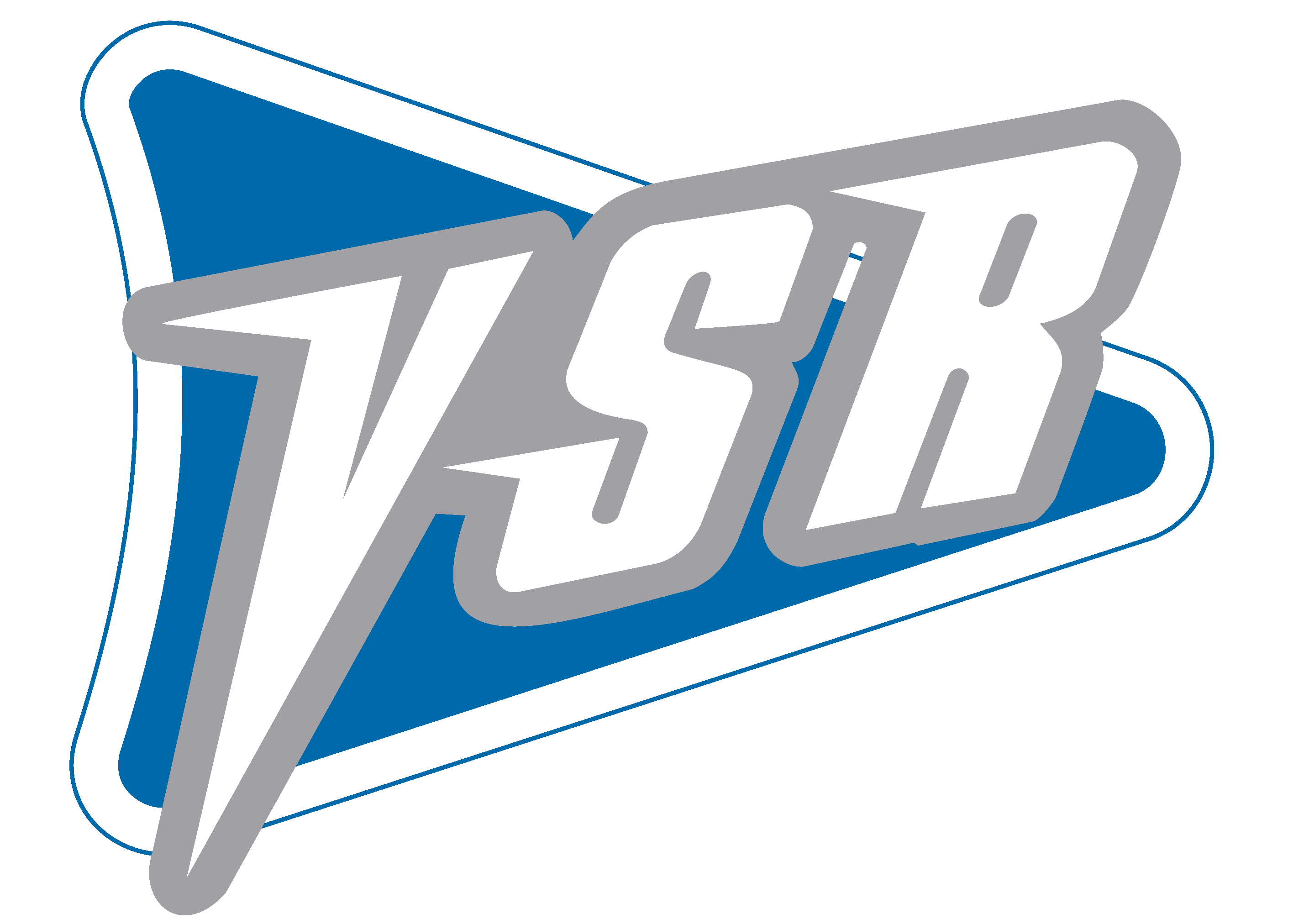
The Wooden Boatshop are VSR LABS authorised dealers in Australia.

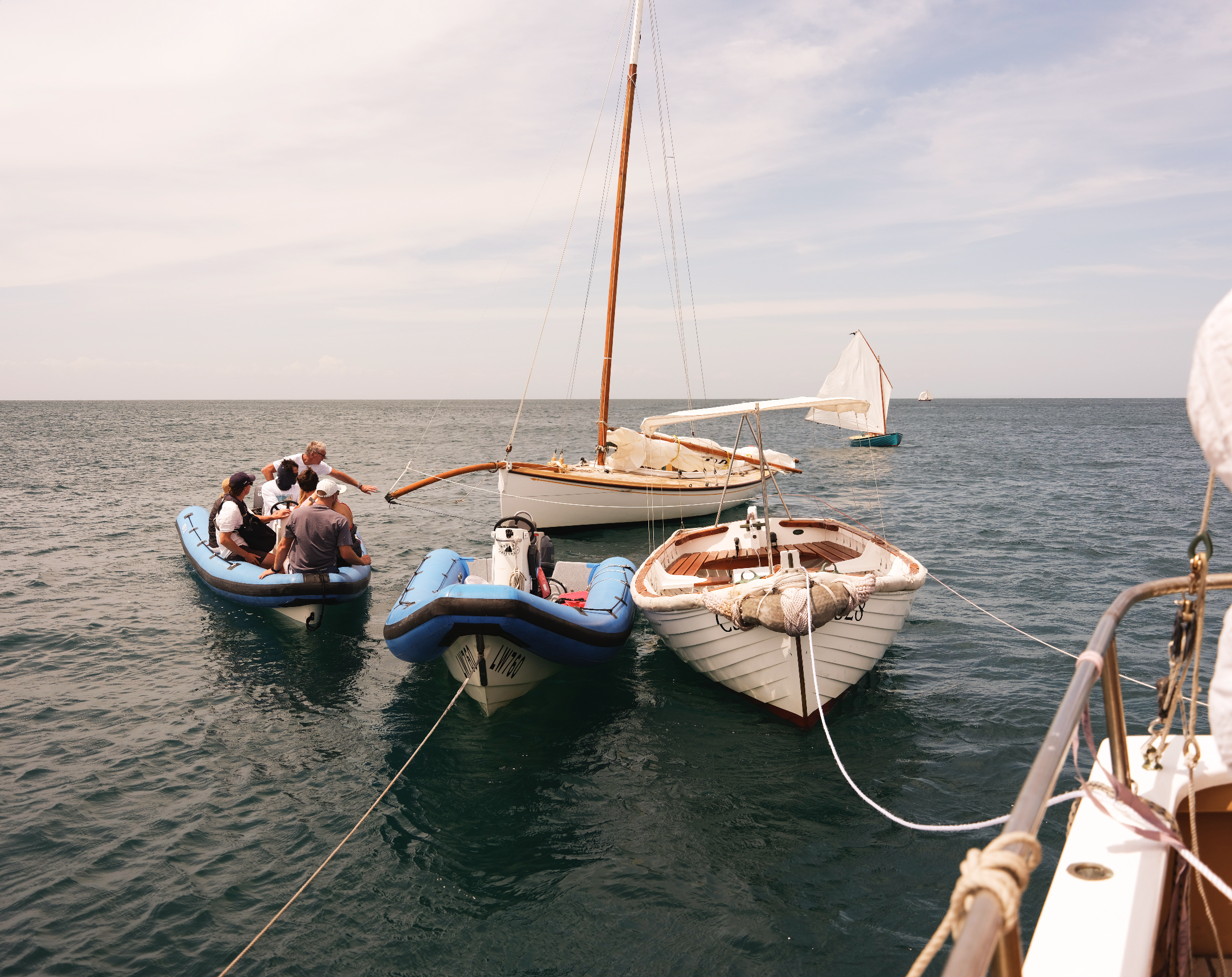
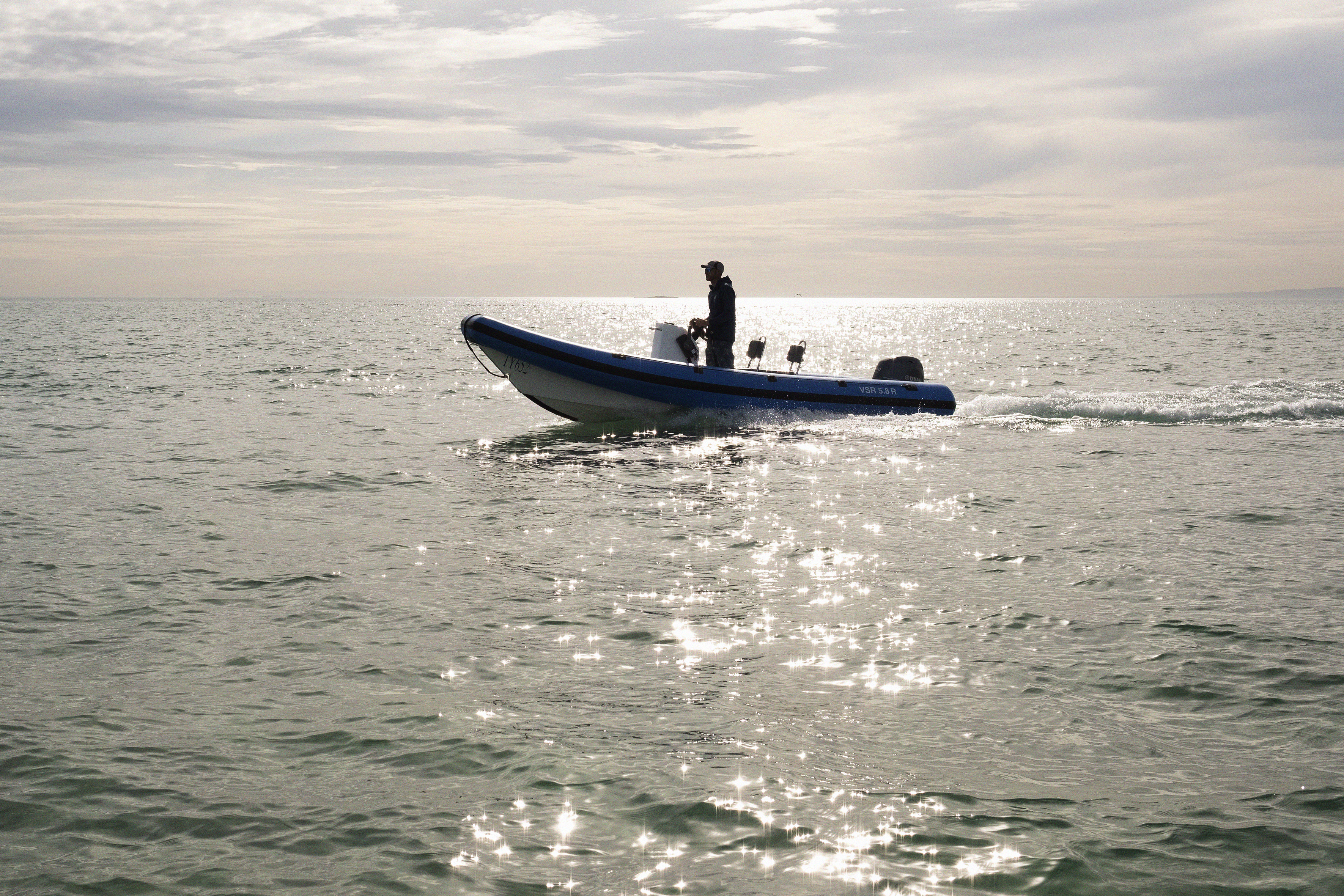
Overview
A superior class of boat
VSR LAB began construction of the iconic VSR range to meet a growing demand for quality vessels within dinghy sailing, coaching and regatta management. The boats are superior in every way – they are a feat in engineering, craftsmanship and handle well in rough and unruly seas. VSRs are ubiquitous at every sailing club around the globe. They are lightweight, fuel efficient and comfortable, offering utility at every turn.
The partnership between VSR LABS and The Wooden Boatshop is emblematic of our commitment to put function above all else. We offer a selection from the VSR range for sale within Australia and the Asia Pacific.
While VSRs make perfect coach boats for high-performance sailing, as well as yacht club tenders, they are also the best choice for those wanting a displacement boat to zip around coastlines. More recently we utilized a VSR 5.4 aboard our 50’ fishing smack while cruising from Sorrento to Broome and beyond. The VSR 5.4 was easily lifted onto the deck using a hydraulic lift and was the perfect choice when exploring coastlines which were a stretch for our smaller wooden tender.
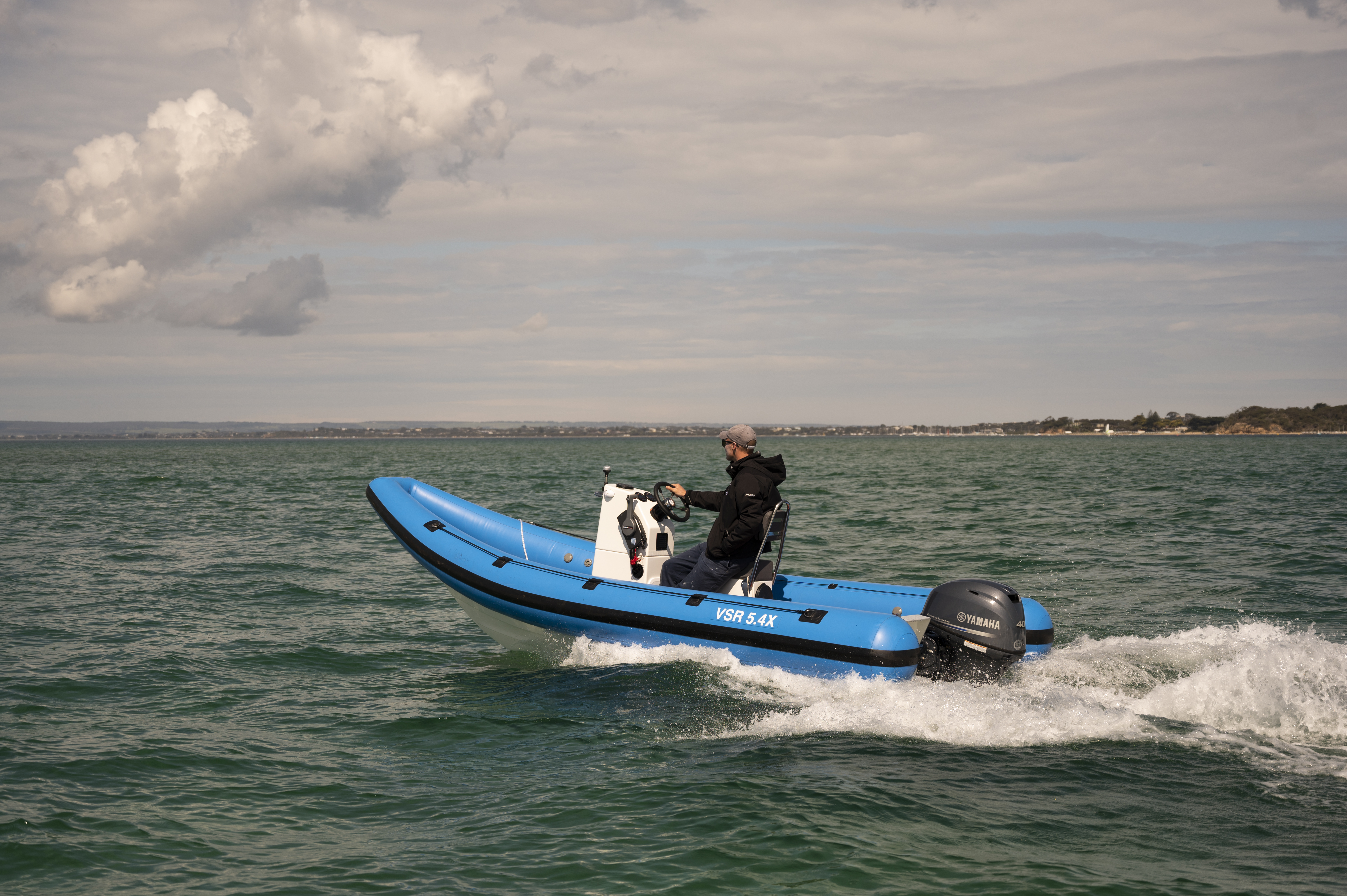
Specifications
Model VSR 5.4X
Length 5.40 metres
Beam 2.32 metres
Weight 380 kg
Power 40 HP Yamaha
Carrying Capacity 4-6 people
Bow Curved
Tubes Orca 828 Hyperlon
Water Ballast System
Length 5.40 metres
Beam 2.32 metres
Weight 380 kg
Power 40 HP Yamaha
Carrying Capacity 4-6 people
Bow Curved
Tubes Orca 828 Hyperlon
Water Ballast System
Model VSR 5.8C
Length 5.80 metres
Beam 2.25 metres
Weight 405 kg
Power 50 HP Yamaha
Carrying Capacity 6-8 people
Bow Straight
Tubes Orca 828 Hyperlon
Length 5.80 metres
Beam 2.25 metres
Weight 405 kg
Power 50 HP Yamaha
Carrying Capacity 6-8 people
Bow Straight
Tubes Orca 828 Hyperlon
Model VSR 5.8R
Length 5.80 metres
Beam 2.17 metres
Weight 420 kg
Power 60 HP Yamaha
Carrying Capacity 6-8 people
Bow Curved
Tubes Orca 828 Hyperlon
Length 5.80 metres
Beam 2.17 metres
Weight 420 kg
Power 60 HP Yamaha
Carrying Capacity 6-8 people
Bow Curved
Tubes Orca 828 Hyperlon
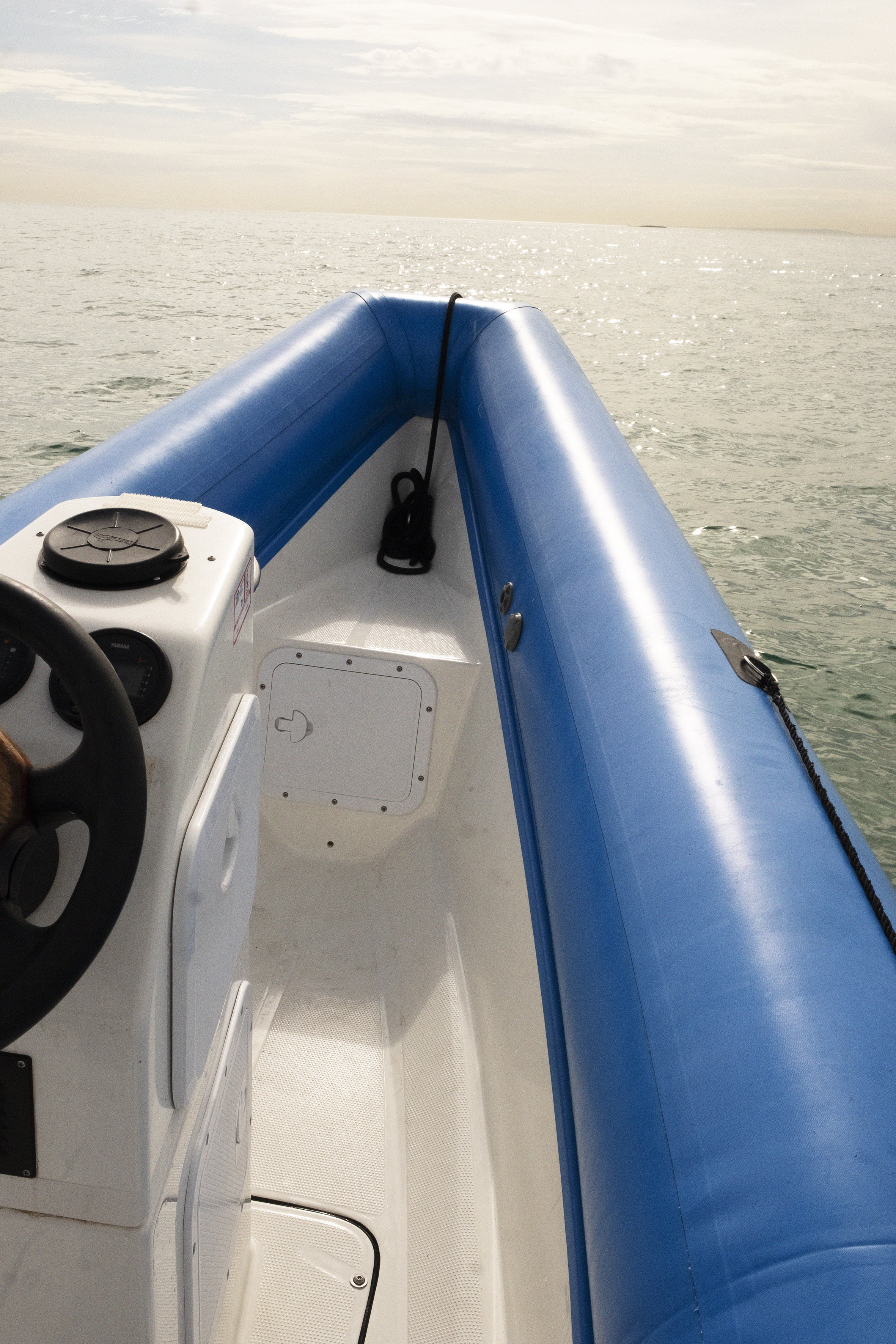
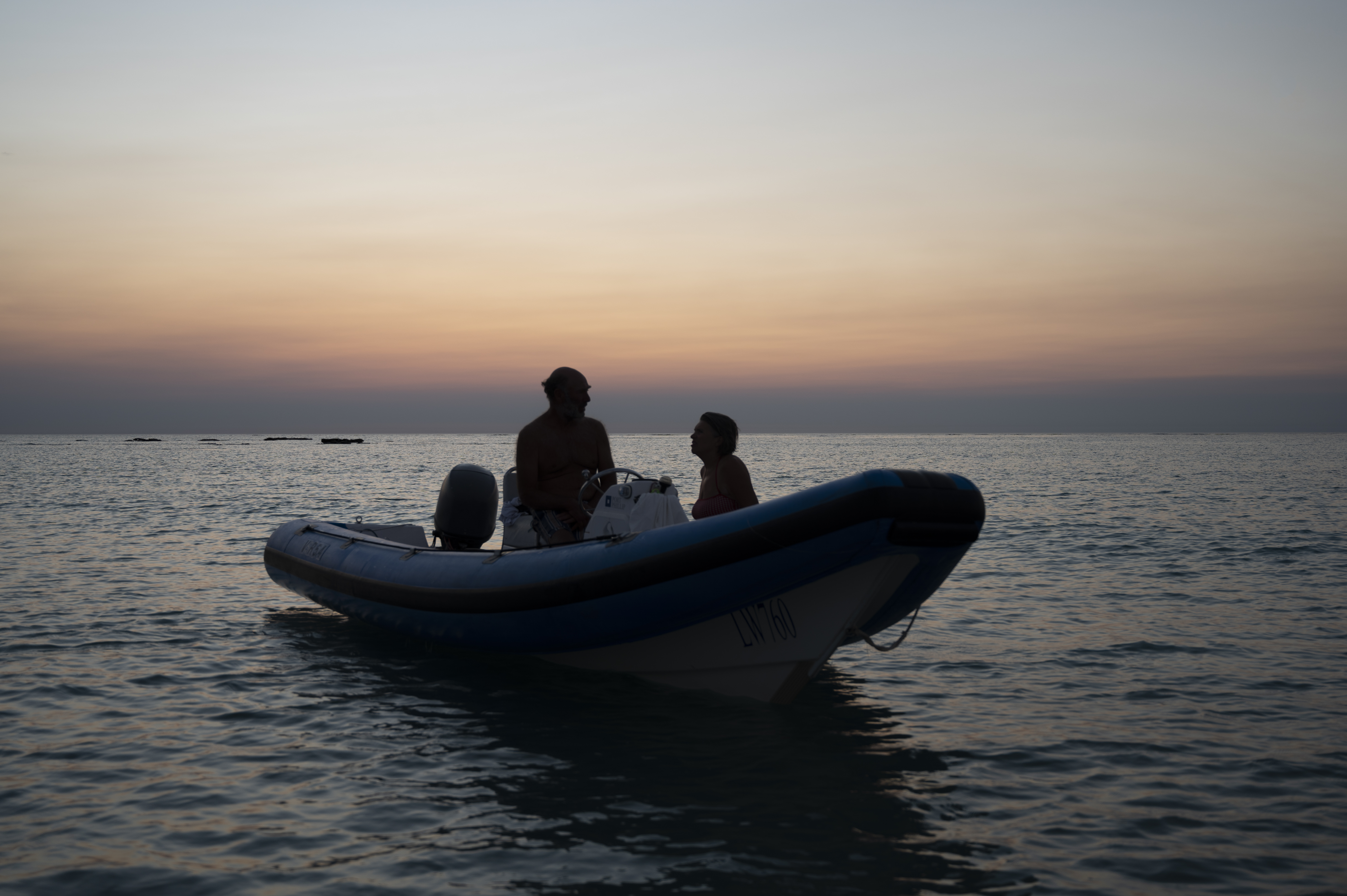

Design Features
︎ Unbeatable smooth ride
The fine entry and narrow design will ride smoother in all conditions. The boats are designed for running with fast sailing classes such as the 49er.
︎ Comfortable ergonomic configuration
The jockey console and raised steering configuration put the driver and passenger in a comfortable position ready for the impact and fatigue associated with long hours on the water.
︎ Economical
The engineered lightweight construction and slender design make the VSR extremely economical to run, resulting in overall lower horsepower and service costs.
︎ Dry
The driest open boat in the market.
︎ Long-lasting
High quality materials and components ensure a longer service life.
The fine entry and narrow design will ride smoother in all conditions. The boats are designed for running with fast sailing classes such as the 49er.
︎ Comfortable ergonomic configuration
The jockey console and raised steering configuration put the driver and passenger in a comfortable position ready for the impact and fatigue associated with long hours on the water.
︎ Economical
The engineered lightweight construction and slender design make the VSR extremely economical to run, resulting in overall lower horsepower and service costs.
︎ Dry
The driest open boat in the market.
︎ Long-lasting
High quality materials and components ensure a longer service life.
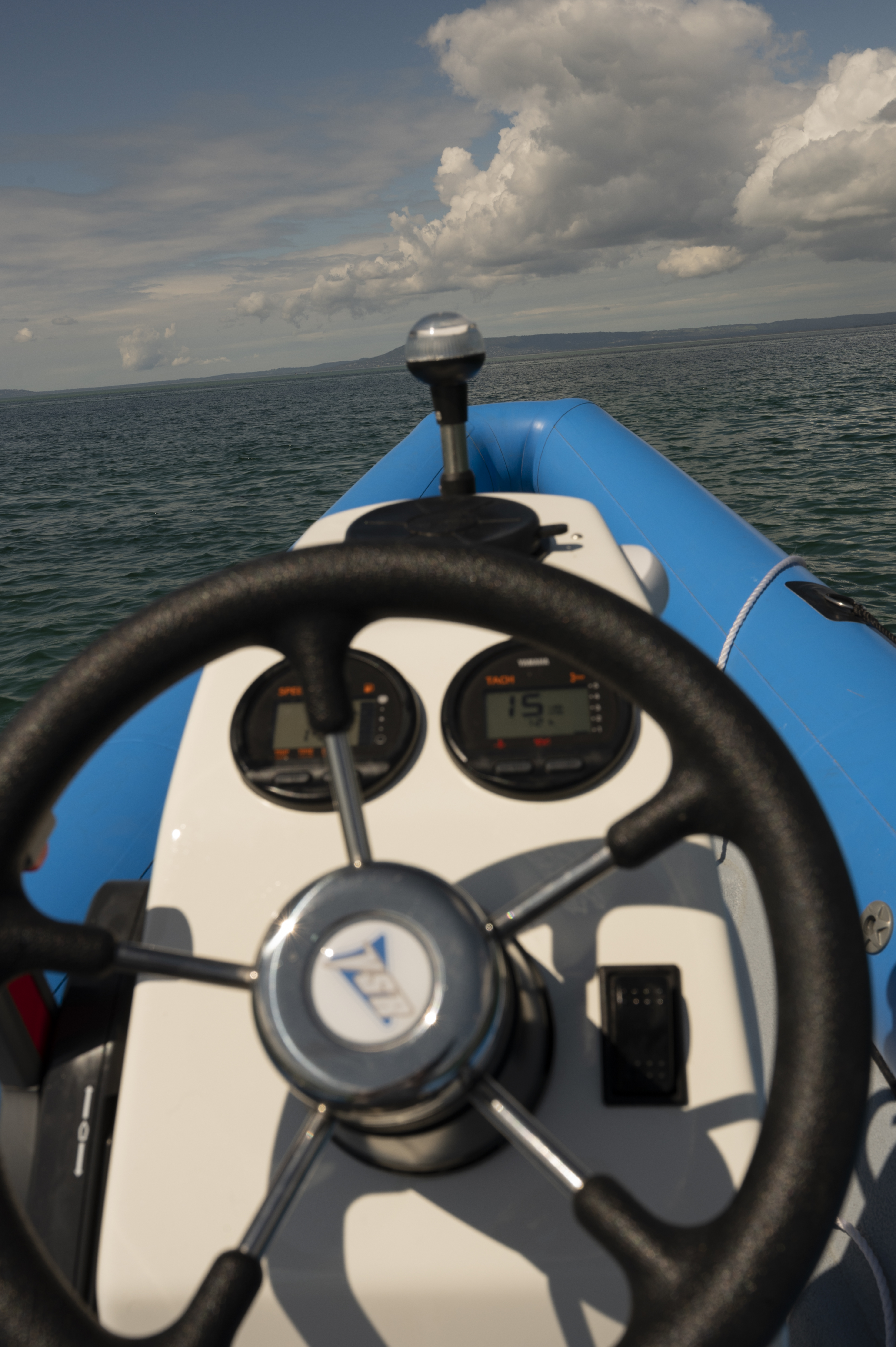
Testimonials
“As you know I have several boats including the Couta Boat, the Chris Craft and an electric boat. I used to have an aluminium runabout that I replaced with a VSR RIB. I must tell you that it is the best investment I could have made and is one of the boats that I enjoy most of all. I use it to go to my 55ft motor yacht, to commute to the Sorrento Sailing Couta Boat Club, to go to Queenscliff, to take family and friends around the shores of Portsea all the way to Rye and Dromana.
It has just been a fantastic and versatile boat; very, very safe, and even if it is windy, I can go out on this boat and not get wet. At 10 knots, 20 knots and 30+ knots I still don't get wet! It is easy to drive and for the level of investment, provides very versatile usage. It is even good to go calamari fishing in!
I have tested the boat in all sorts of different conditions in the bay and have always felt safe; even in 1.5-meter waves I don't get wet! A fantastic craft and congratulations; I'm glad I bought one.”
GIORGIO S. GJERGJA
VSR 5.4
“I'm in awe of these new VSR RIBs. Their design and construction are a breakthrough in terms of sea going capabilities. They've totally revolutionized light displacement high speed powerboats. To think that you can travel at nearly top speed on a 20-knot sea breeze day with 5 foot seas, not get wet AND stay in control is amazing!”
JOHN BERTRAND
VSR 5.8R
“For our Emerging Nations Program that we are running as a lead up to Perth 2011 we needed two RIB coach boats. From a coaching point of view the vertical bowed VSRs were an obvious choice. They are capable of keeping up with a RSX board sailing over 20 knots and at the same time keep the coach dry. They are well built, economical and even came in our aqua blue colour.”
JOHN LONGLEY
VSR Fleet
“I was looking for a RIB to use for dinghy sail coaching and as a chase boat. I tried many other brands, including Zodiac. At the World 49er and 29er Championships in Sorrento, I noticed nearly every team was using VSRs to coach and chase.I was able to borrow a VSR 5.8R and was amazed by the smooth ride and fuel economy. Coaching the juniors from the VSR was made easy because I could reach out from a sitting position to hold the shrouds while talking to the young sailors. The boat has been specifically designed with coaches in mind.
Using other RIBs in the past the hard ride was always a back breaker, and it was difficult to keep up with modern sailing skiffs in choppy conditions. The VSR was a revelation to me. It is a great chase boat. The steep dead rise hull produces an incredibly smooth ride, allowing me to remain seated at speed, even through a steep Port Phillip chop. There is plenty of room for 6 people on board.
I have now bought my own VSR 5.8R and could not be happier. I am impressed with how well built the VSRs are. They have an exceptionally strong hull and are fitted with top quality, reinforced Hyperlon tubes. The finish is top class, and the boat is easily driven and highly manoeuvrable. The whole package of boat, 60 HP 4 Stroke Yamaha, trailer and fully fitted cover is great value. The VSR is a real breakthrough in RIB performance. Having now used one for 12 months, I could not look at anything else.”
WILL BAILLIEU
VSR 5.8R
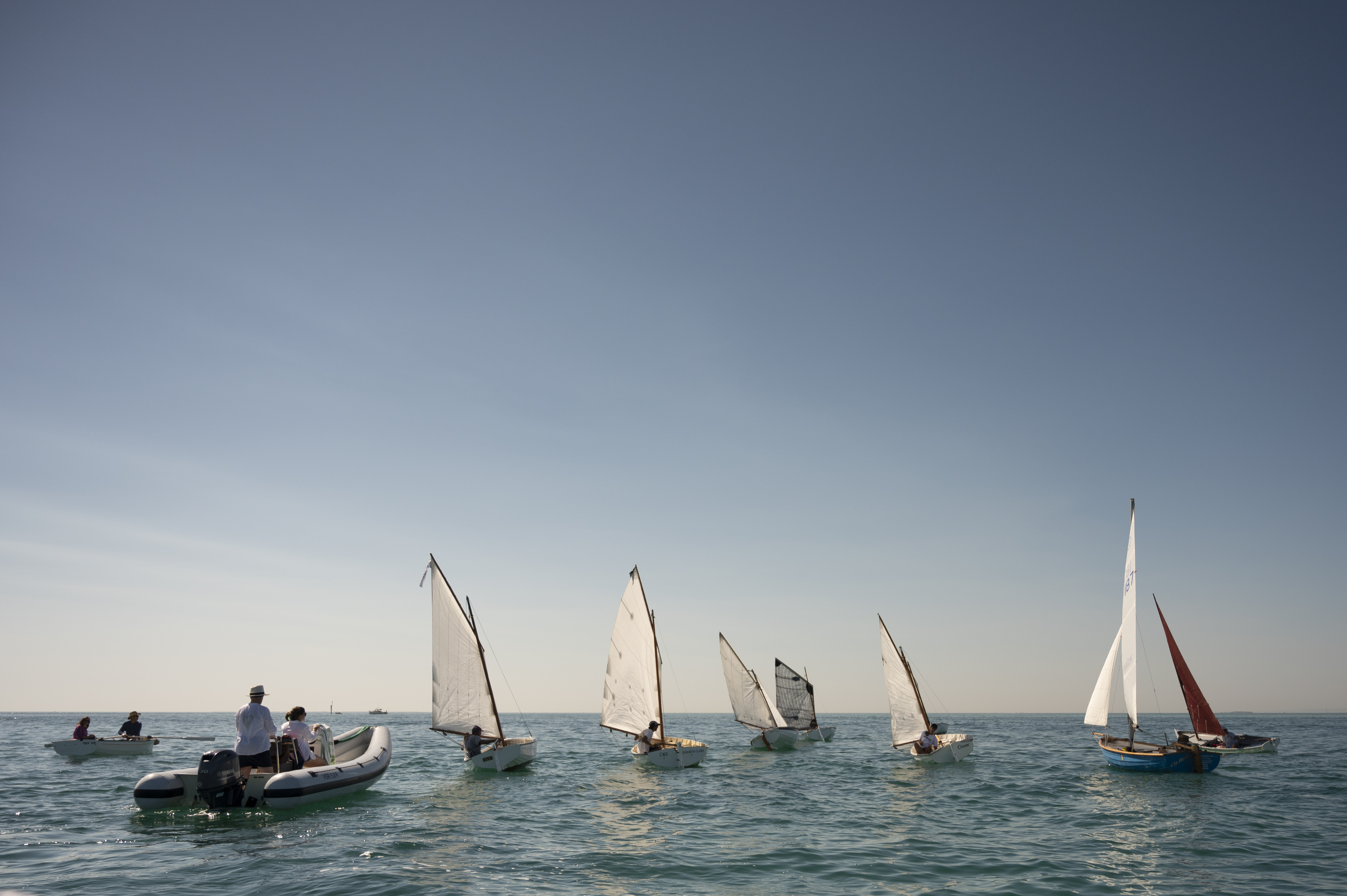
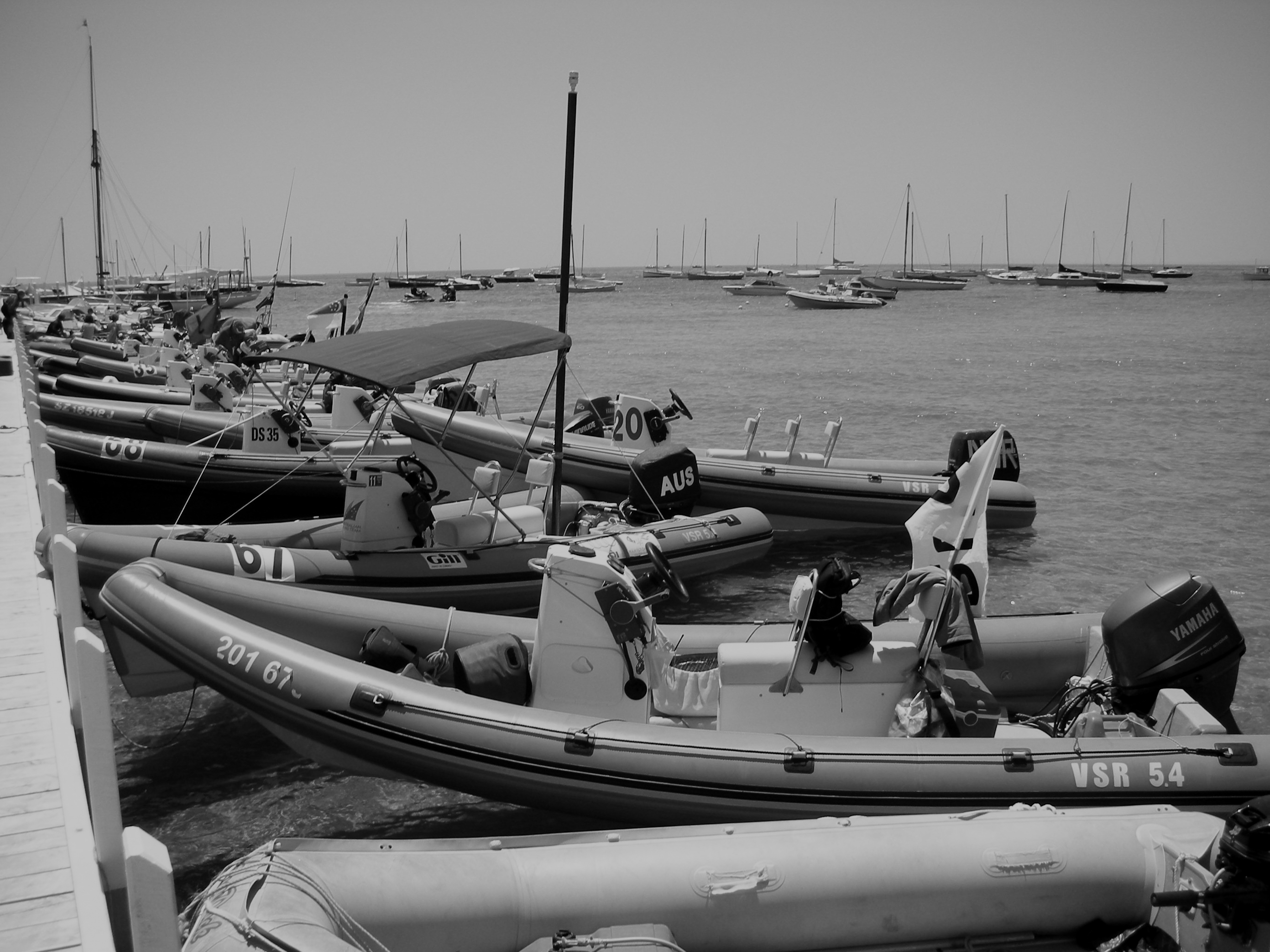
Clinker Dinghy

Overview
A perfect Australian lifestyle...
Our Clinker Dinghies are based on the Tasmanian cray-fishing tenders built by famous artisans such as Percy Coverdale, The Wilson Brothers and Ned Jack. Our boats continue the lineage of historically significant, beautiful craft. Big, beamy and balanced, the dinghies are renowned for being an absolute joy to handle under outboard, oar or sail. Today there is a growing fleet of Clinker Dinghies that regularly race and cruise off Sorrento. Clinkers are the perfect craft for learn-to-sail as they are simply rigged, easy to manoeuvre, and maintain the “feel” of larger vessels such as the Couta Boat. This is the ideal boat for those wanting to spend more time on the water, and as an introduction to the lifestyle and experience of owning a classic boat.
A beautiful balance of craft and tradition!
Our dinghies are hand built and traditional in every sense, with steam bent ribs, copper fastenings and laminated tapered knees. The boats are a feat in craftsmanship and skill; they are sculptural, practical vessels connected to a major aspect of Australian maritime history. We offer two sizes, as well as options for a centreplate case to cater for a sailing rig. Once you own a Clinker, you’ll realise that these boats are emblematic of a dual synergy between care and craft and will spend endless days on the water messing around with friends and family.
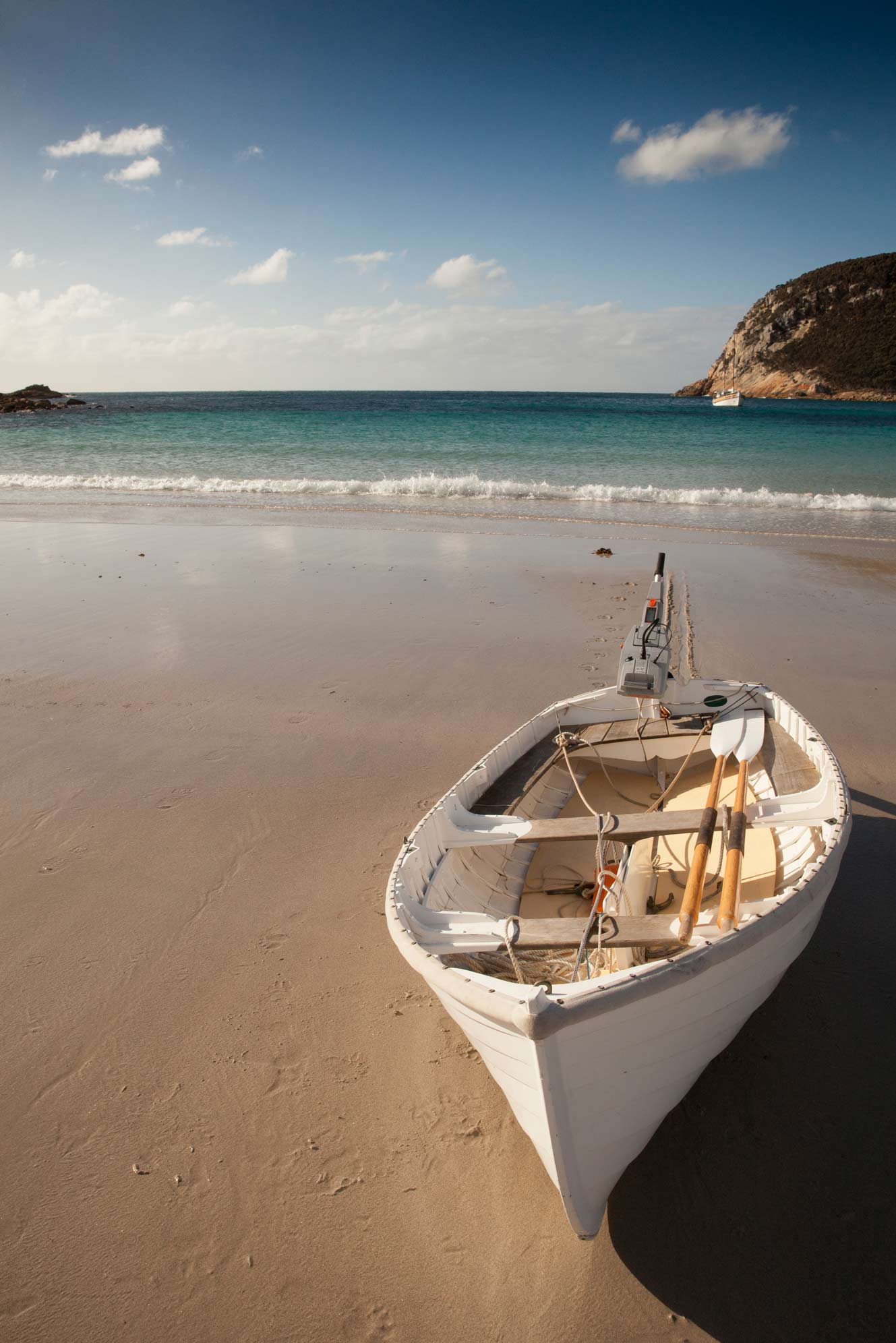
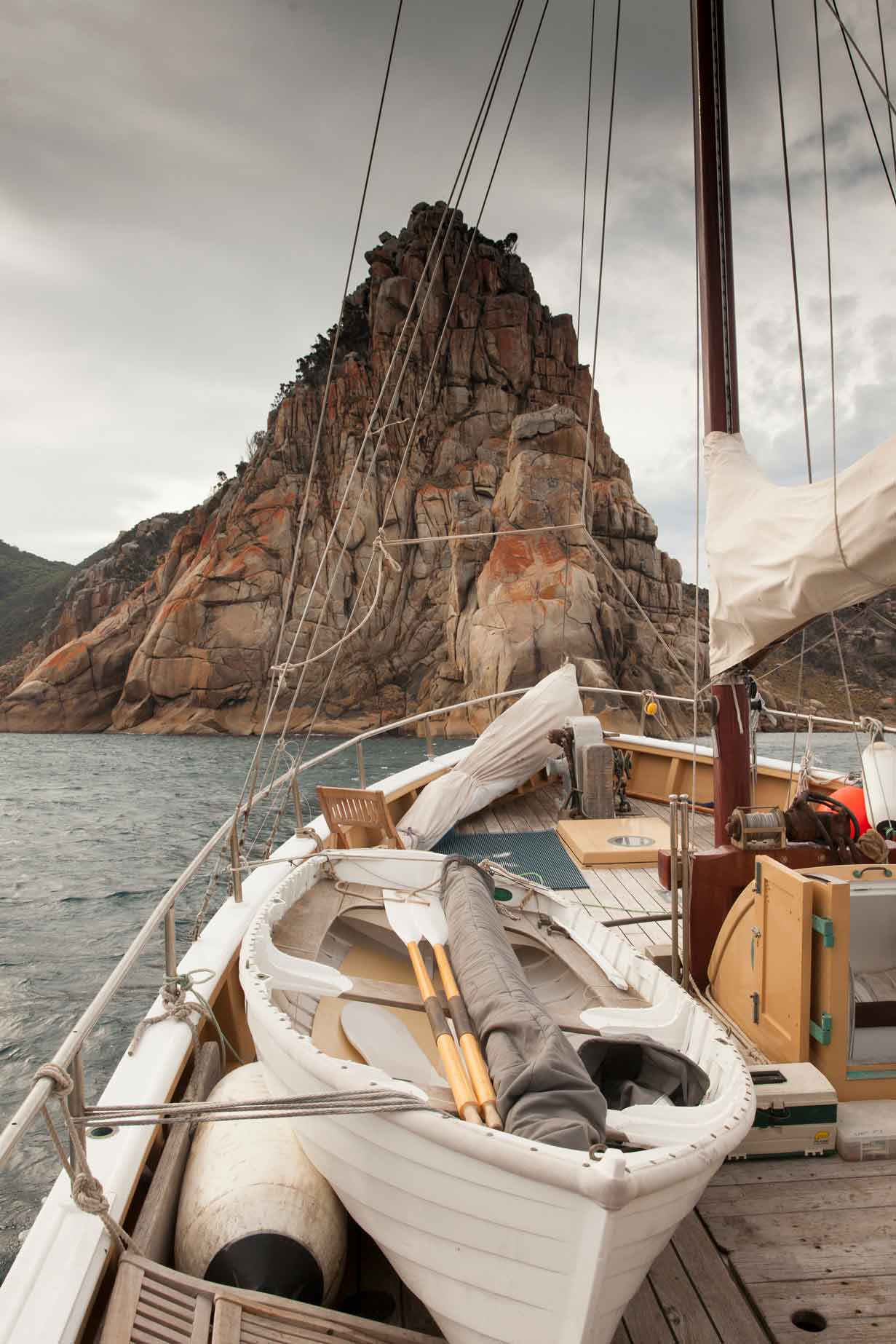
Specifications
Model 10'6"
Length 10’6”
Beam 4'11"
Sail Area 63 square feet
Power Torqeedo 1003 S/L Electric
Carrying Capacity 3-4 People
Length 10’6”
Beam 4'11"
Sail Area 63 square feet
Power Torqeedo 1003 S/L Electric
Carrying Capacity 3-4 People
Model 12'
Length 12’
Beam 5'
Sail Area 104 square feet
Power Torqeedo 1003 S/L Electric
Carrying Capacity 4-5 People
Length 12’
Beam 5'
Sail Area 104 square feet
Power Torqeedo 1003 S/L Electric
Carrying Capacity 4-5 People

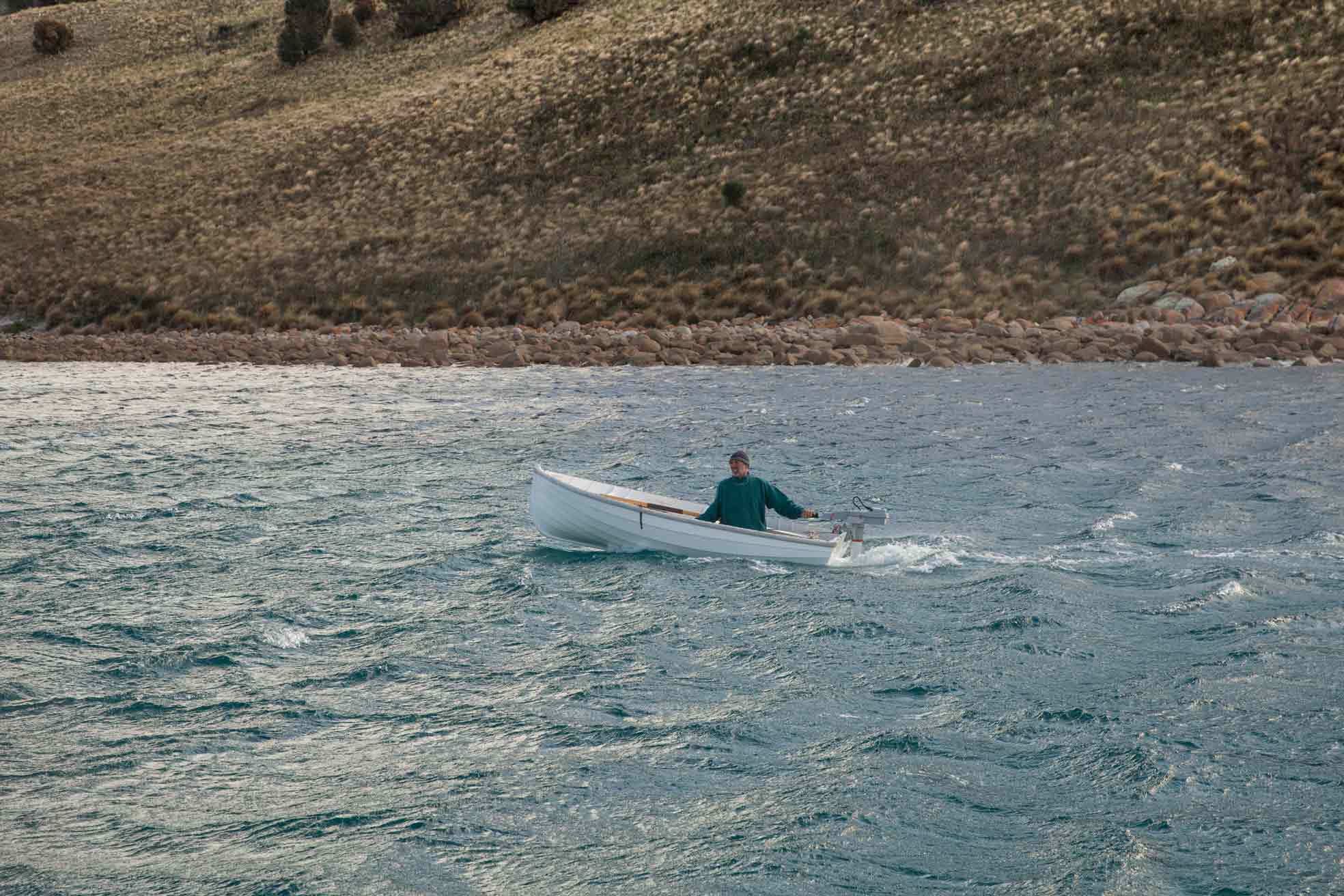
Design Features
︎ Traditional construction
Glued seams with copper fastenings and steam bent ribs.
︎ Low maintenance
Minimal upkeep due to epoxy two pack finish.
︎ Versatile design options
Possibility of two sizes, set-up with a sailing rig or without.
︎Easy to handle The swing centreboard and rudder ensure leaving and returning to the beach is hassle-free.
︎Safe
The classic well-balanced design means the dinghies are extremely stable and easy to manoeuvre in all manner of conditions. The ability to row with oars can also come in handy if the wind dies!
Glued seams with copper fastenings and steam bent ribs.
︎ Low maintenance
Minimal upkeep due to epoxy two pack finish.
︎ Versatile design options
Possibility of two sizes, set-up with a sailing rig or without.
︎Easy to handle The swing centreboard and rudder ensure leaving and returning to the beach is hassle-free.
︎Safe
The classic well-balanced design means the dinghies are extremely stable and easy to manoeuvre in all manner of conditions. The ability to row with oars can also come in handy if the wind dies!
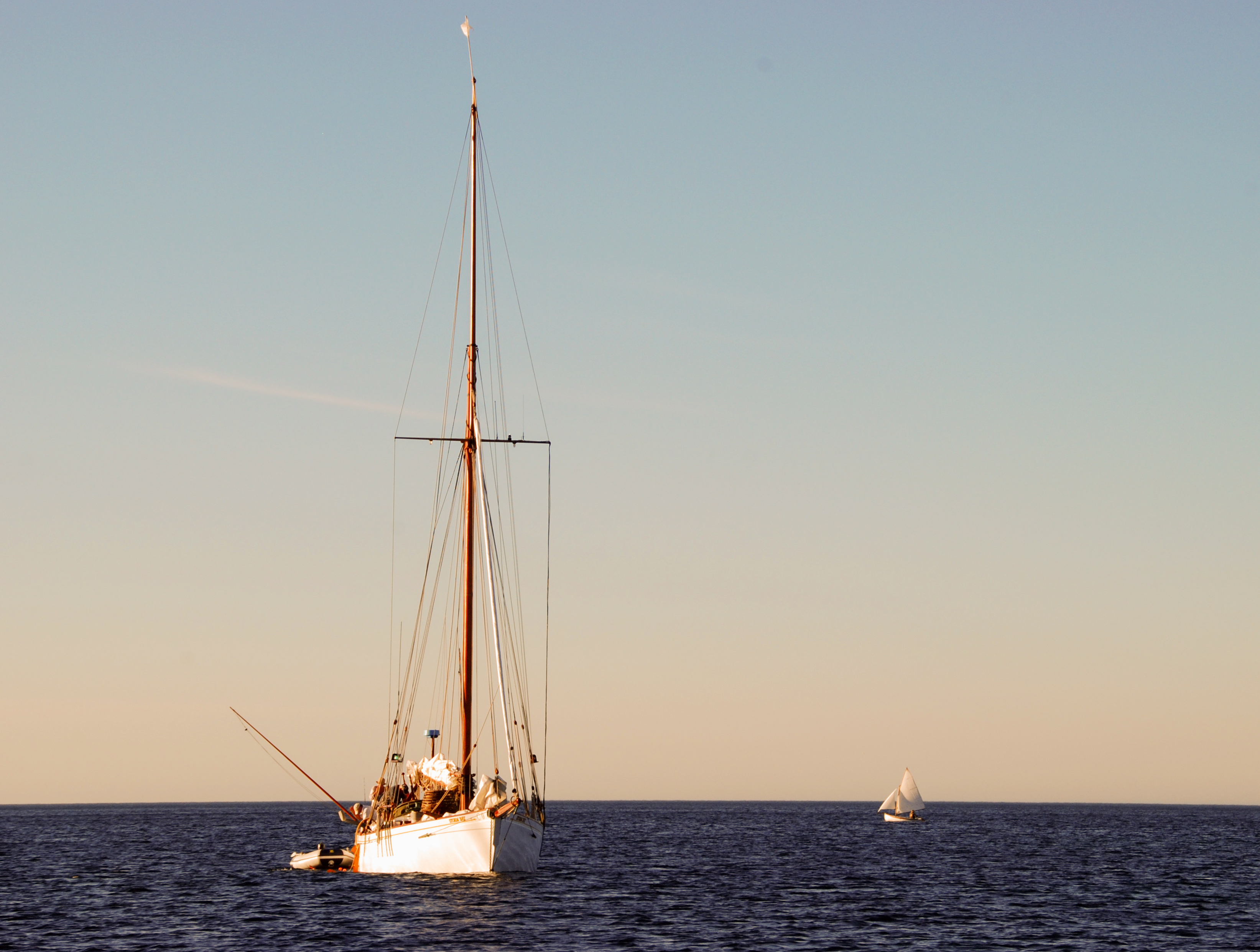

Heritage
In the days of fishing under sail a Clinker Dinghy was an essential work boat for most fisherman. Beautiful, functional dinghies were built for rowing, sailing, and carrying a large load. The cray fishing dinghies often carried as many as 8 or 9 large cray pots.
The tender to the Storm Bay was a 12’ dinghy, an extremely robust vessel to which many fishermen staked their livelihood on. She was fitted with a wet well that could keep up to five dozen mixed fish alive between “net-shots”.
Some Clinker Dinghies were fitted for sailing; lug rigged with centreboards through the wet wells. There was always a fine line between the size of the boat and what one person could row, or two people could haul aboard the fishing smack, often hurriedly, sometimes in very hazardous weather when time was essential to escape a lee shore under sail.
Our Clinker Dinghy design utilizes the foundation of the earlier work boats and optimizes them for performance and utility. When you purchase a dinghy from us you can be sure it will last for generations.
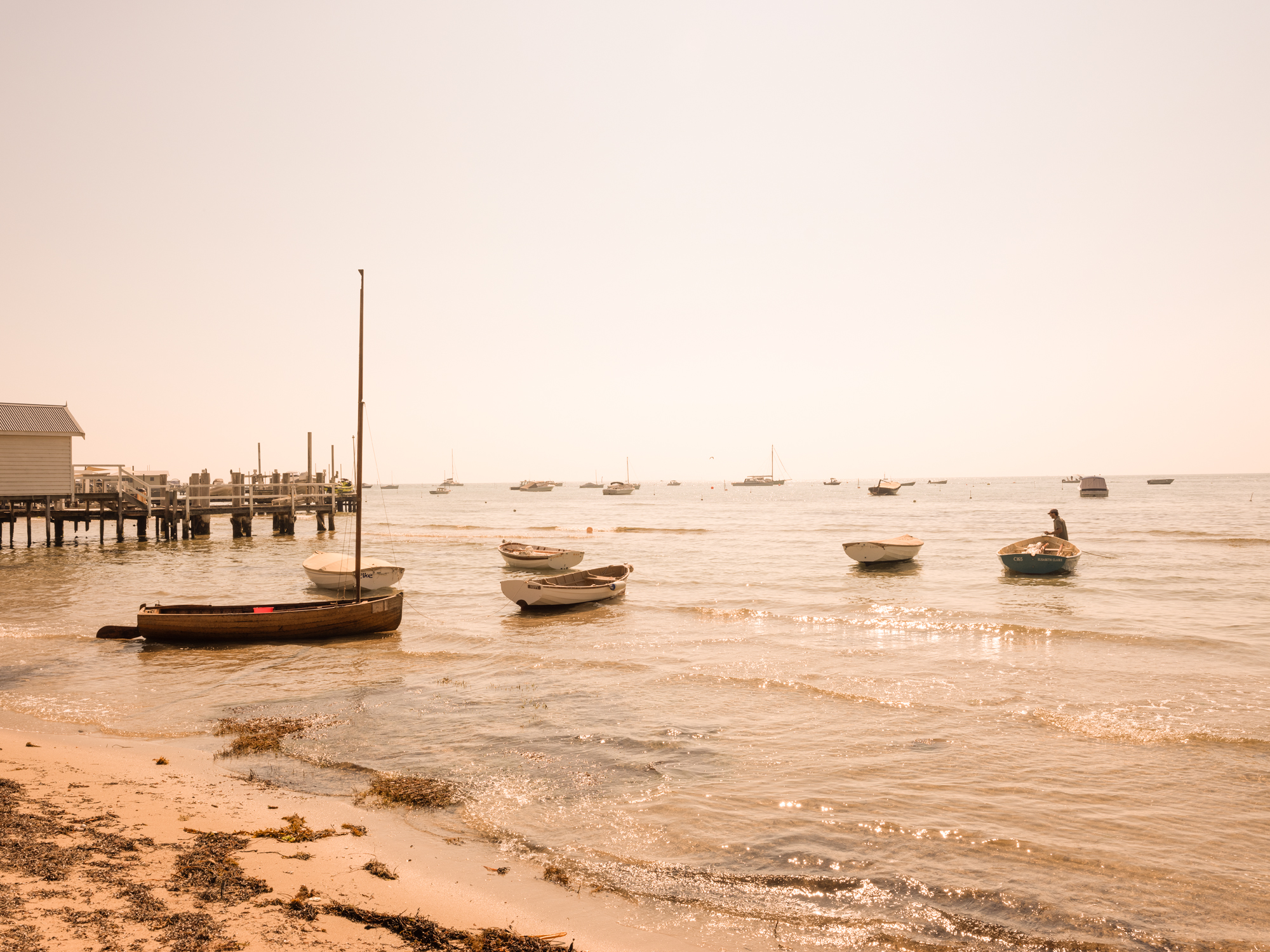

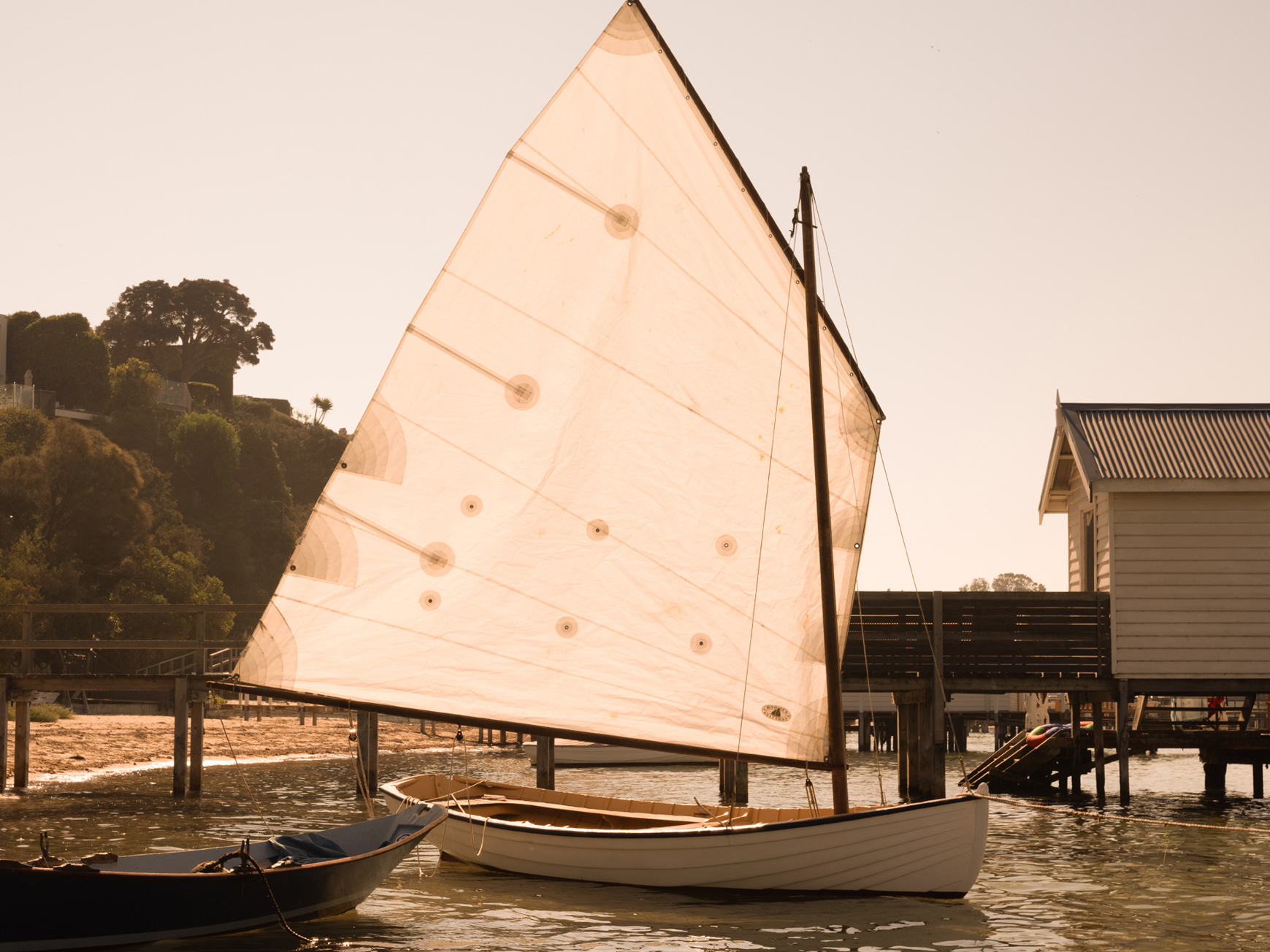
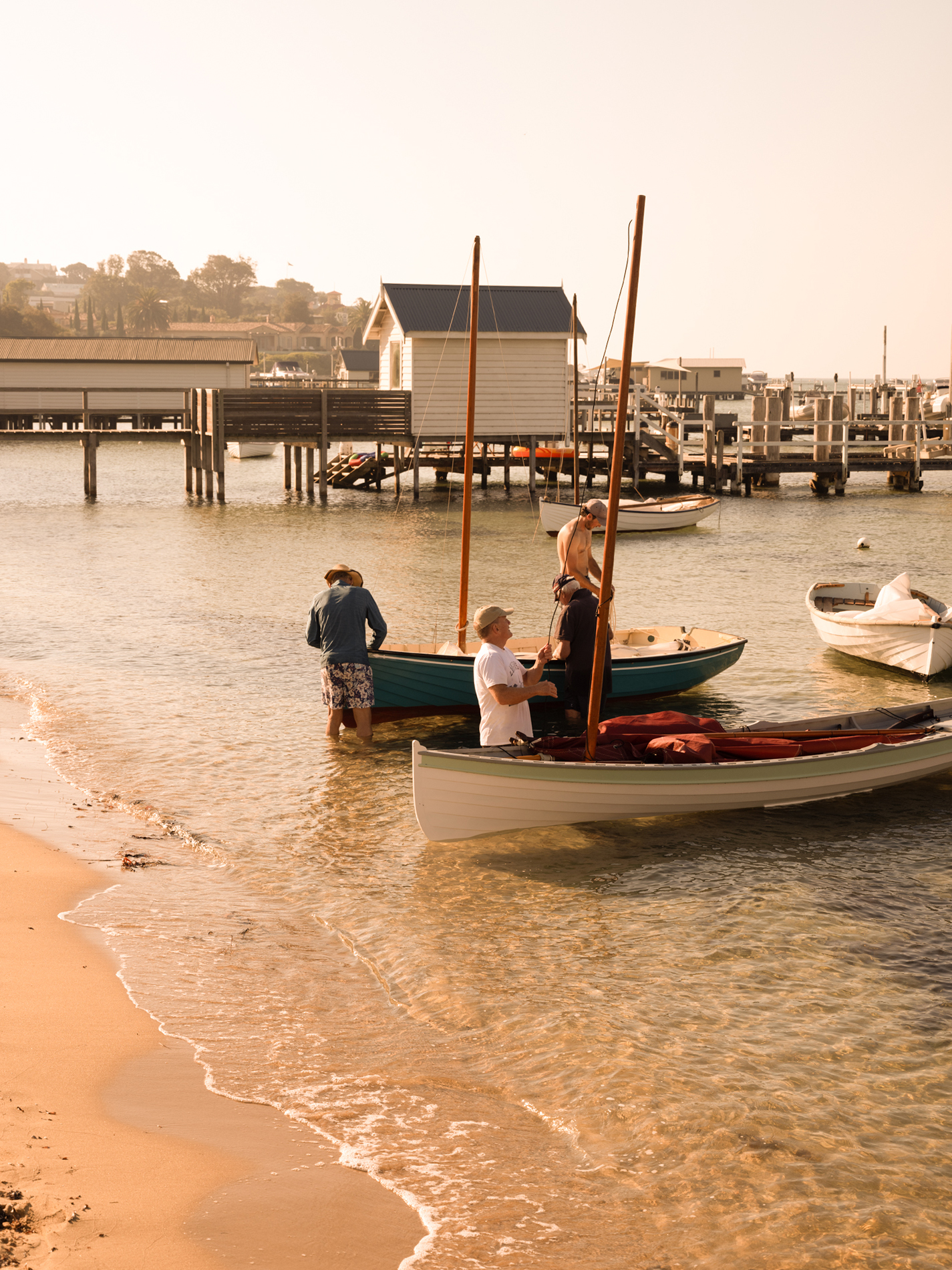
Testimonials
“Some of my fondest memories as a young kid was spending time learning to row and playing around in my uncles’ Clinker Dinghy. We used to use it as a way to get to sail training every day in the summer. I have always loved the look of The Wooden Boatshop Clinker Dinghies and admired how they can be so robust and used for so many different things. I am lucky enough to own one of The Wooden Boatshop Huon Pine dinghies. It is 14’ and has a standing lug rig.
I use my Dinghy a few times each week to go sailing and fishing after work in the warmer months. I enjoy the simplicity of the lug rig, with one halyard and the mainsheet, I can have it rigged on the mooring and sailing away in 7 minutes. Rowing or sculling my Dinghy when it’s calm is always fun and is a good form of exercise while enjoying time on the water.
Maintaining my Dinghy is a dream with the 2-pack paint and antifouling I can have it looking as good as new in a day or so. My friend Wayne Parr and I enjoy sailing our Dinghies in rough and windy weather, where we reef the sails down and head out in 25-30 knots and surf the Dinghies over the waves cracking 10 knots at times. I am looking forward to towing my Dinghy to the Lakes and Tasmania to go camping with friends as its fantastic carrying capacity means you can enjoy them with others.
Having done some cruising on Storm Bay and Jane Kerr I have used the Clinker Dinghies in a range of different conditions and environments where they constantly succeed. They are always the best tender and workboat. I love my Dinghy and will keep it forever as I feel they are a classic shape and a timeless boat for anyone who enjoys sailing or time on the water.”
CHRIS JOHNSON
Elisabeth Claire
“I have rowed the Storm’s Dinghy with heavy loads into contrary winds through long summer days and rarely became wearied of it. The Dinghy was in use for almost 40 years non-stop. When the family sold the Storm Bay in 1963, the Dinghy went with her.”
JIM BRIDGE
T/T Storm Bay
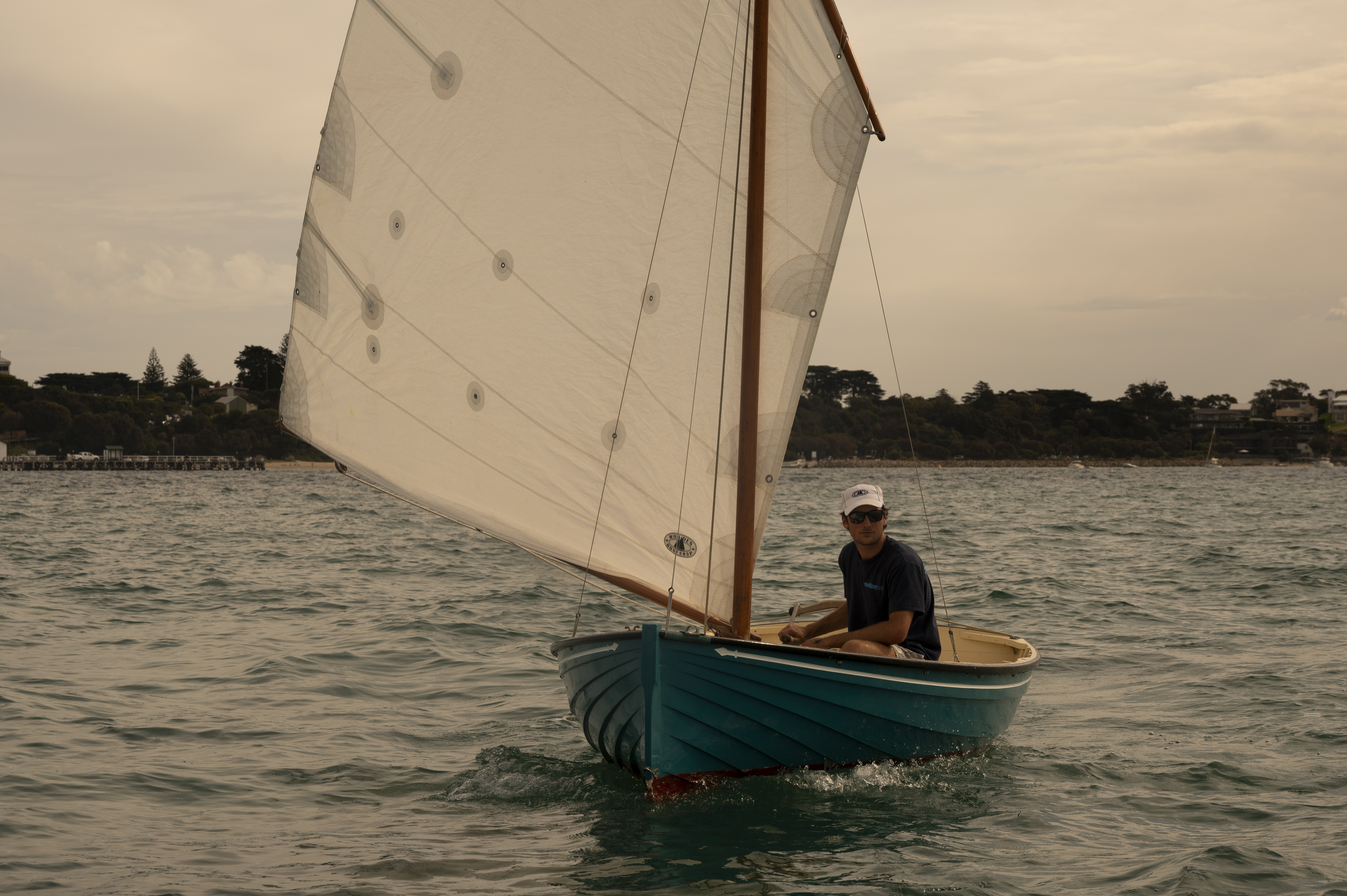
Wyuna Launch

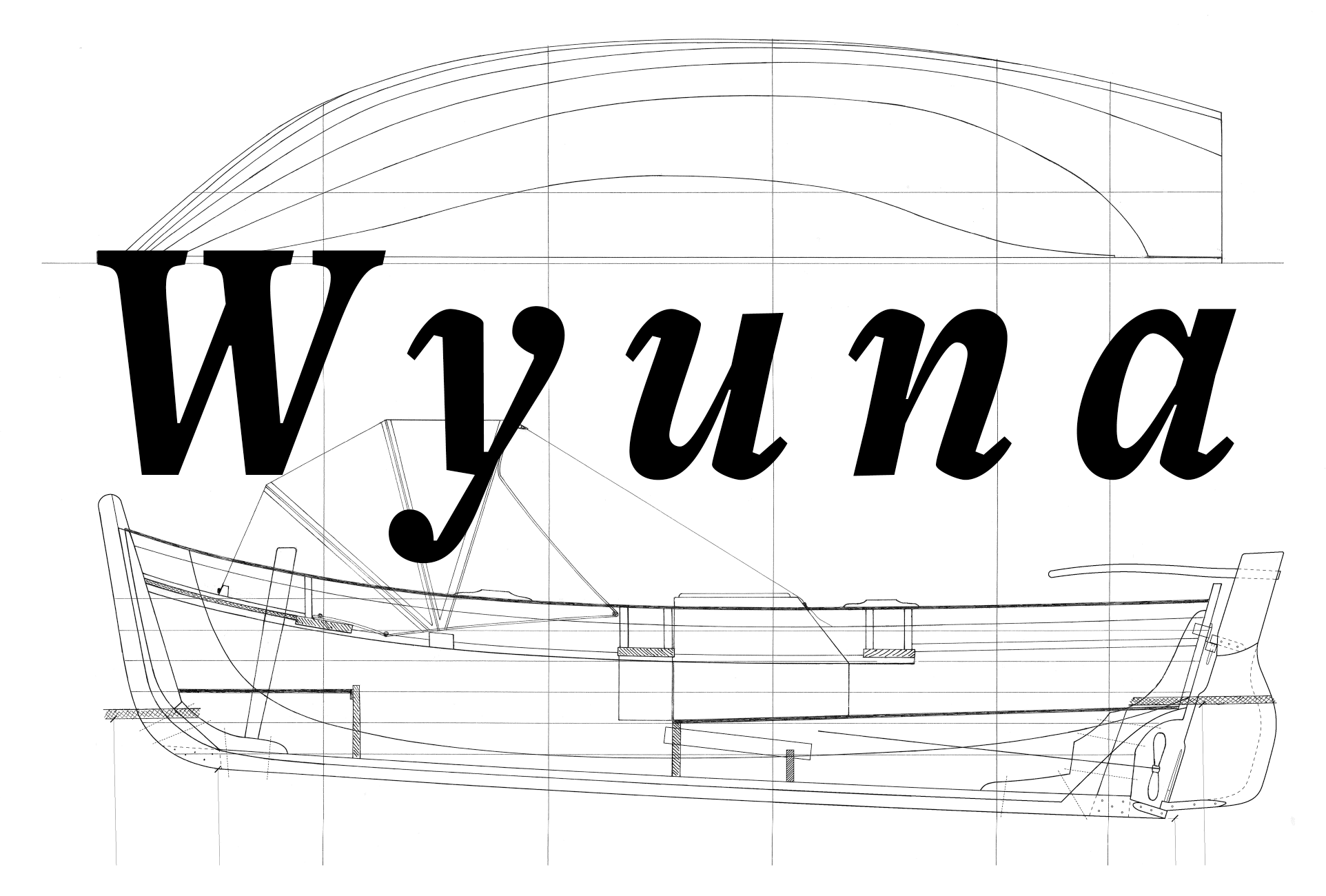
Overview
Our Wyuna Launch is designed for those who love to leisurely explore local coastlines, casually entertain friends, and spend afternoons fishing, swimming, and picnicking on the water. The Wyuna Launch is an extremely versatile clinker-style “putt-putt”. She is seaworthy and reliable and comes with comfort, style, and an illustrious history.
Exceptional working boat origins...
As with all the boats in our range, the Wyuna Launch has strong working origins. She was used through the 1900s to help ships navigate the treacherous body of water between Bass Strait and Port Phillip Bay, known as The Heads. The Wyuna is a boat of exceptional power and might, she is solid, spacious and extremely safe, and would suit anyone interested in a highly capable 18’ tender.


Specifications
Length 18'
Beam 7'3"
Draft 2'
Power Yanmar 3YM20 @ 3600 rpm
Cruising Speed 7 knots
Carrying Capacity 6 people
Beam 7'3"
Draft 2'
Power Yanmar 3YM20 @ 3600 rpm
Cruising Speed 7 knots
Carrying Capacity 6 people
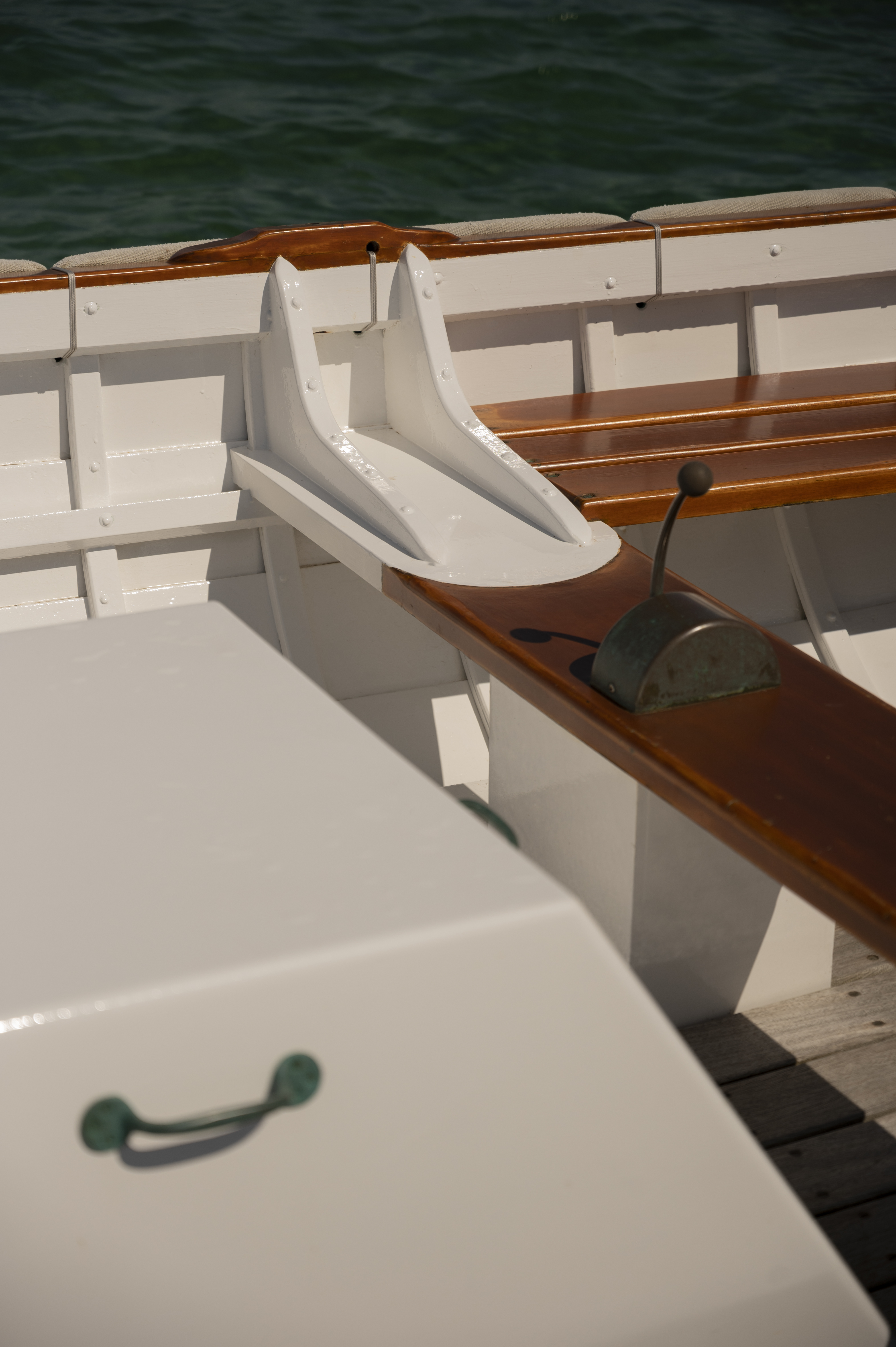
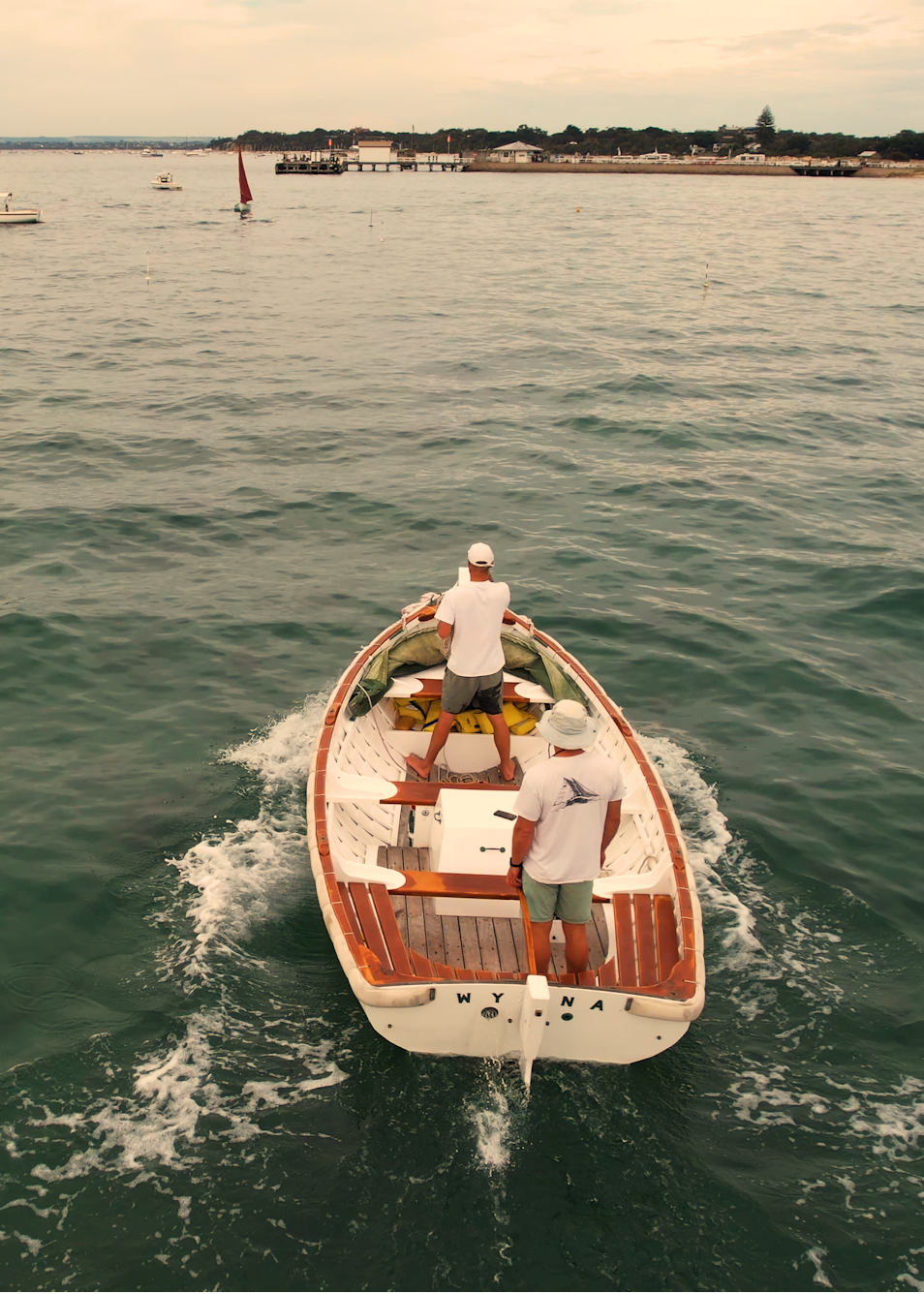
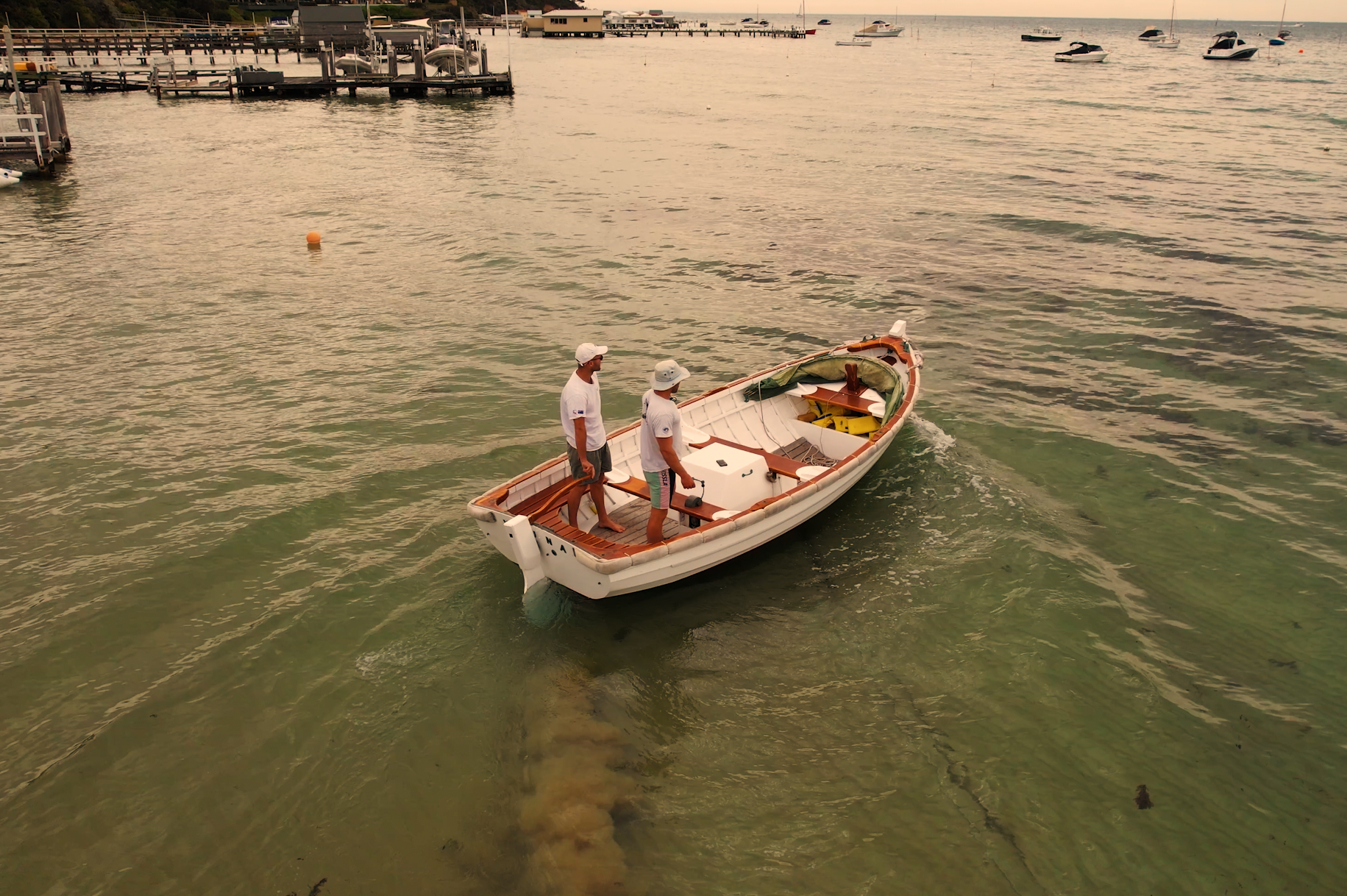
Design Features
︎ Classic
clinker construction
Steam bent ribs and grown knees highlight the Wynua Launch’s incredible, classic lines. She is a real beauty and turns heads wherever she goes.
︎ Spacious
Comfortable seating for up to 8-12 adults makes the Wyuna Launch an ideal tender and knockabout boat. Floorboards are optional and the decision to go without can drastically expand the surface area.
︎ Simple to use and extremely safe
Gear and throttle controls ensure she is highly manoeuvrable and easy to handle. Traditional soft fendering is practical around the marina or when alongside other vessels. The sturdy spray canvas dodger gives instant protection from the elements if required.
Steam bent ribs and grown knees highlight the Wynua Launch’s incredible, classic lines. She is a real beauty and turns heads wherever she goes.
︎ Spacious
Comfortable seating for up to 8-12 adults makes the Wyuna Launch an ideal tender and knockabout boat. Floorboards are optional and the decision to go without can drastically expand the surface area.
︎ Simple to use and extremely safe
Gear and throttle controls ensure she is highly manoeuvrable and easy to handle. Traditional soft fendering is practical around the marina or when alongside other vessels. The sturdy spray canvas dodger gives instant protection from the elements if required.
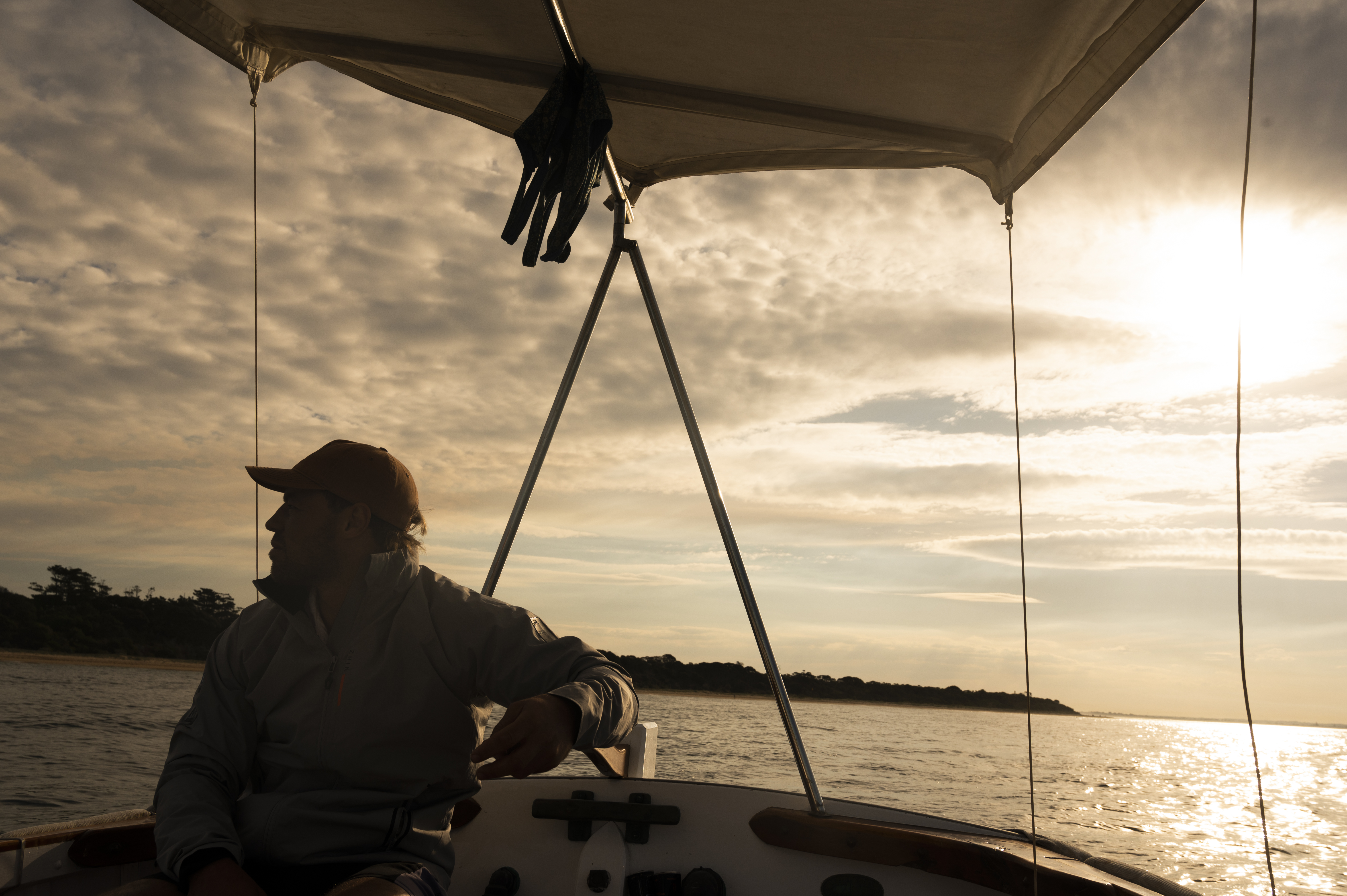
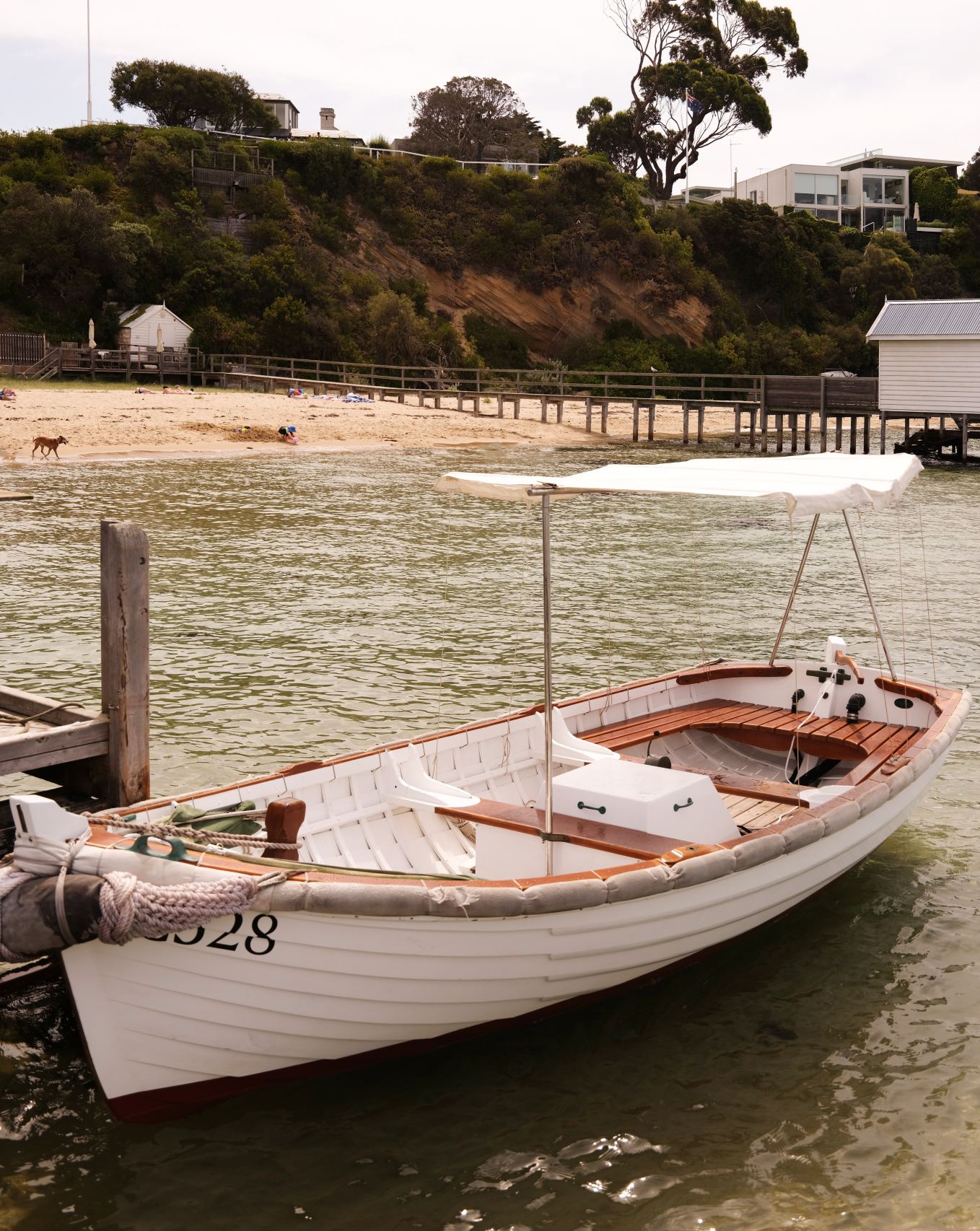
Heritage
A brief history of the Port Phillip Sea Pilots
The Port Phillip Heads (known colloquially as “The Heads”), is a slim, tidal passage of water connecting Port Phillip Bay to Bass Strait. With 1 nautical mile of possible thoroughfare, and an extremely uneven, rocky reef, navigating The Heads takes expert local knowledge.
The Wadawurrung People are the traditional custodians of The Heads. However, following colonisation and the expansion of Melbourne and Geelong as major cargo ports, The Port Phillip Sea Pilots was founded in 1839. Their mission was to ensure the safe passage of ships through The Heads. The original pilots camped on the beach at Queenscliff and were taken to and from ships by a 30’ whaleboat, apparently manned by convicts.

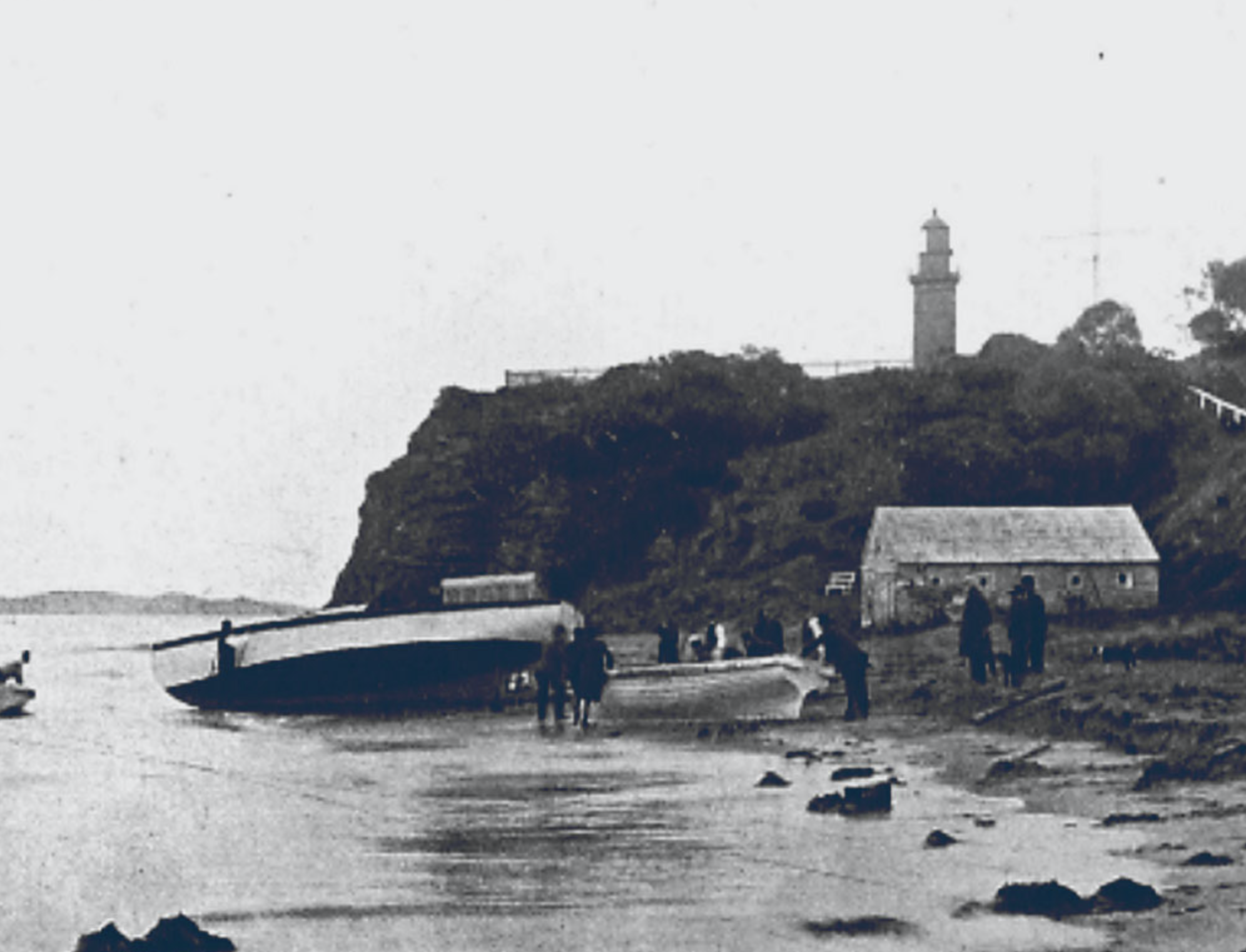
During
the early years of the pilot service many ships came to grief, ran aground, or
sank and the pilots were renowned for performing incredible feats of seamanship.
For example, when the Isabella Watson, an immigrant ship was
wrecked in 1852, George Tobin, the first registered pilot, famously swam
through the surf to fix a line to the ship. 50 passengers were saved that day,
though a further 9 drowned.
Following a succession of shipwrecks and the loss of many lives, it became apparent the Port Phillip Sea Pilots required a larger vessel. In 1953 Wyuna was constructed and she subsequently became a highly successful pilot boat, operating for over 3 decades in all manner of conditions, and often during the evening. Wyuna would lower down her tender and deliver pilots to the incoming ship, steering the often-tempestuous passage through The Heads.
Following a succession of shipwrecks and the loss of many lives, it became apparent the Port Phillip Sea Pilots required a larger vessel. In 1953 Wyuna was constructed and she subsequently became a highly successful pilot boat, operating for over 3 decades in all manner of conditions, and often during the evening. Wyuna would lower down her tender and deliver pilots to the incoming ship, steering the often-tempestuous passage through The Heads.

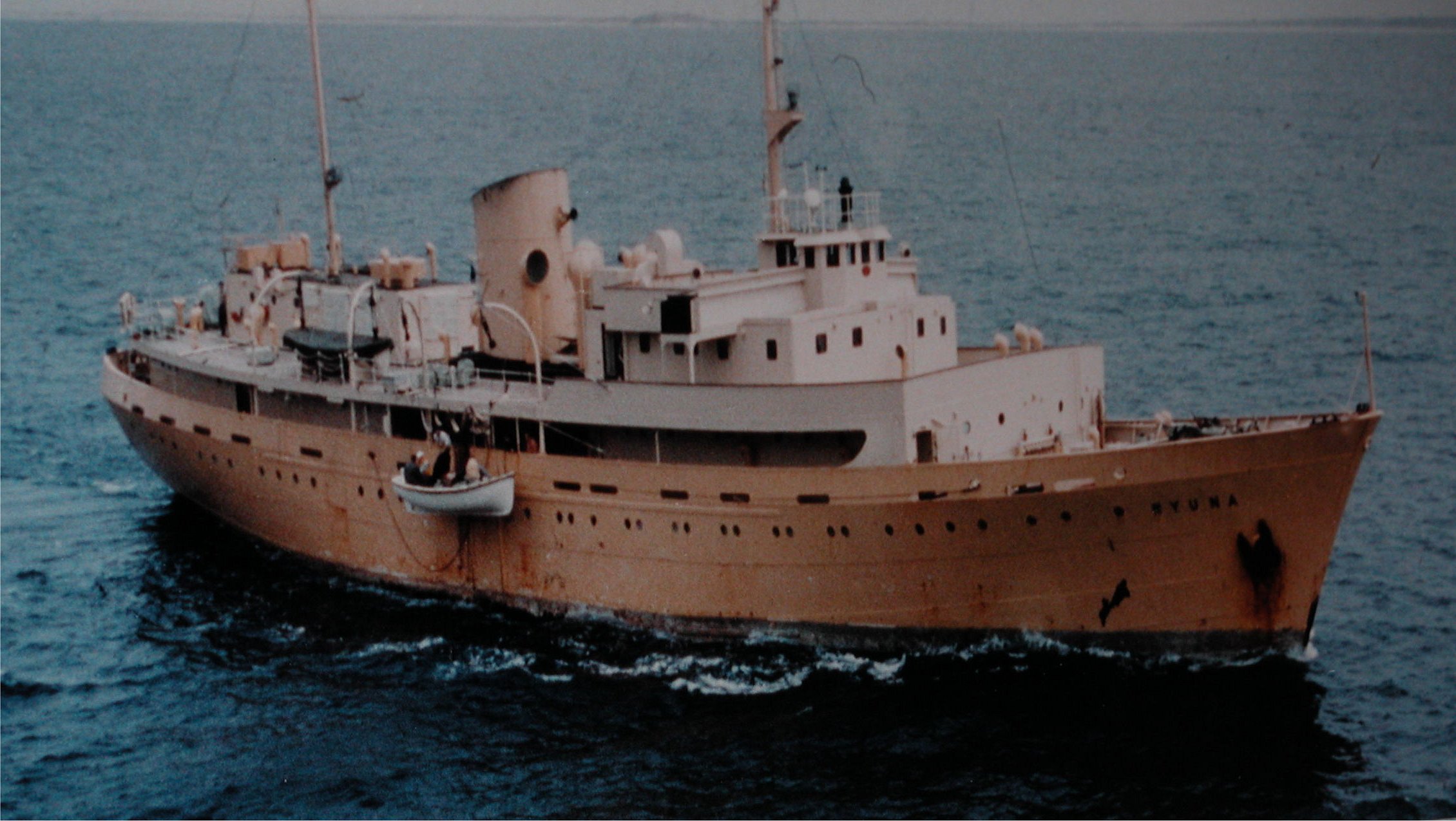
The
tender to the Wyuna – which came to be known as the Wyuna Launch – delivered hundreds of pilots to incoming and outgoing ships and garnered a
reputation as a robust and seaworthy work vessel. Of her duties Captain Robin Fisher reported:
“The pilots steered the [Wyuna Launch] alongside the ship so that it was beneath the ladder and the able-bodied seaman’s job was to hold the boat in position using the boat rope. The pilot had to wait for the right moment, being especially careful if the weather was bad and the ship was rolling, and then he climbed the ladder… Sometimes the ships did not stop completely and keeping the Wyuna Launch in position needed some delicate manoeuvring”.
Eventually
the Wyuna and her trusty Launch were replaced with the current 12-metre
fibreglass pilot launches. Though her legacy lives on, and we continue to
celebrate the tenacity and strength of the early Wyuna Launch.
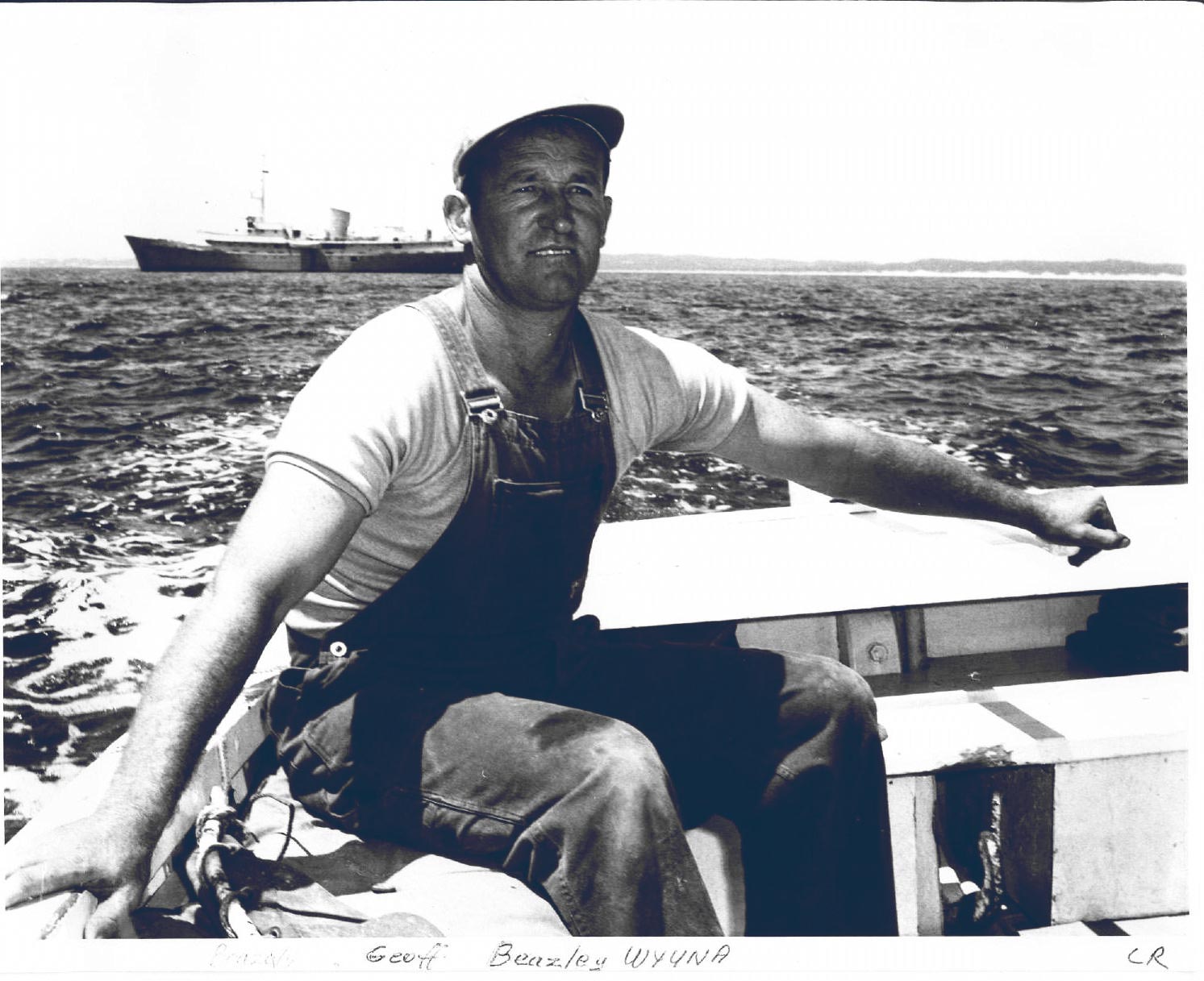
Testimonials
“I’ve used our Wyuna Launch for 10 years now in fair-weather and foul and can testify she is a magnificent vessel. She is a testament of over 100 years of design development for use in the Port Phillip Heads (The Rip) and beyond in Bass Strait. Many a Port Phillip Sea Pilot & his coxswain have trusted their lives to this little vessel to transfer to a ship to bring her safety through the notorious Heads entrance into Port Phillip Bay in atrocious weather.”
TIM PHILLIPS OAM
Director, The Wooden Boatshop
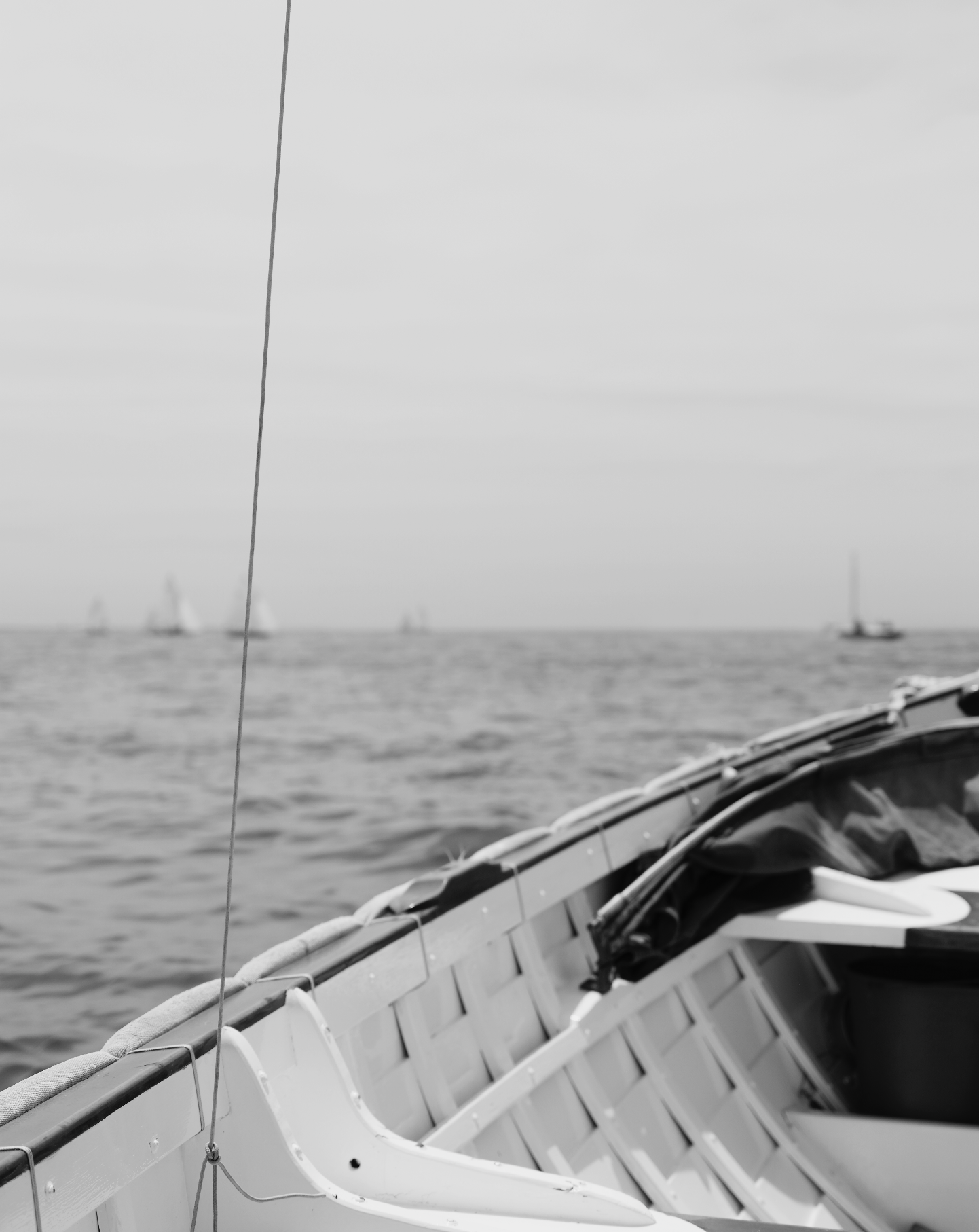
Couta Boat

Overview
An incredible story of revival and resilience...
The revival of the Couta Boat is one of the most widely regarded stories of maritime significance in Australia. From the 1880s through to the Second World War, the Couta Boat was a familiar sight on any horizon looking out to sea toward Bass Strait, or at any fishing port along the coast from Portsea through to Portland, in the southern state of Victoria.
The boats were named after the fish they spent their life chasing, the eponymous barracouta, and the most popular fish of the pre-war era. Couta Boats were built to be safe, fast, and seaworthy, and their fleet numbered the hundreds. The design and balance of the Couta Boat is classic and beautiful, with large canvas sails, a gaff rig, steam bent ribs and carvel planking. There is nothing quite like the grace and class of the Couta Boat.
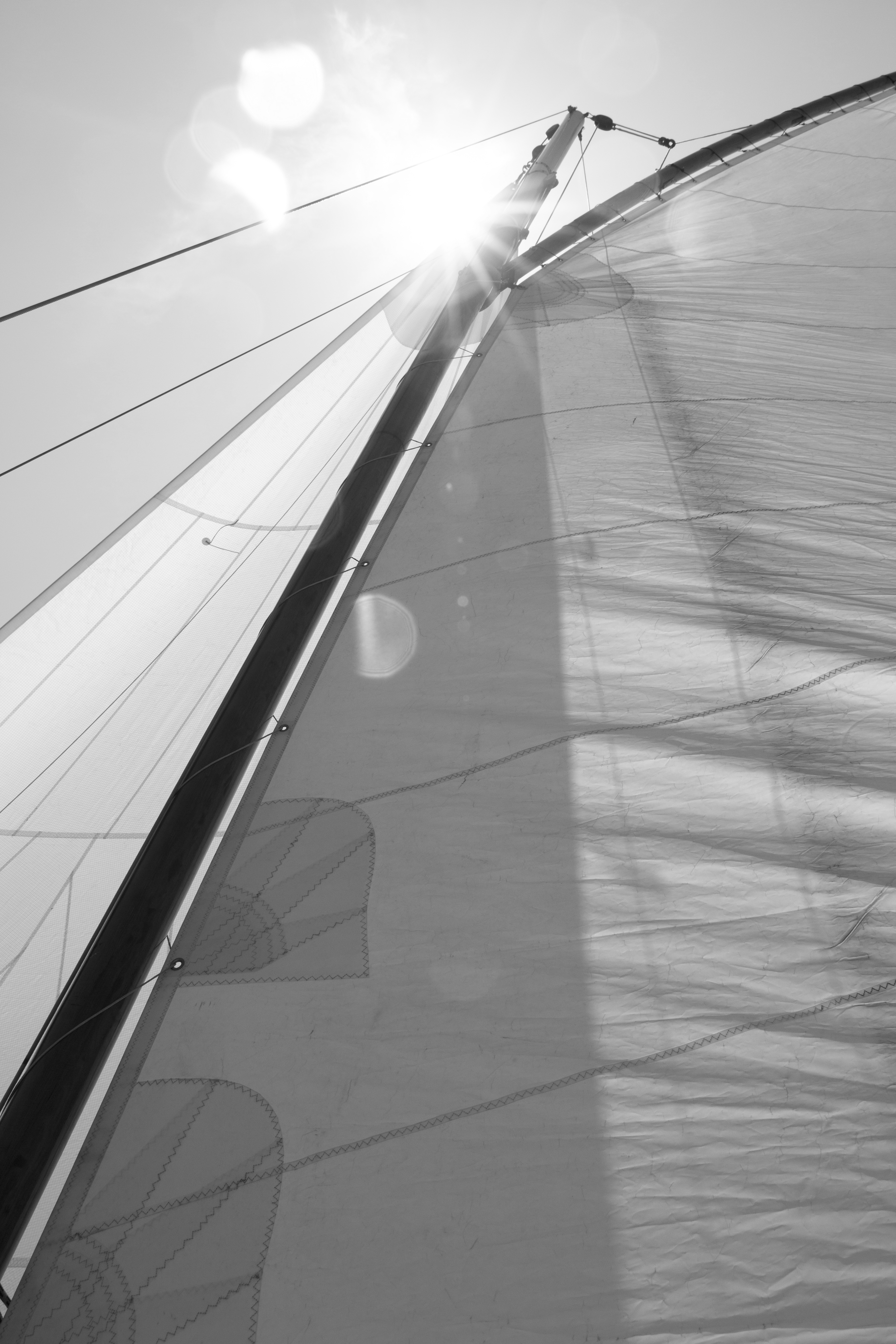
Passion, passion, and more passion!
So common are these boats now to the Southern Mornington Peninsula and Queenscliff through to Barwon Heads, it would be peculiar to imagine the coastline without their glimmering and graceful presence. However, due to the rising popularity of shark as an eating fish, and the modernisation of the fishing industry, by the 1980s the Couta Boats had all but disappeared from use.
Tim Phillips OAM – the founder of The Wooden Boatshop – is largely responsible for bringing about the revival of the Couta Boat fleet. In fact, the foundation of our current factory was for purpose-built Couta Boats. Along with Marcus Bourke, Will Baillieu and Peter Graham, Tim founded the Couta Boat Club, now incorporated with the Sorrento Sailing Couta Boat Club.
We’re the Couta Boat people
There is no doubt we are the leading experts of these iconic craft, and our specialist knowledge has been directly passed down by the original Couta Boat builders such as Ken Lacco and Jack Norling. Today, the Couta Boat fleet is extraordinarily robust and vibrant, with hundreds of Couta Boats racing out of Sorrento during the peak summer months. The Wooden Boatshop continues to be responsible for the restoration, maintenance, and construction of the Couta Boat fleet, and we thrill in contributing to maritime culture and the history of sailing in Australia.
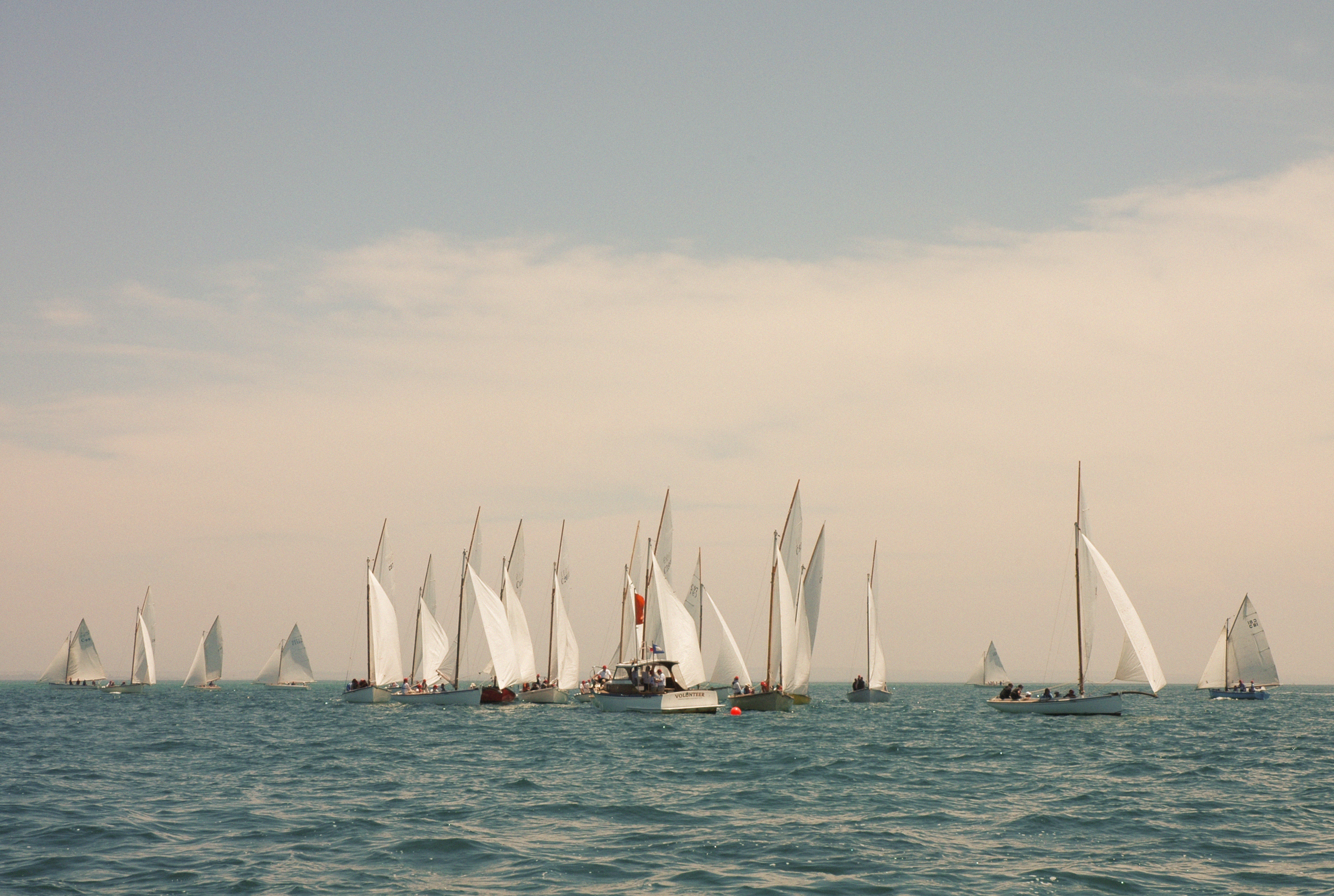
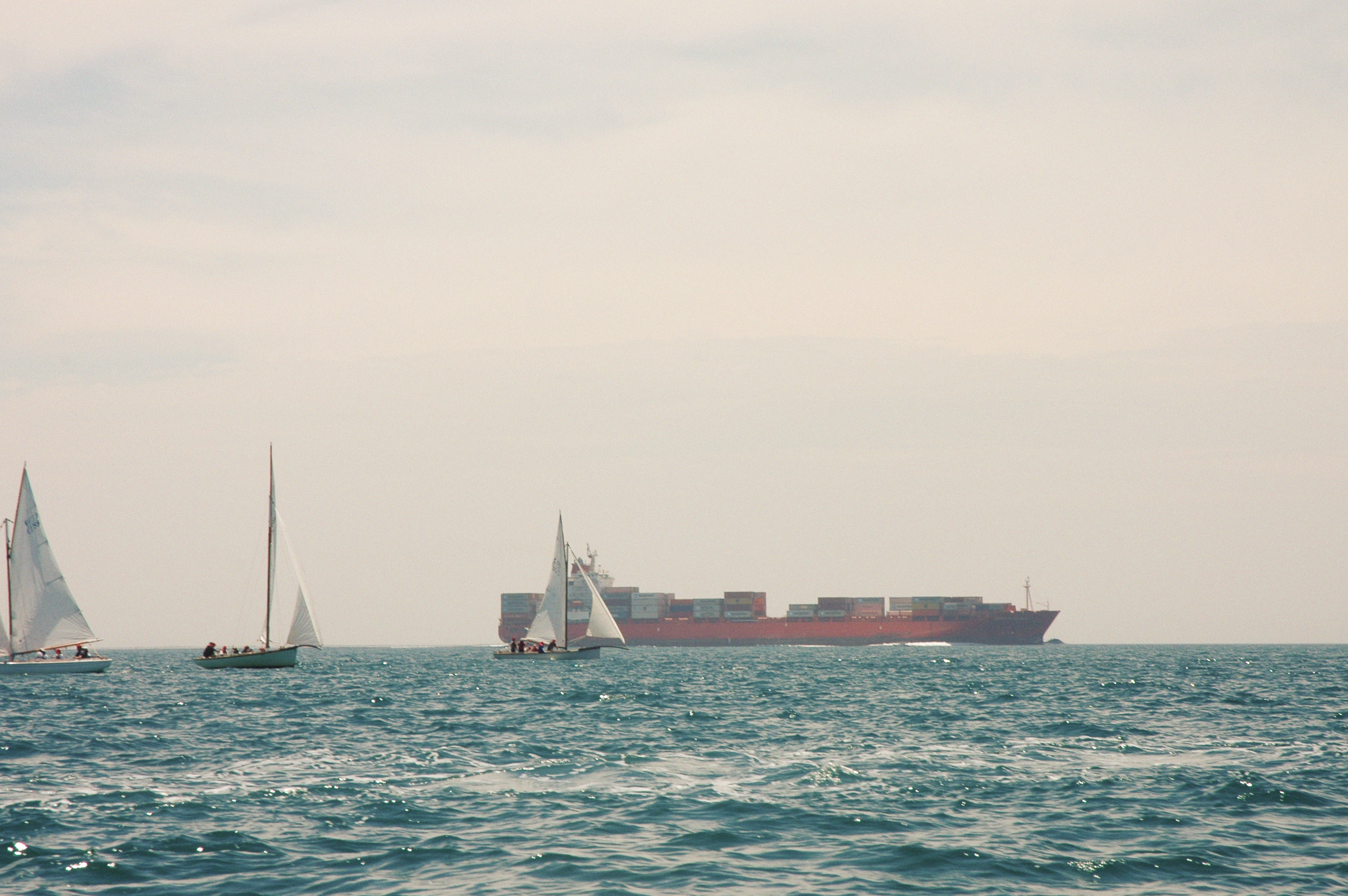
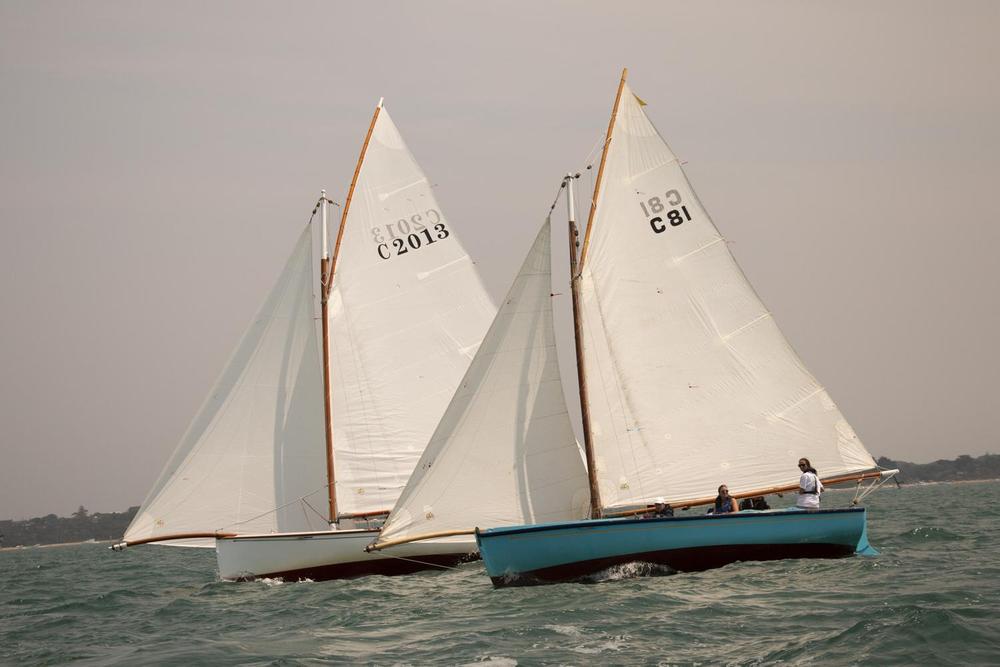
Specifications
Length 26’6"
Beam 10’
Draft 3’3”
Power Yanmar 3YM20
Sail Area 600 square feet
Beam 10’
Draft 3’3”
Power Yanmar 3YM20
Sail Area 600 square feet
Design Features
︎ Classic and traditional construction
Our construction technique has been passed down from the original Couta Boat builders such as Jack Norling, Harry Clake, Peter Locke and Ken Lacco. Sailing a Couta is like experiencing history in motion, there’s nothing else like it!
︎ Extremely seaworthy The Couta Boat, having fished the somewhat perilous Bass Strait coastline for many decades, is designed as an exceptionally seaworthy and safe boat. Engines were a later addition, and the boats handle beautifully under sail and have an outstanding sense of balance.
︎ Spacious Designed to carry massive loads of fish, the hull has incredible depth and volume. In particular, the Couta Boat is great for young kids, with the high deck creating a safe and comfortable area to move about.
Our construction technique has been passed down from the original Couta Boat builders such as Jack Norling, Harry Clake, Peter Locke and Ken Lacco. Sailing a Couta is like experiencing history in motion, there’s nothing else like it!
︎ Extremely seaworthy The Couta Boat, having fished the somewhat perilous Bass Strait coastline for many decades, is designed as an exceptionally seaworthy and safe boat. Engines were a later addition, and the boats handle beautifully under sail and have an outstanding sense of balance.
︎ Spacious Designed to carry massive loads of fish, the hull has incredible depth and volume. In particular, the Couta Boat is great for young kids, with the high deck creating a safe and comfortable area to move about.
Heritage
A Couta coast
“I have seldom seen a more fearful section of coastline” wrote Matthew Flinders of the southern Victorian coast. The early custodians of the land, the Gunditjmara, Giraiwurung, Gadubanud and Boonwurrung people had lived in the region for thousands of years, and it would soon come to be an integral fishing hub for the new colonies.

It started with a fish…
There are several coinciding events which led to the rise of the Couta Boat as we know it now. First and foremost was the popularity of Barracouta as an eating fish, and its availability in the waters along the Bass Strait coastline. Also pertinent was the steam train and the extension of the rail network through regional Victoria, which meant that fish could arrive freshly caught at the early morning market in Melbourne.

The evolution of a fishing boat
While fishing boats of various types had existed around Victoria from the early days of the whaling stations, it wasn’t until the late 1870s that we saw a flurry of development around the Couta Boat. Roughly speaking, a Couta Boat is between 20 to 30 foot in length, with a full deck forward of the mast and narrow decks down either side and across the stern. The boats have a deep draft and are fitted with a pivoting centreplate.
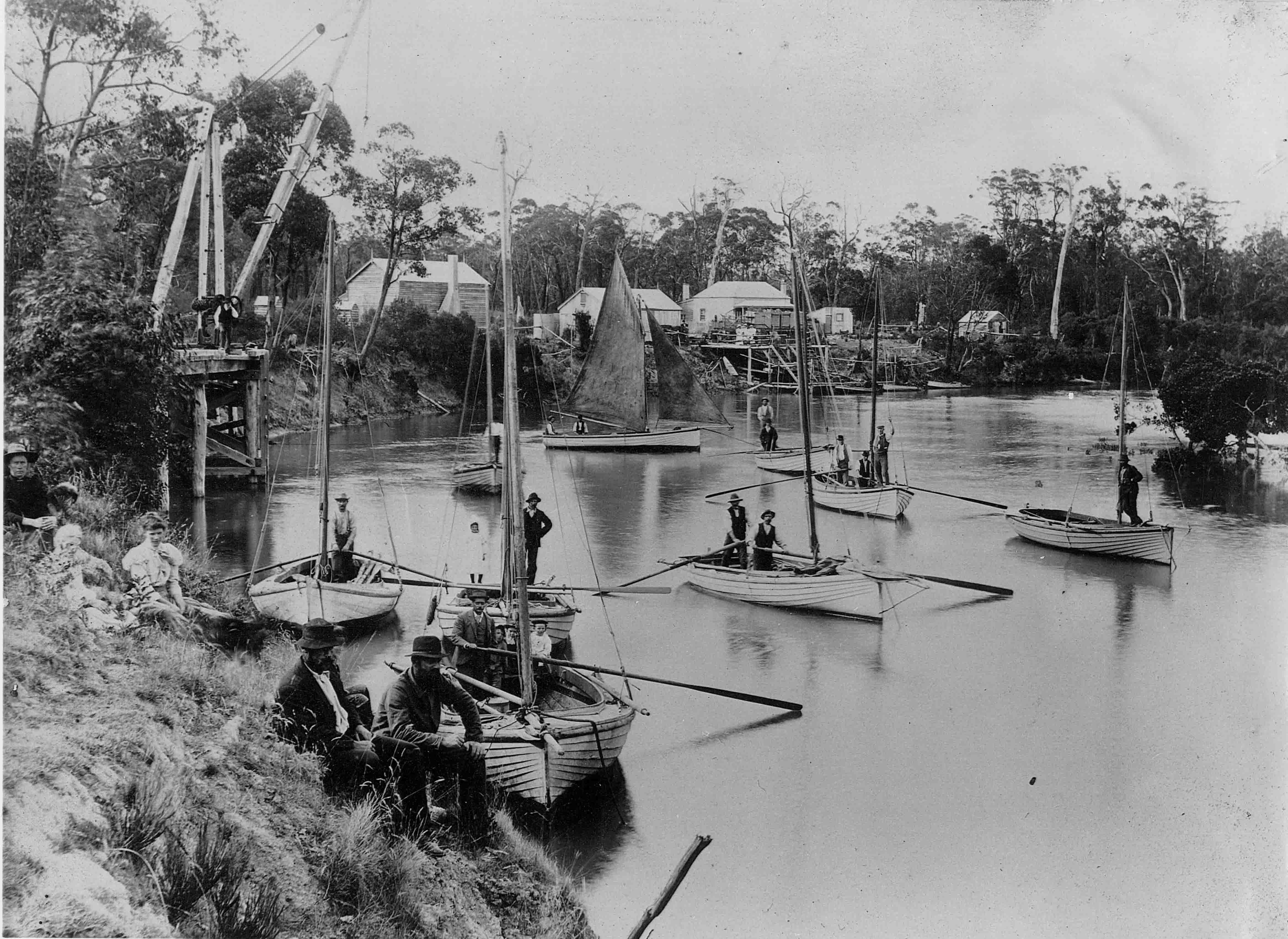

The early Coutas were clinker
planked, lug rigged and obviously didn’t have engines. The development of the
Couta Boat largely hinged on its utilitarian use and the requests fishermen put
in when they were commissioning a build. Not only did the boats need to be
strong and extremely seaworthy, but the fishermen also wanted them to be fast,
too.
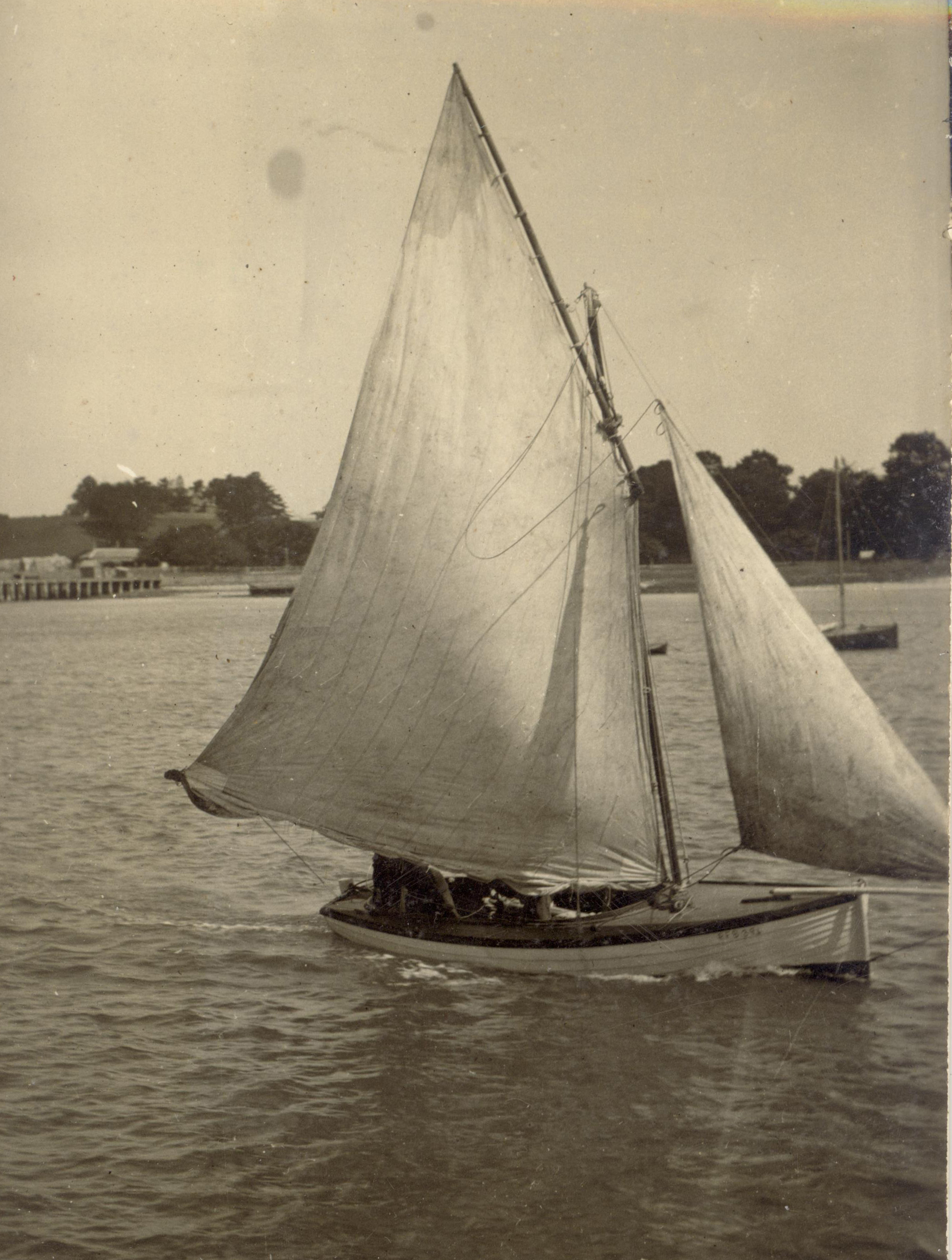
A
visionary boatbuilder
In the early 1900s Mitch Lacco emerged as a visionary boatbuilder, making any number of innovative changes. He was described by many as an utterly original fisherman, sailmaker and boatbuilder. There is no doubt he used his knowledge to make his builds more efficient and to move the Couta Boat class forward in all aspects of its development. According to accounts he was the first to introduce the gunter rig, ensuring that the Coutas could sail closer to the wind.
Mitch Lacco worked out of a factory in Queenscliff, though in 1927 he went broke due to mismanagement, and moved his family and boat building operation to Rosebud. Before long, his children became involved in the family business, with Alec and Ken Lacco learning the craft from their father. In these years the Couta Boat fleet was booming, and there were hundreds of boats populating ports all along the Bass Strait coastline. The demand for Couta Boats was such that the boatbuilders could not keep up with the orders, and this was sustained all the way through to the Second World War.
In the early 1900s Mitch Lacco emerged as a visionary boatbuilder, making any number of innovative changes. He was described by many as an utterly original fisherman, sailmaker and boatbuilder. There is no doubt he used his knowledge to make his builds more efficient and to move the Couta Boat class forward in all aspects of its development. According to accounts he was the first to introduce the gunter rig, ensuring that the Coutas could sail closer to the wind.
Mitch Lacco worked out of a factory in Queenscliff, though in 1927 he went broke due to mismanagement, and moved his family and boat building operation to Rosebud. Before long, his children became involved in the family business, with Alec and Ken Lacco learning the craft from their father. In these years the Couta Boat fleet was booming, and there were hundreds of boats populating ports all along the Bass Strait coastline. The demand for Couta Boats was such that the boatbuilders could not keep up with the orders, and this was sustained all the way through to the Second World War.
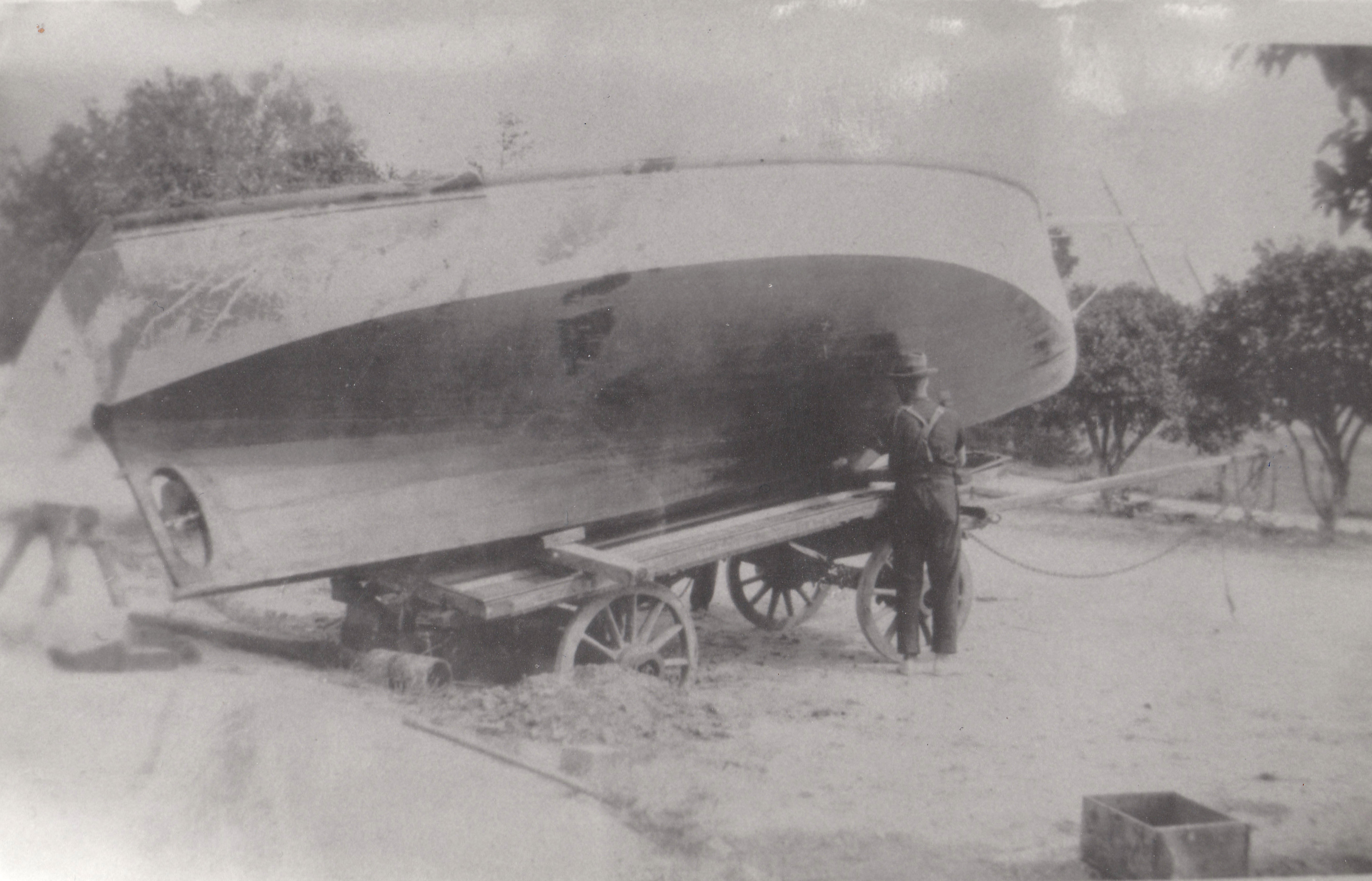
The fishermen and their craft
The Couta Boat fishermen were a resilient and competitive bunch. The early ones set out fishing without maps, charting the perilous and reef-lined coastline via word of mouth. They were master seamen, and would head out before dawn, return to port by the mid-morning to sell their catch, and head out again in the afternoon for another round. The weather on the south coast can be grim, especially during the winter months, but the fishermen worked around the clock.
Fast boats racing
When quotas were introduced, the fishing became even more competitive, with those first home able to fetch the best wharf position, and the best price for their catch. They would race each other under sail, and it’s no wonder that many of the fishermen were also excellent competitive sailors. In fact, some would compete in regattas around Port Phillip Bay, and were eventually banned from at least one yacht club on the grounds that they were “professionals”. The weekend yachtsmen did not approve of the fishermen winning the cash prizes of their regattas. Nevertheless, the fishermen continued to hold their own Couta Boat races, which would draw huge crowds and be the object of much anticipation from local communities.

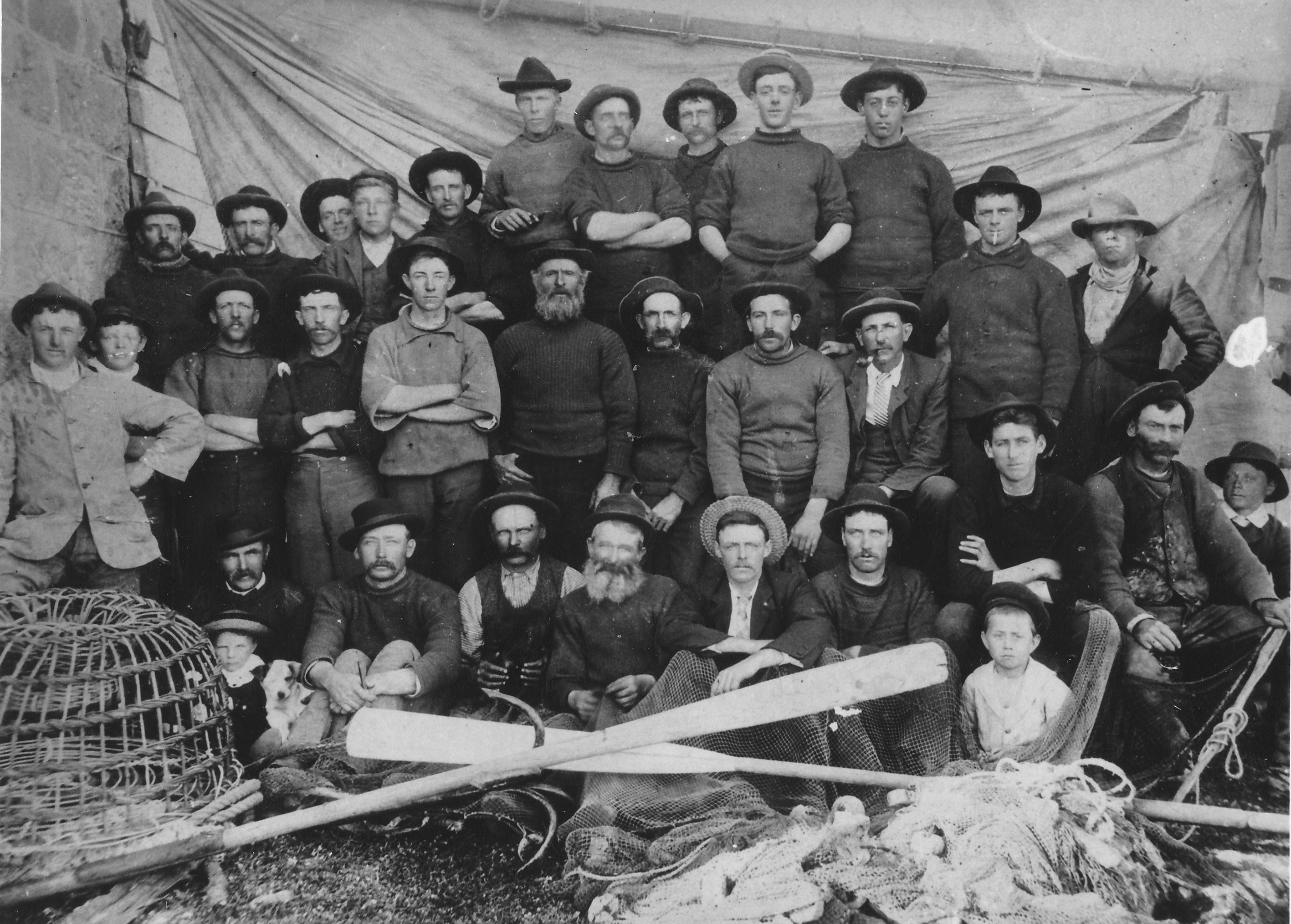
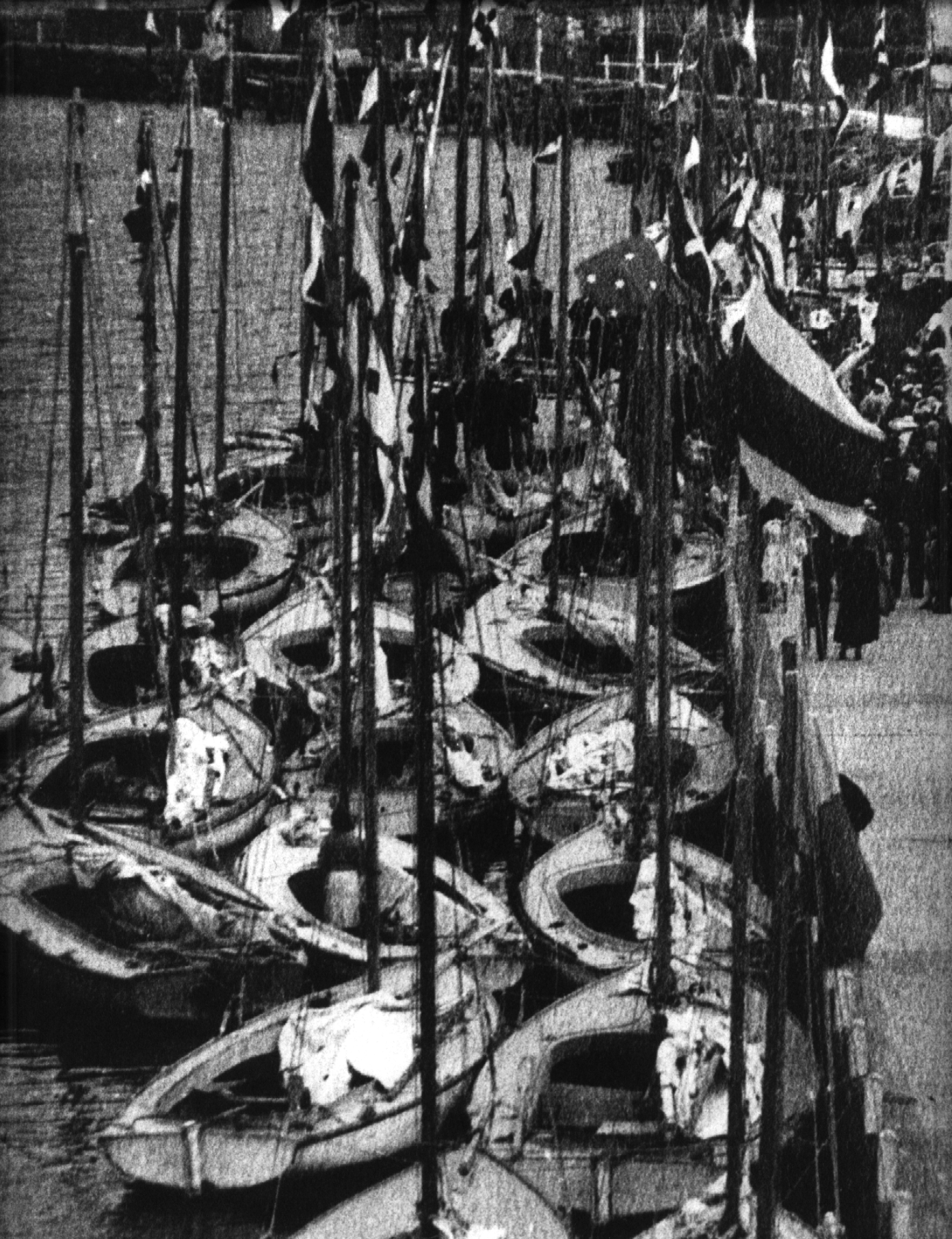
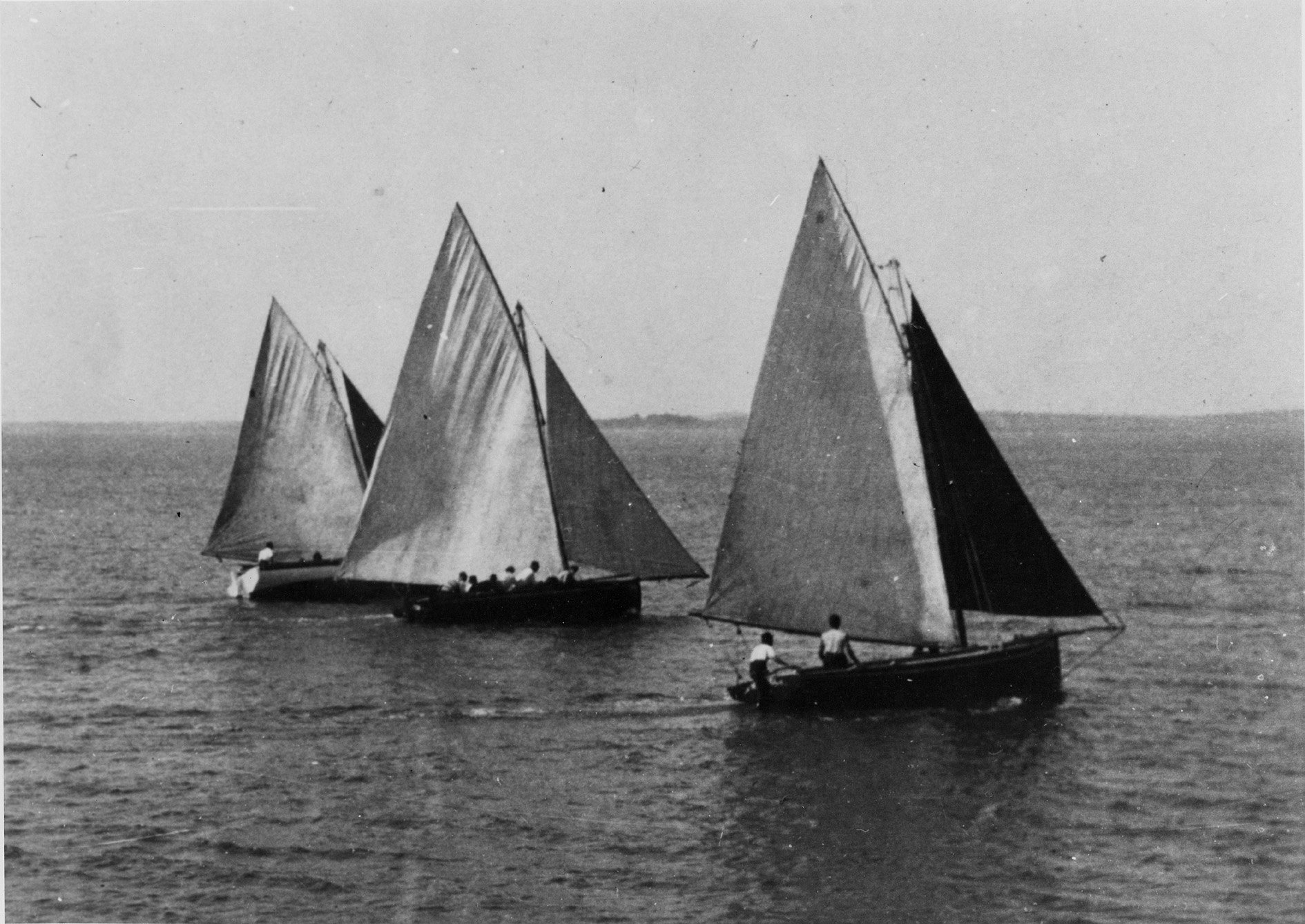
The
boom years come to an end
The boom years did not last, and the subsequent downfall of the Couta Boat occurred in the years following the Second World War. Barracouta had become increasingly scarce due to overfishing, and gummy shark – commonly known as flake – eventually became a more popular eating fish. Likewise, sail gradually gave way to engine power, and there was no longer a demand among fishermen for a Couta Boat. Most new boats at this stage were 32’ multi-purpose vessels, outfitted with wet wells and intended for offshore, deep-sea fishing.
The boom years did not last, and the subsequent downfall of the Couta Boat occurred in the years following the Second World War. Barracouta had become increasingly scarce due to overfishing, and gummy shark – commonly known as flake – eventually became a more popular eating fish. Likewise, sail gradually gave way to engine power, and there was no longer a demand among fishermen for a Couta Boat. Most new boats at this stage were 32’ multi-purpose vessels, outfitted with wet wells and intended for offshore, deep-sea fishing.
The Couta Boat – Return of a classic, documentary by Garry Kerr
An extraordinary revival
Fast forward 40 or so years and the once thriving Couta Boat had all but disappeared from the southern Victorian coastline. There were once hundreds of Coutas setting sail at dawn to search for their catch, the horizon littered with cream sails. Though now the legend of the Couta Boat sat firmly with the ageing individuals – fishermen, boat builders – who’d been part of the unique boating culture of the past.
The story of the Couta Boat revival has been mythologized into our psyche; such is the romance it conjures. However, its success rests solely on the shoulders of a few men who couldn’t contain their passion and enthusiasm for this beautiful craft. Among them, Tim Phillips OAM, the founder and director of The Wooden Boatshop, played a pivotal role.
The racing lives on!
The Gaff Rig Cup – an early iteration of The Portsea Cup – was integral in solidifying the Couta Boat Club (now known as the Couta Boat Association). Run out of Portsea, the Gaff Rig Cup had boats racing from their moorings, out around the Sorrento Channel, and back into Portsea Pier.
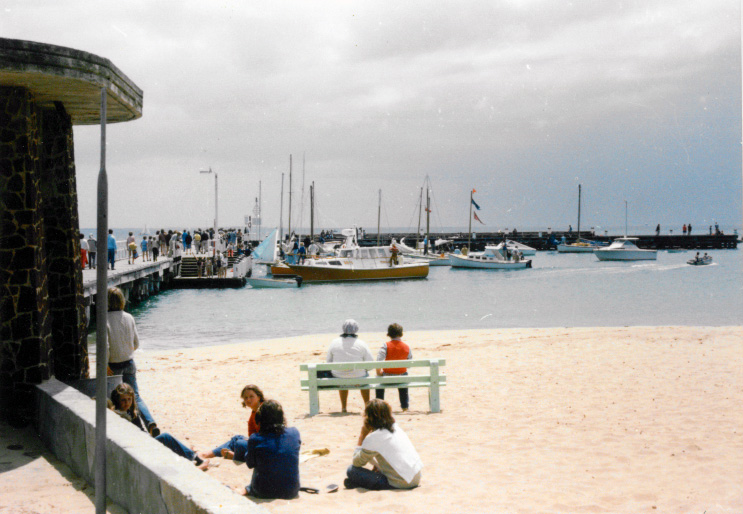

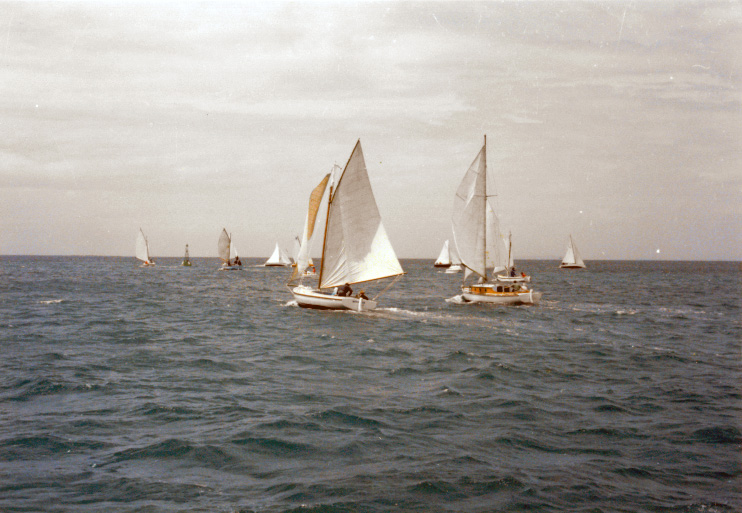
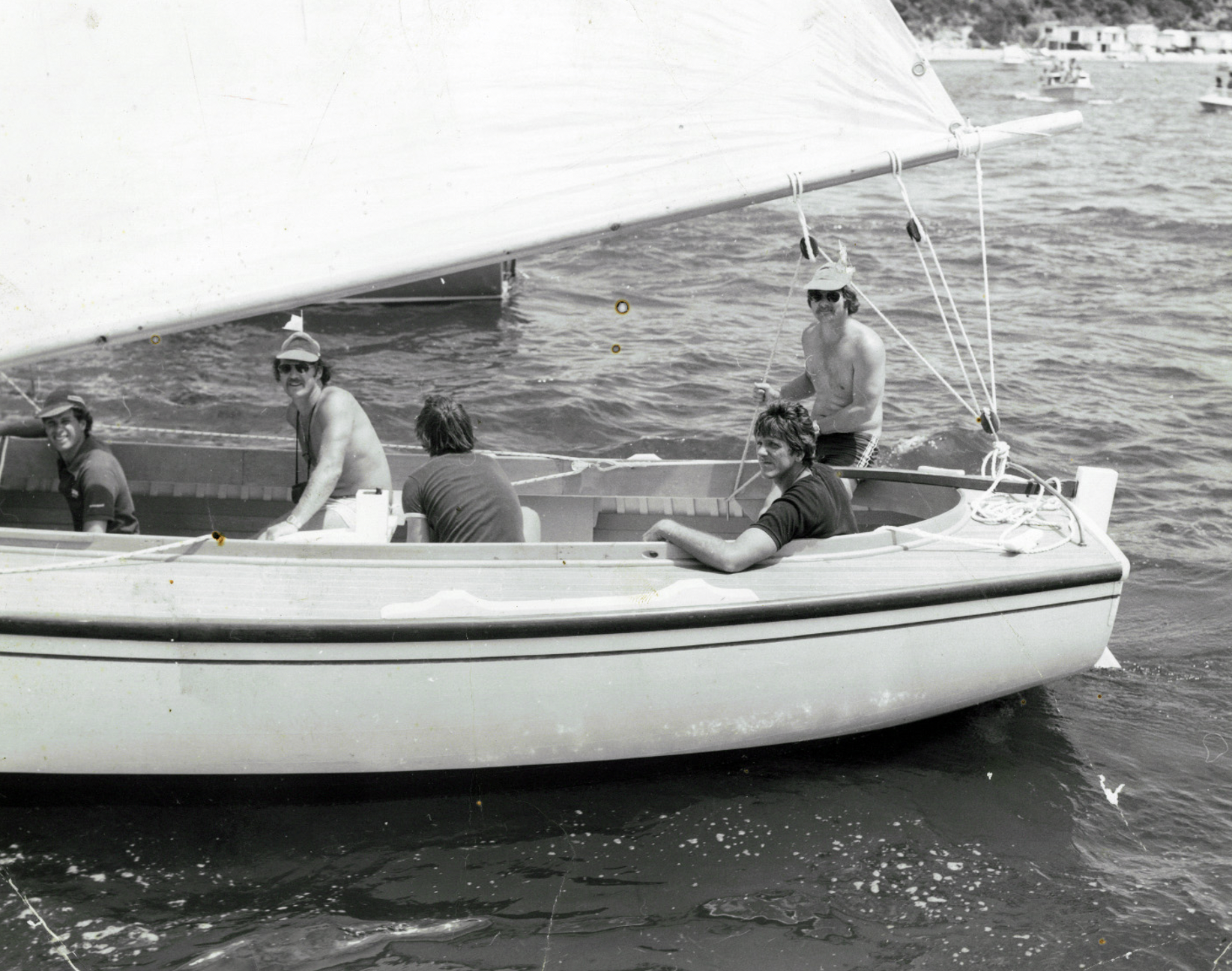

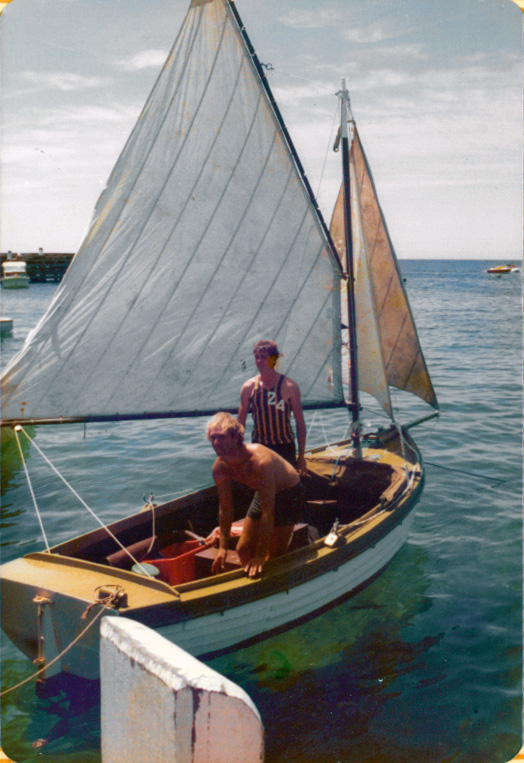
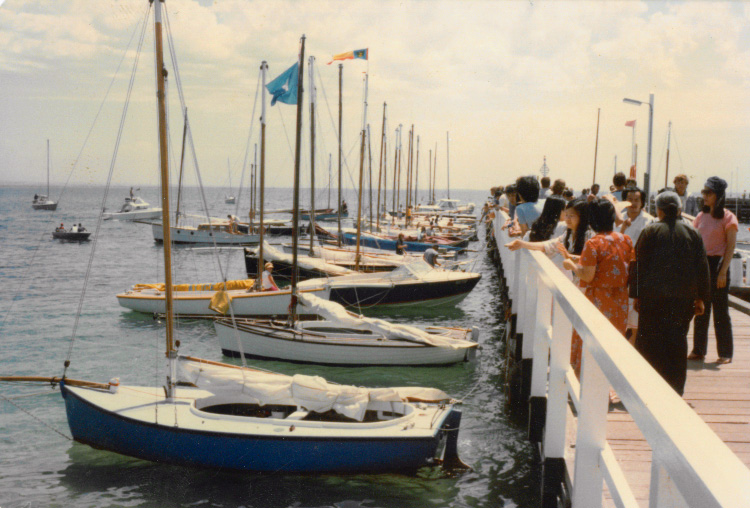
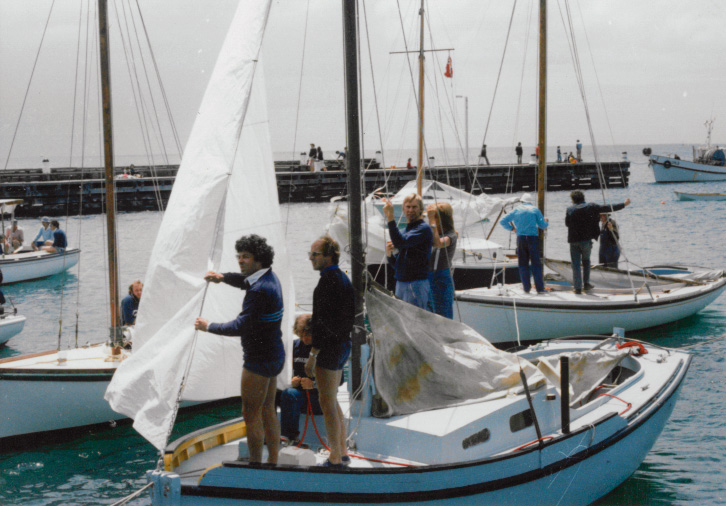

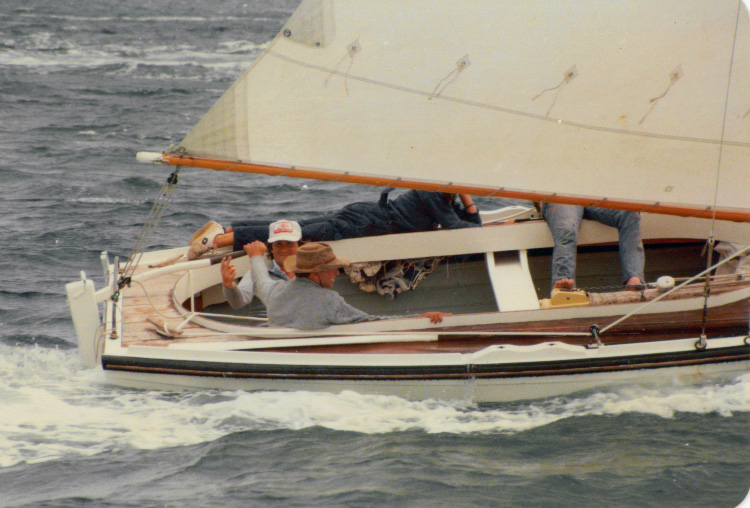
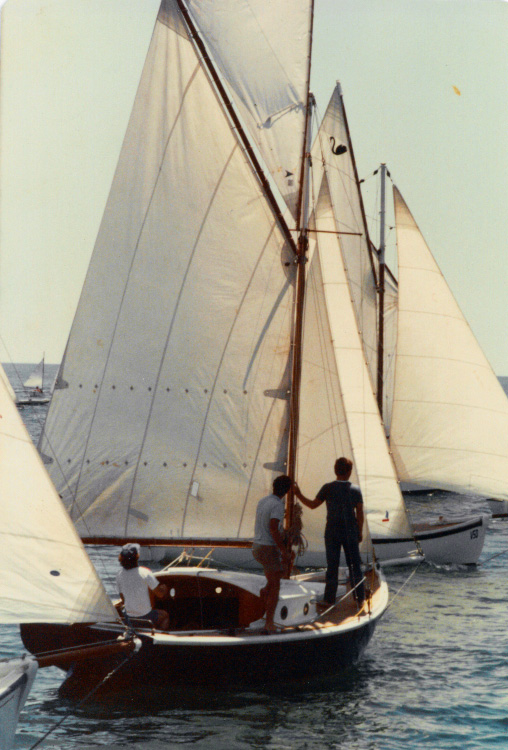

We’re the couta boat people,
through and through!
The Couta Boat has attracted some of the most competitive sailors from around the globe, and the boats have proudly maintained their early charm and classic integrity. There is absolutely no doubt owning a Couta Boat encapsulates the romance and dream of a lifestyle by the sea. We are the Couta Boat people and have been championing their excellence since day one.
The Couta Boat has attracted some of the most competitive sailors from around the globe, and the boats have proudly maintained their early charm and classic integrity. There is absolutely no doubt owning a Couta Boat encapsulates the romance and dream of a lifestyle by the sea. We are the Couta Boat people and have been championing their excellence since day one.
Testimonials
“When I decided to have a new Couta Boat built, my first port of call was to see the boys at The Wooden Boatshop who have been building the Couta Boats since their revival back in the early 1980s. After consultations with The Wooden Boatshop, they produced a set of plans that incorporated some of my own criteria and some improvements from The Wooden Boatshop experience with previous boats they had built.
As a boat builder of many racing yachts and commercial craft it was a great pleasure to have the boat built and to follow and be involved in the process. The project was everything I hoped for from the outset, quality of build is superb, and the boat was completed in a timely manner. Jocelyn is a gem to sail and handles without vices in all weather conditions, she has proven to be extremely competitive among the Sorrento Fleet. If you are considering a new Couta Boat, I have no hesitation in recommending The Wooden Boatshop with the highest regard”.
MAL HART
Jocelyn
"I consider the new boats we build to be part of the evolution of the class, my design philosophy is to go back to the era prior to the influence of engines, to the time when the boats were purely commercial sailing and fishing vessels. Any new boat should have good sailing characteristics, be well balanced, and not too big down the stern. It should have good carrying capacity, and obviously, it should sail fast. The hull needs enough depth forward to drift well for flathead, which was also quite a big part of the early fishermen's activities. If the boat is too shallow forward it will drift off at the head".
TIM PHILLIPS OAM
Director, The Wooden Boatshop
Kooyong 28 Walkaround

Overview
The perfect runabout!
The Kooyong 28 is a spacious, stylish, and fast day boat. She’s able to zip around coastlines, cater to picnics, fishing, and diving adventures, and carry friends and family to far-flung, out-of-reach beaches and coves. Her draft is extraordinarily shallow, meaning she can anchor in ankle-depth water. The Kooyong is versatile and smart, serving both enthusiastic anglers, as well as families with young kids dreaming of a fast runabout.
A contemporary classic
There is no doubt the Kooyong 28 is a contemporary classic. Drawn from a New-England style launch, and representing a traditional notion of boating, she is highly sophisticated in her scope and range. The Kooyong encapsulates our ethos of constructing contemporary, classic boats that stand the test of time and never age a day. She is built, as always, by hand from beginning to end.
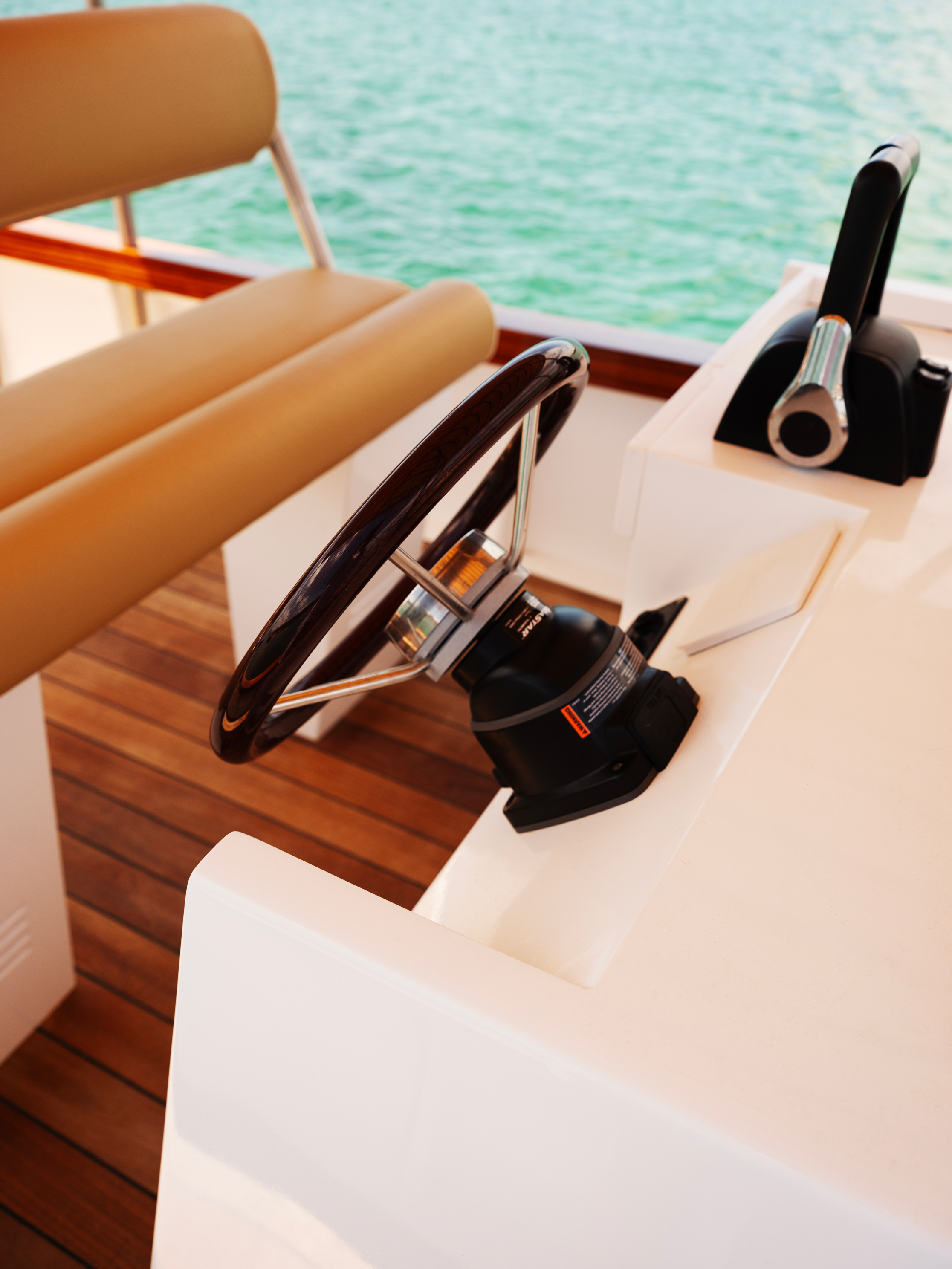
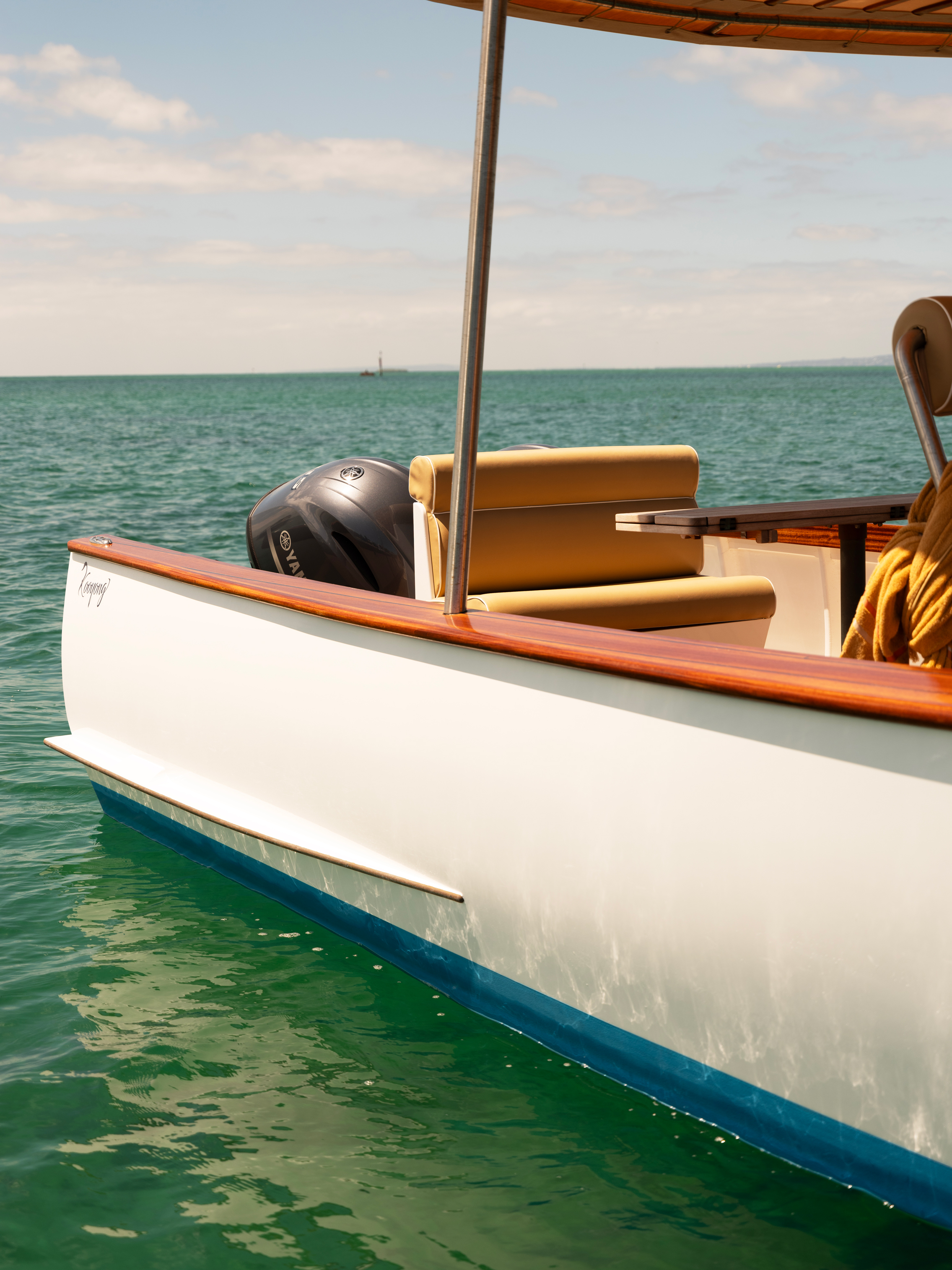
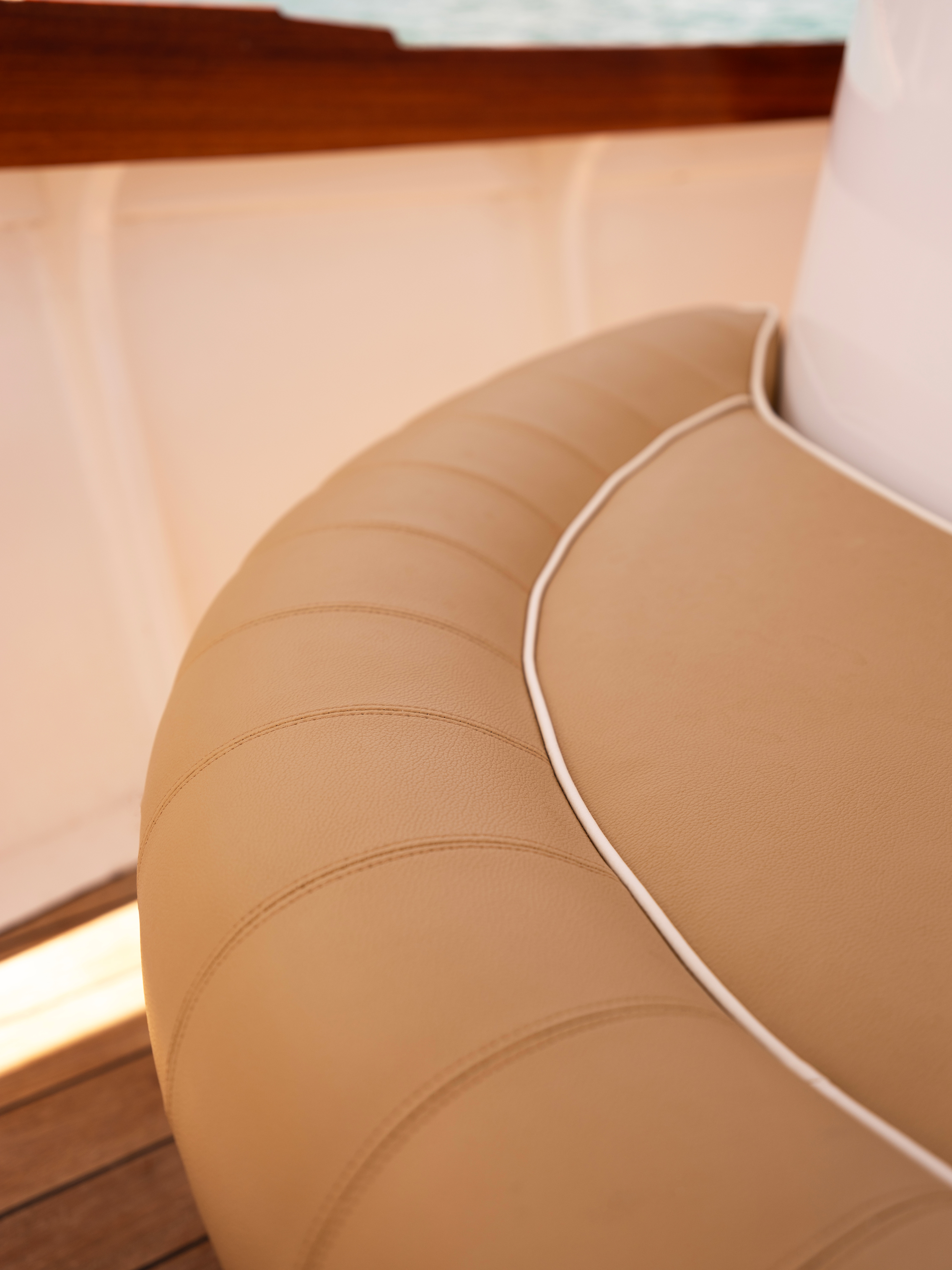
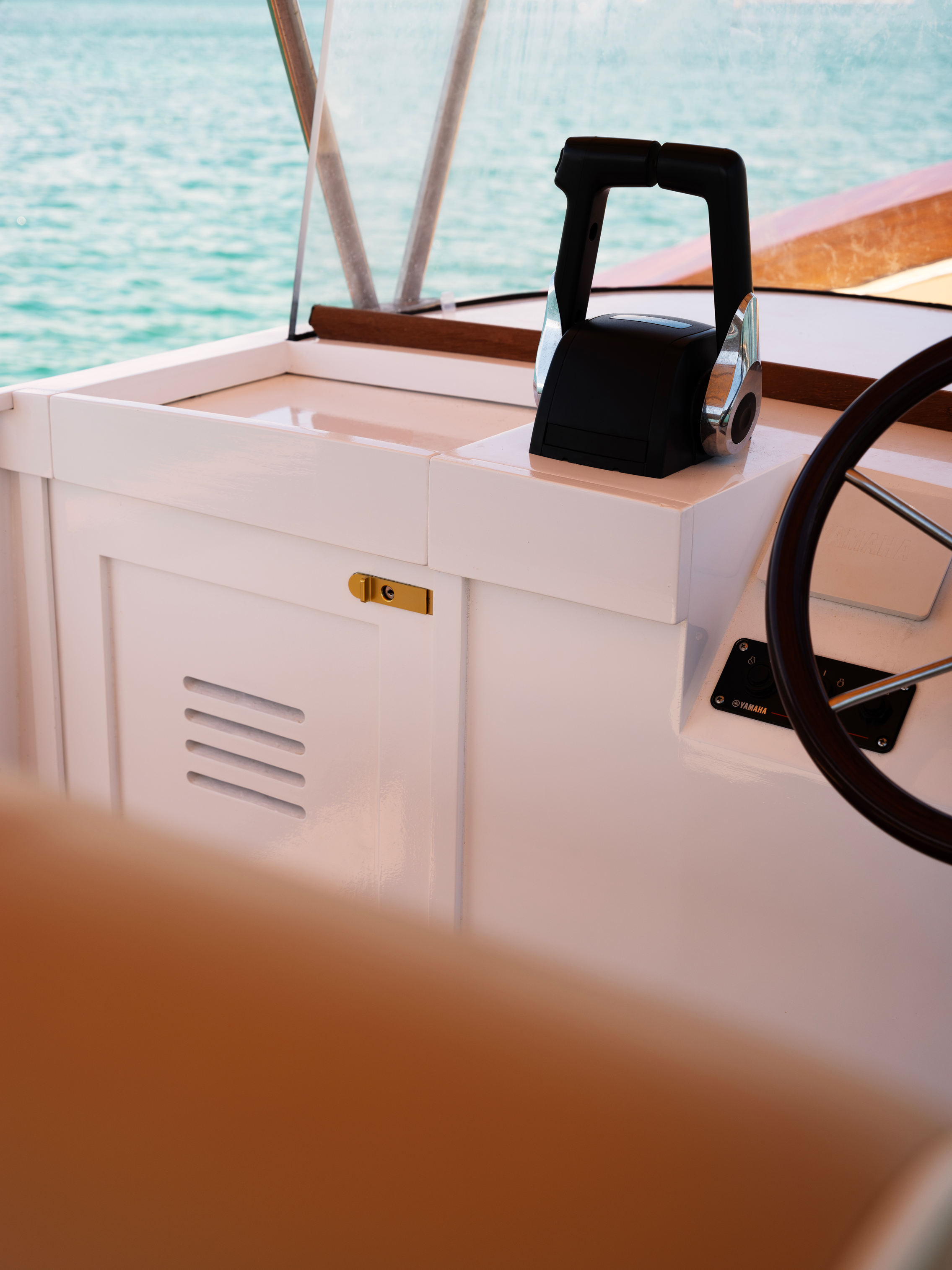
Specifications
Length 28’ 9”
Beam 8’ 9”
Draft 1’ 3”
Power Twin 115 HP Yamaha
Top Speed 35 knots
Cruising Speed 15-20 knots
Water Capacity 42 L
Fuel Capacity 280 L
Dry Weight 1900 kg
Beam 8’ 9”
Draft 1’ 3”
Power Twin 115 HP Yamaha
Top Speed 35 knots
Cruising Speed 15-20 knots
Water Capacity 42 L
Fuel Capacity 280 L
Dry Weight 1900 kg
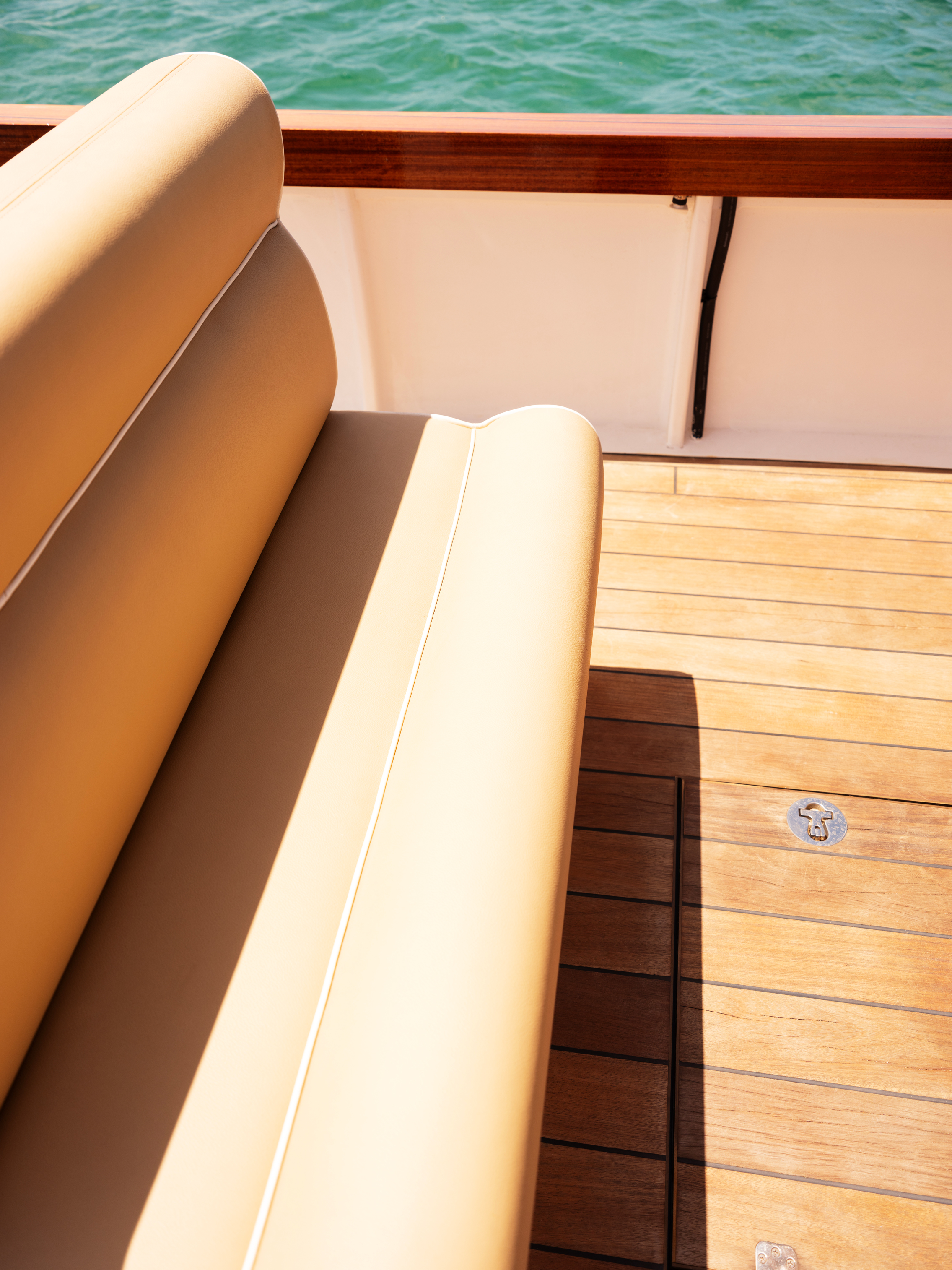
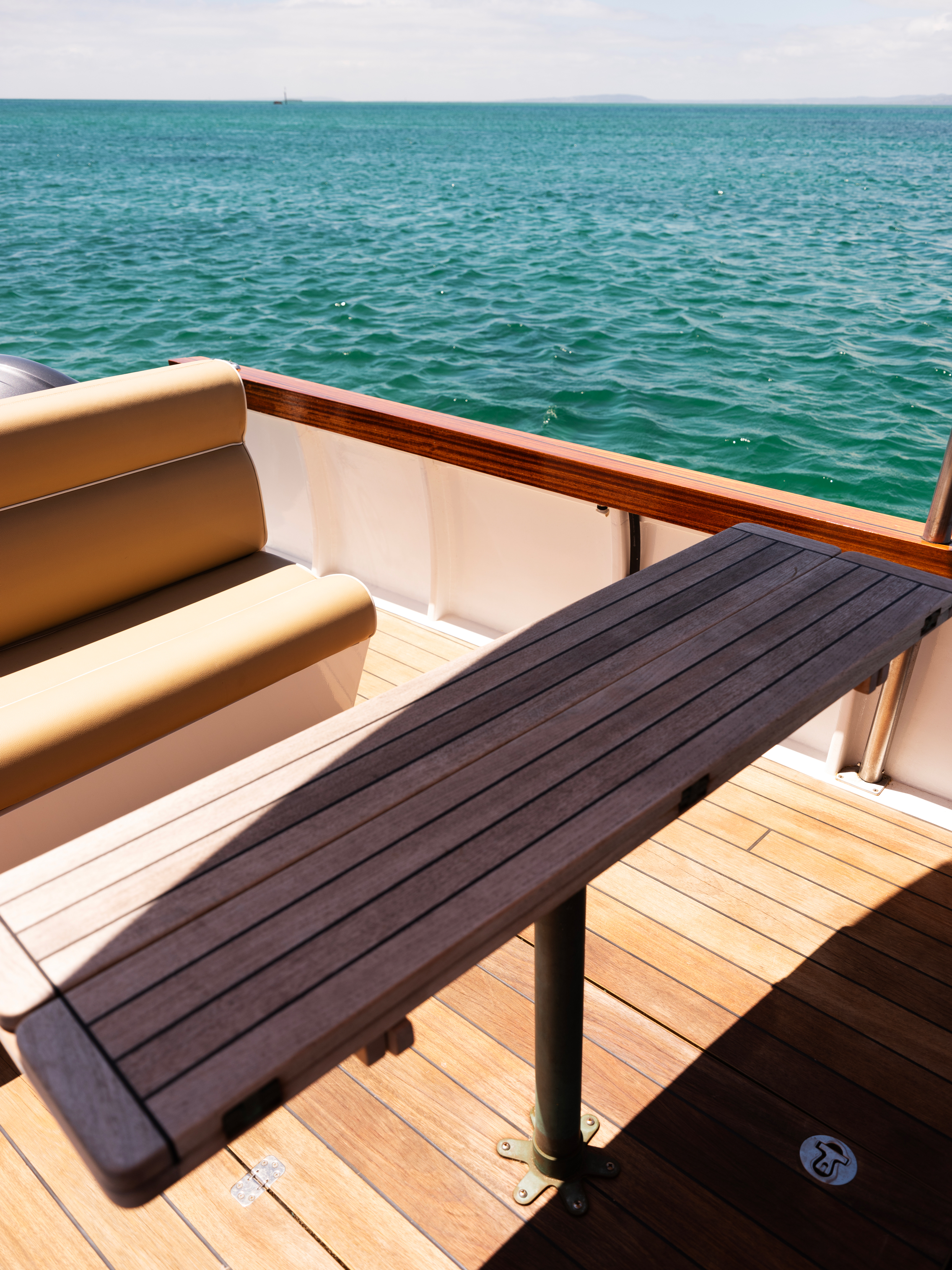
Design Features
︎ Advanced
electrical
system
All the modern software, such as navigation lights, chart plotter, bathroom facilities and small galley.
︎ Classic wooden construction
Using the finest African Teak for superb and flawless decking.
︎ Low maintenance
Epoxy sheathed hull and polyurethane paint finishes make for easy upkeep and a perfect finish.
︎ Walk through transom
Easily assessable transom for swimming and diving. Excellent for fishing and easy cleaning of the deck.
All the modern software, such as navigation lights, chart plotter, bathroom facilities and small galley.
︎ Classic wooden construction
Using the finest African Teak for superb and flawless decking.
︎ Low maintenance
Epoxy sheathed hull and polyurethane paint finishes make for easy upkeep and a perfect finish.
︎ Walk through transom
Easily assessable transom for swimming and diving. Excellent for fishing and easy cleaning of the deck.
Models
Kooyong 28 Walkaround
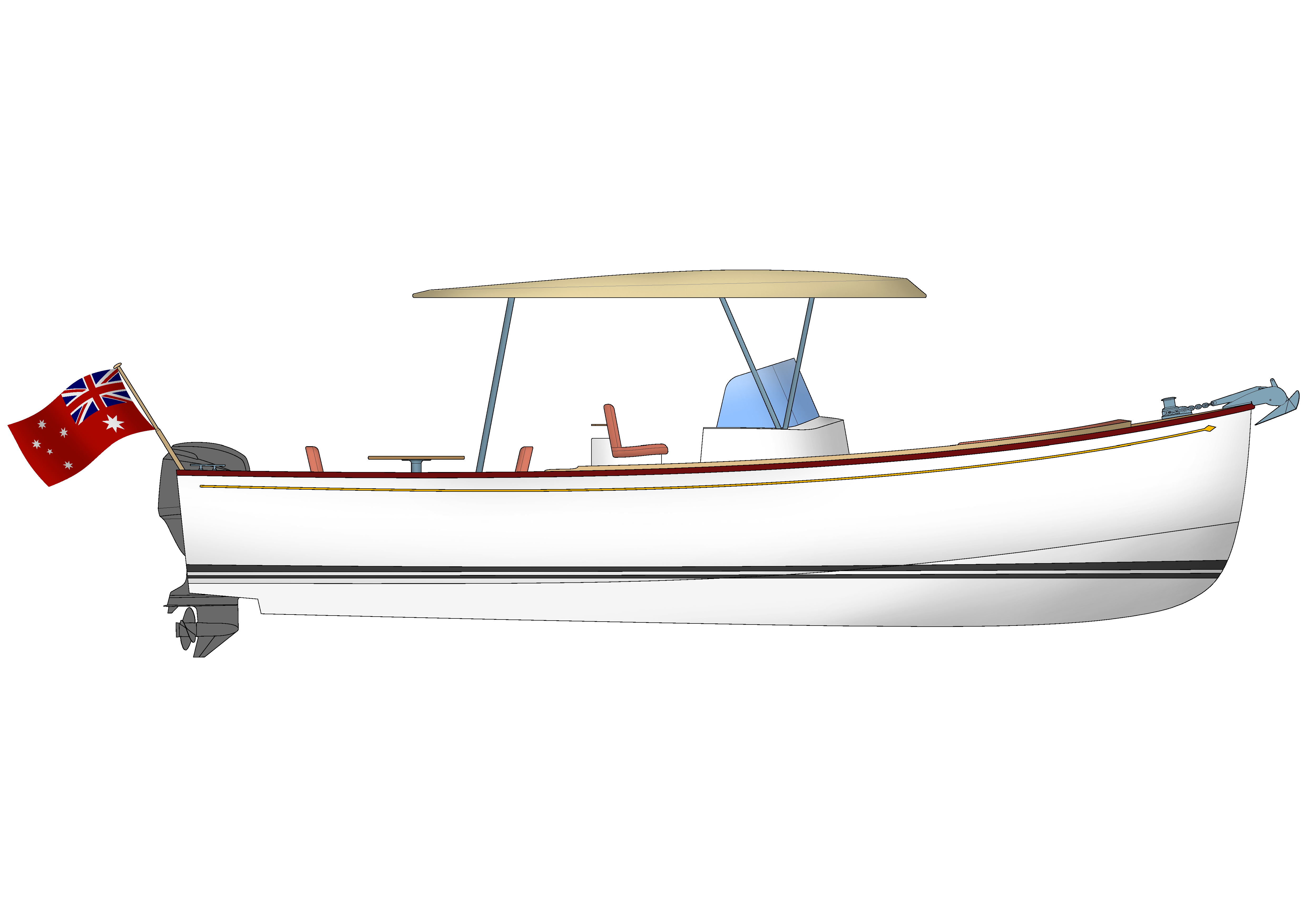
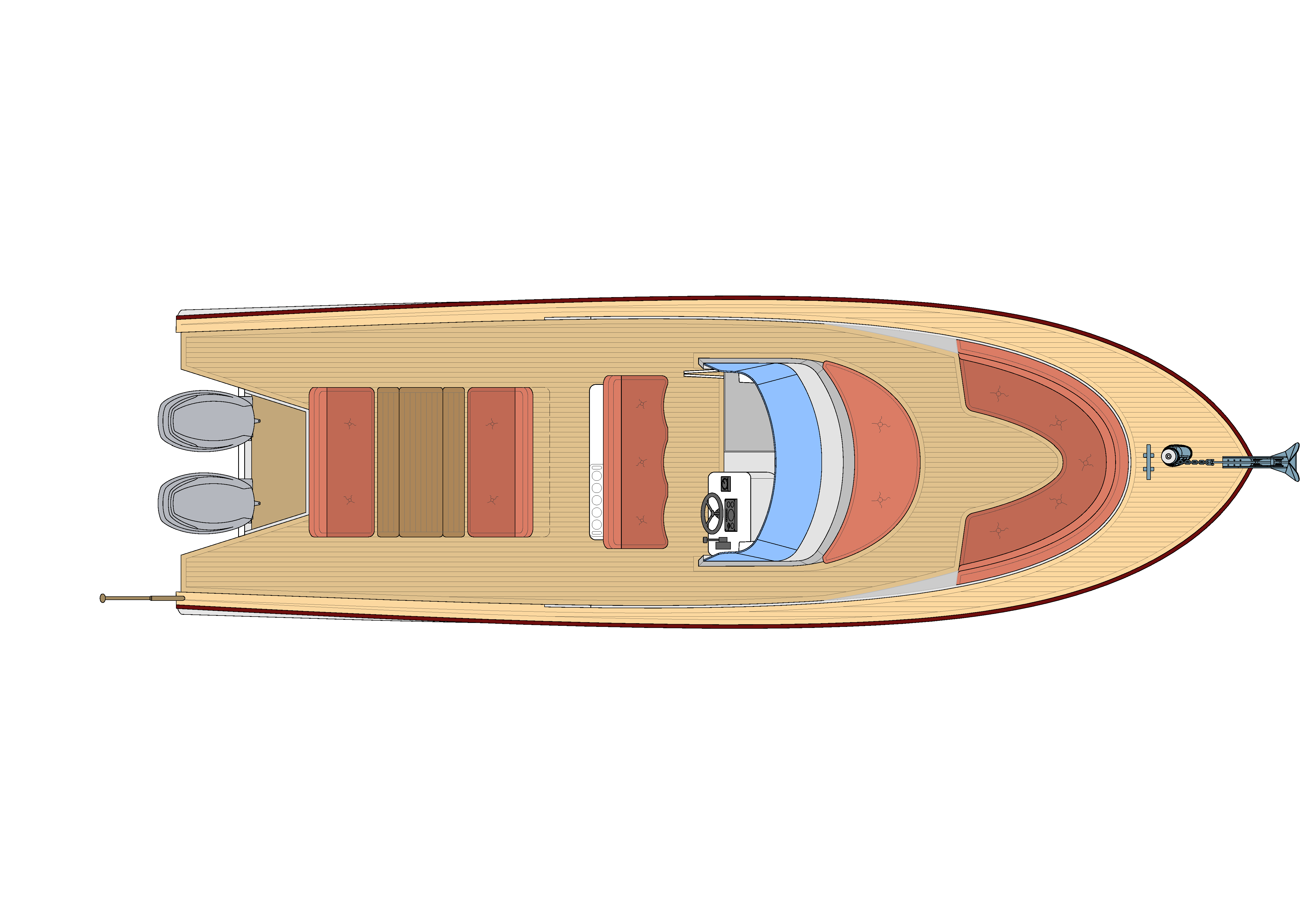
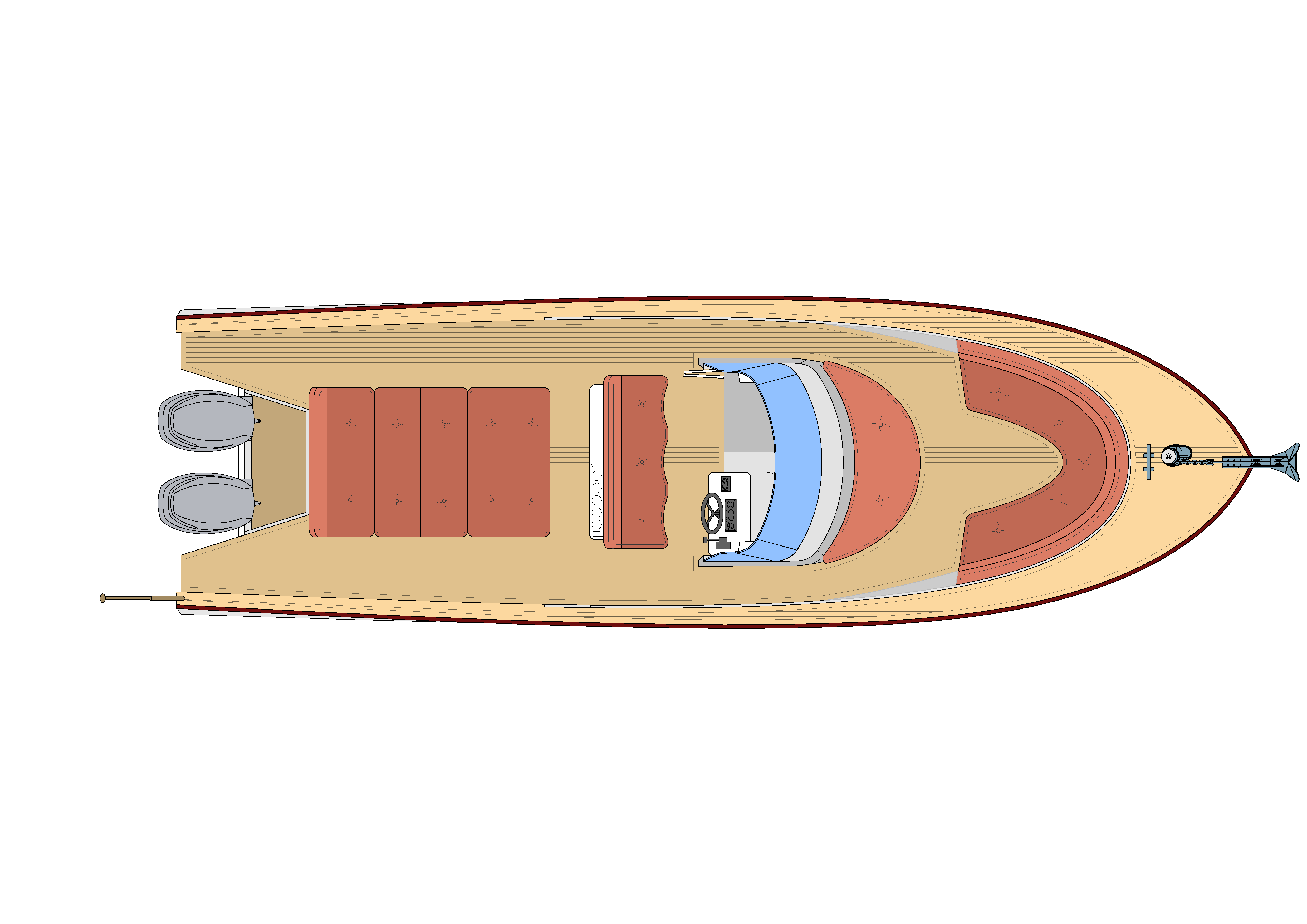
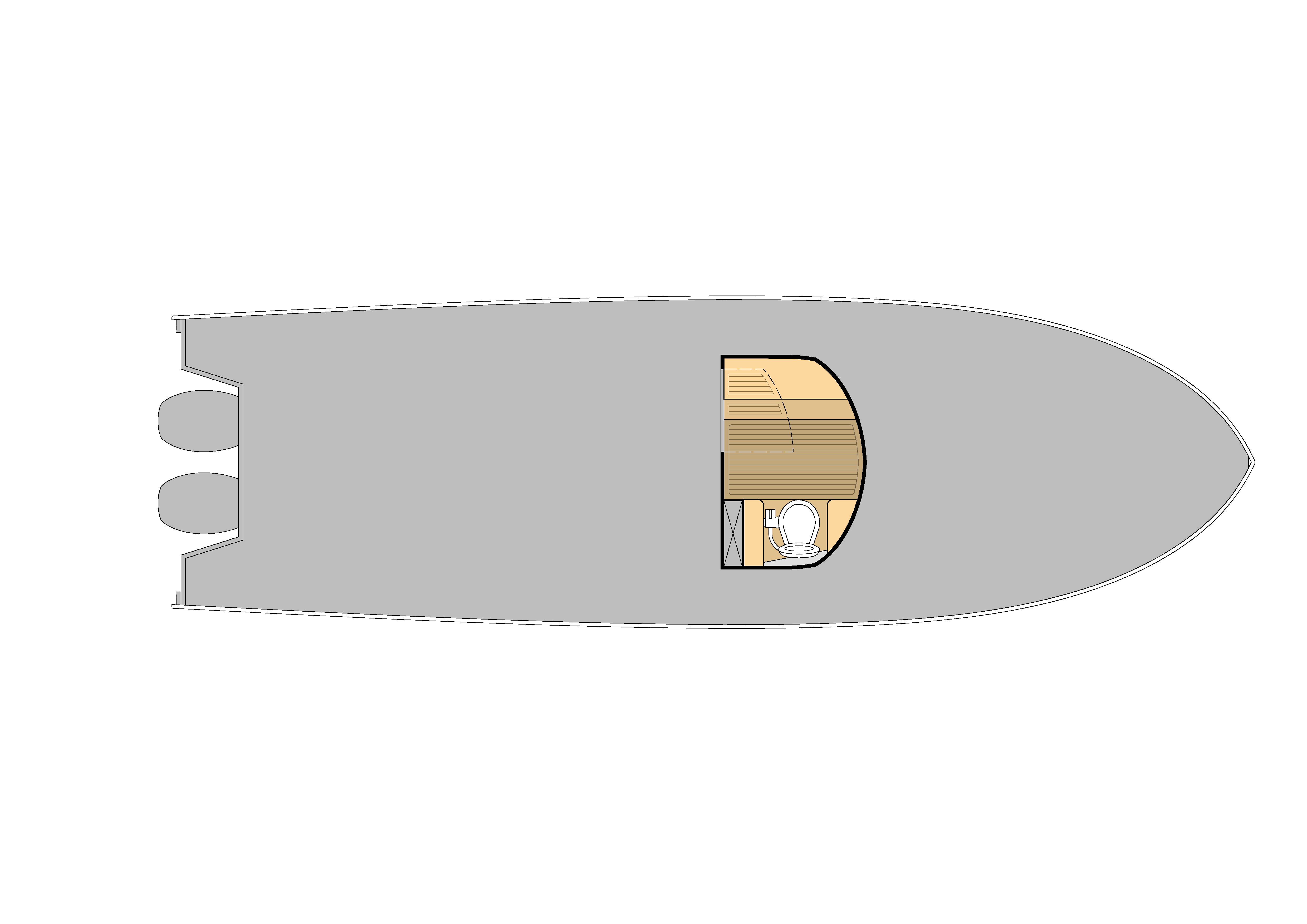
Kooyong 28 Runabout
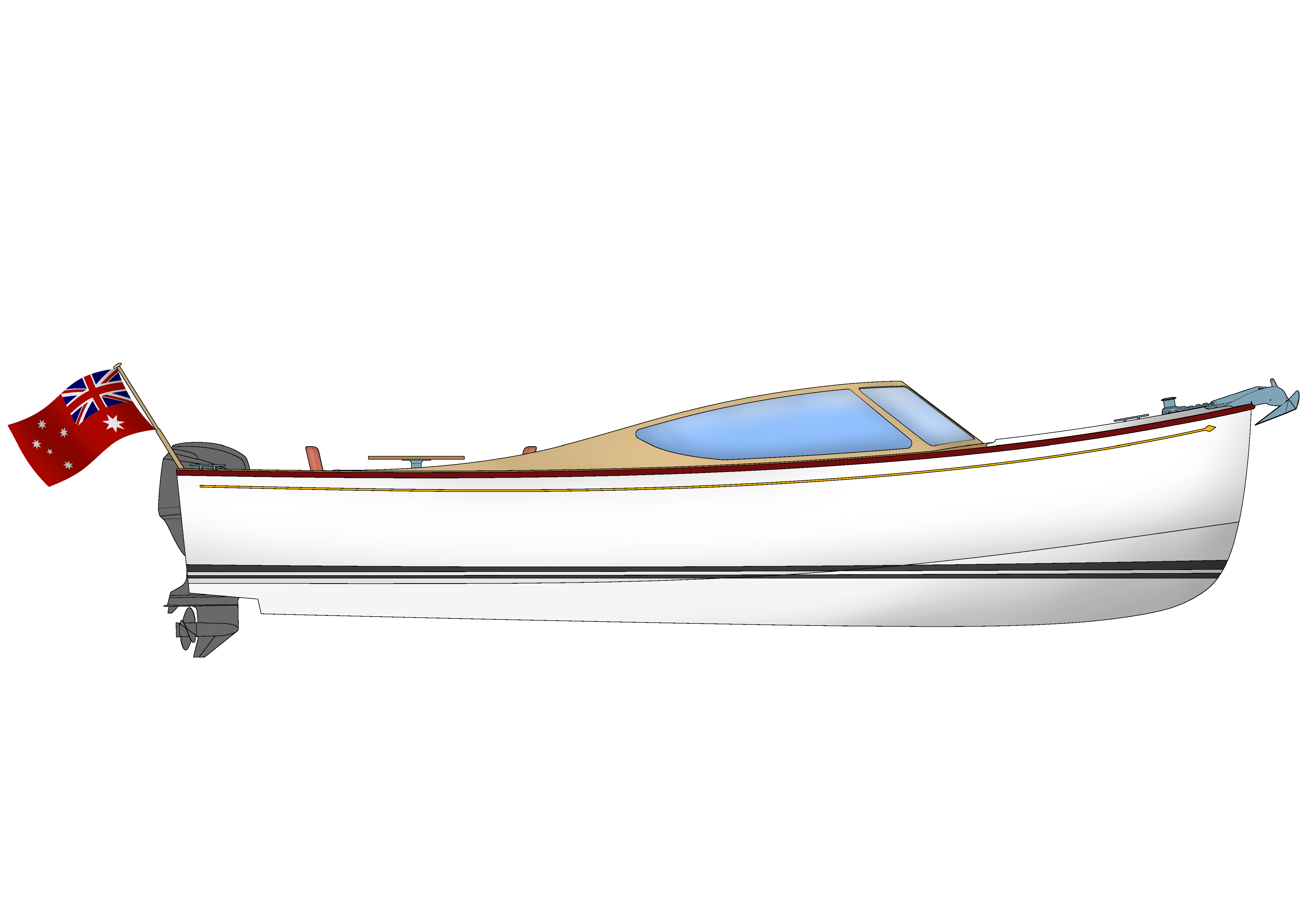
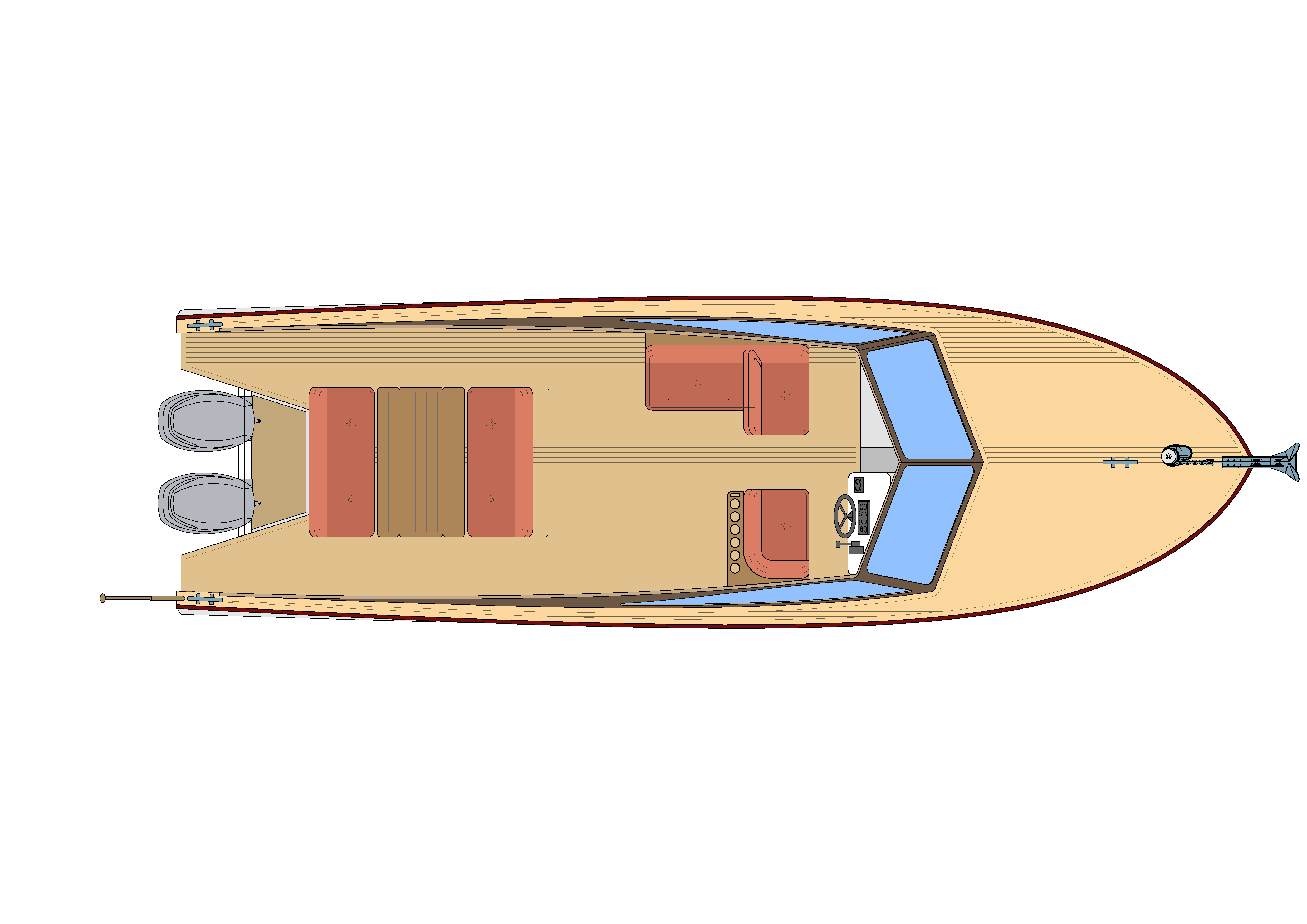
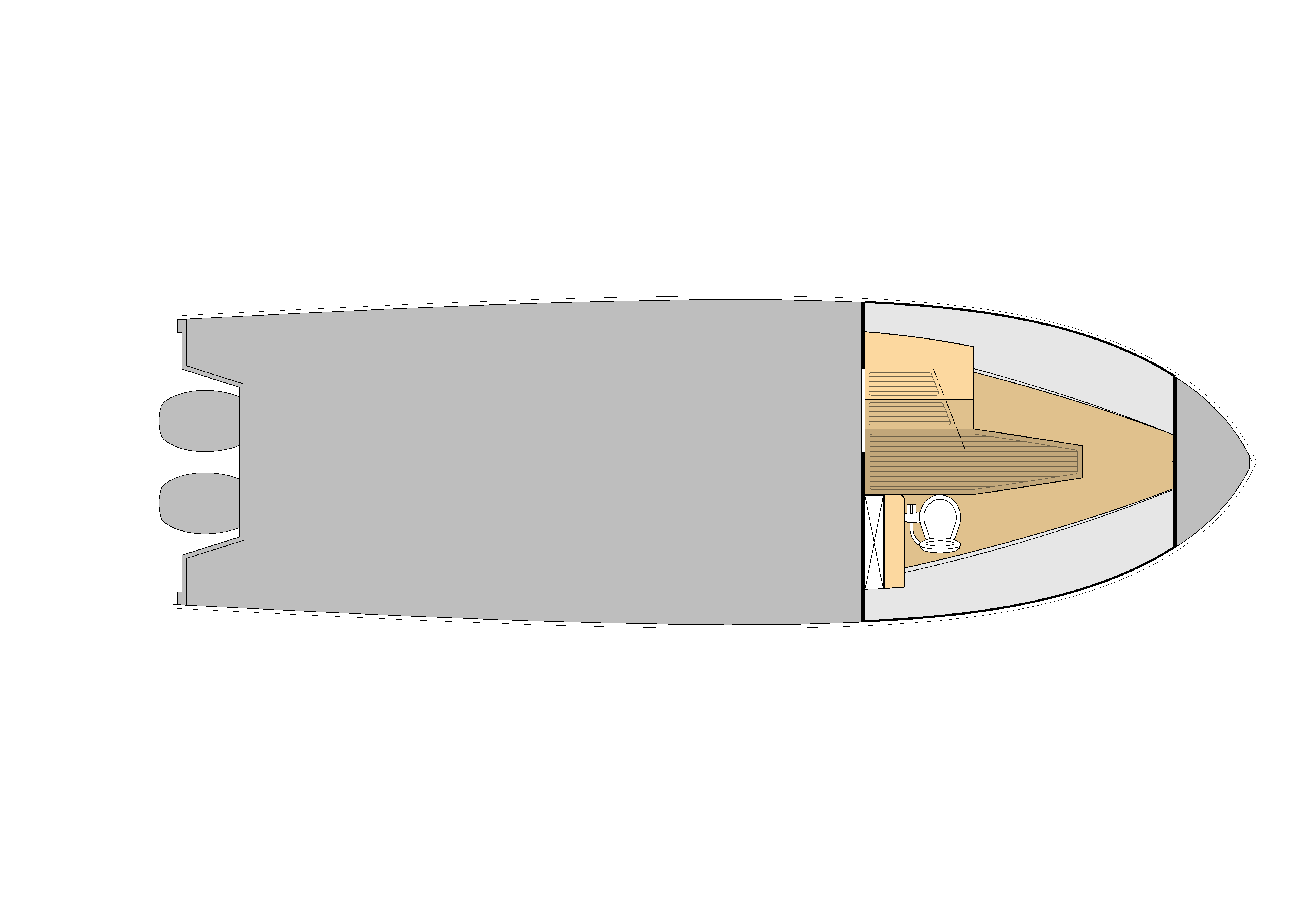
Kooyong 28 Open Launch
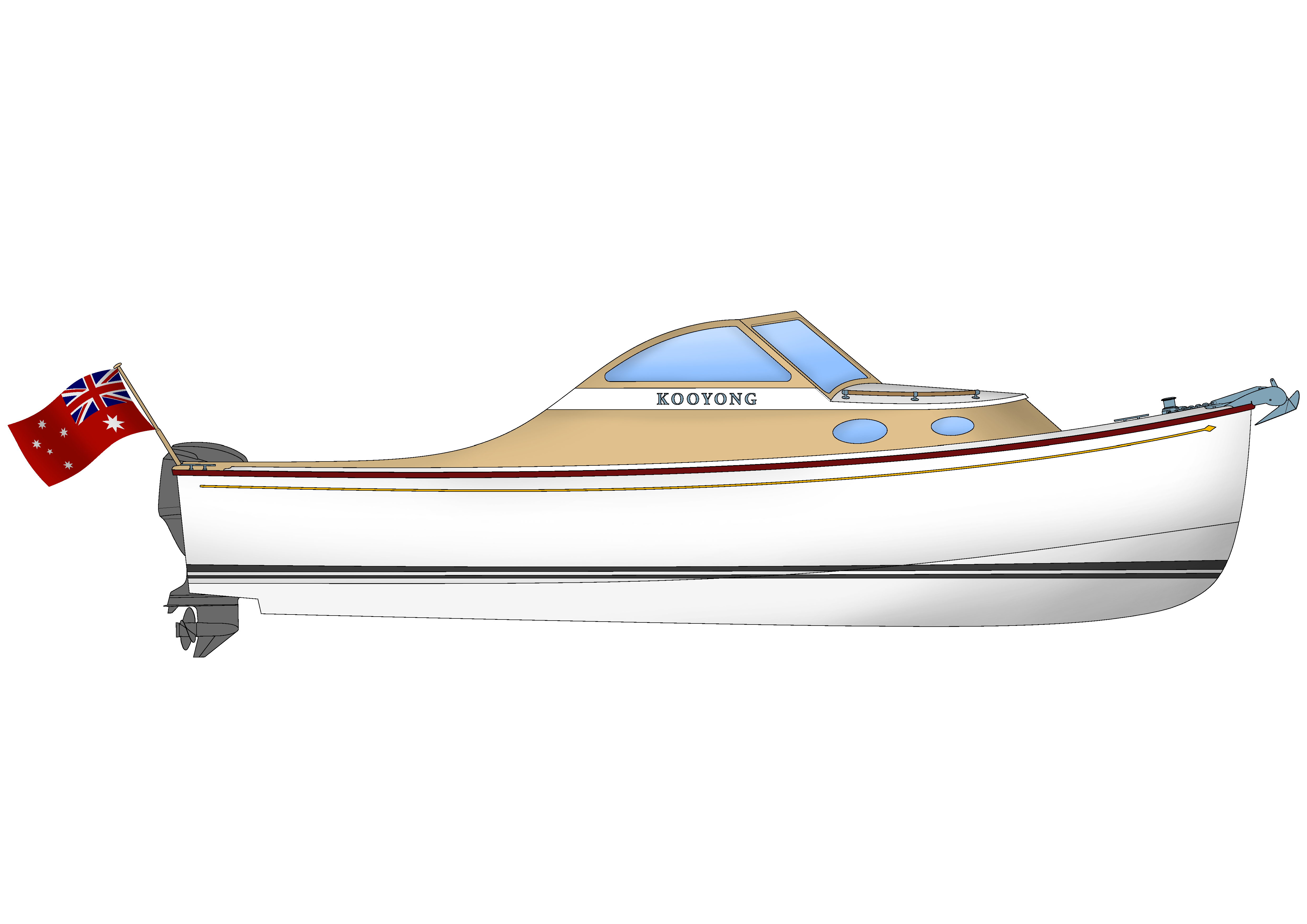

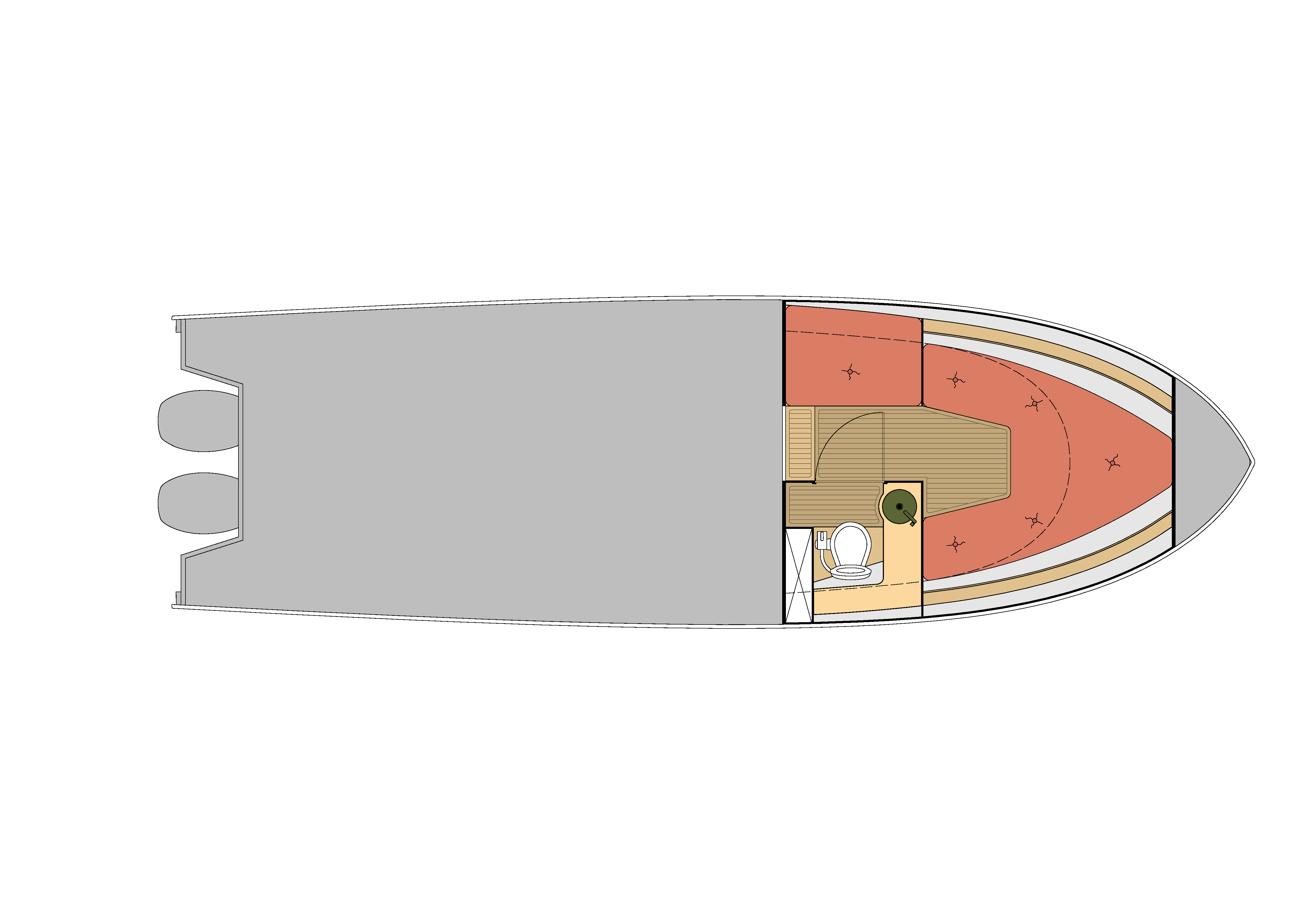
Kooyong 28 Hardtop Launch
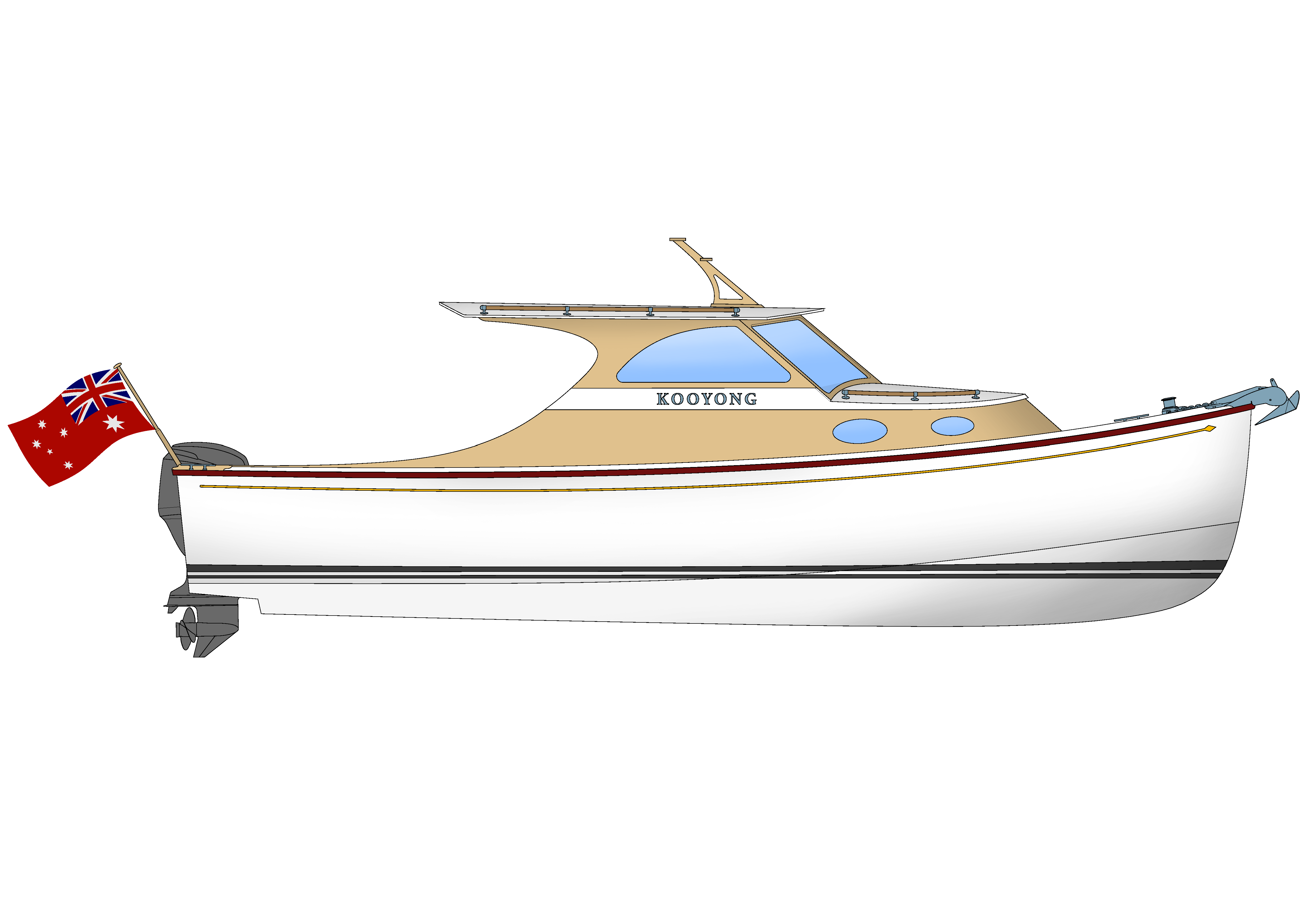


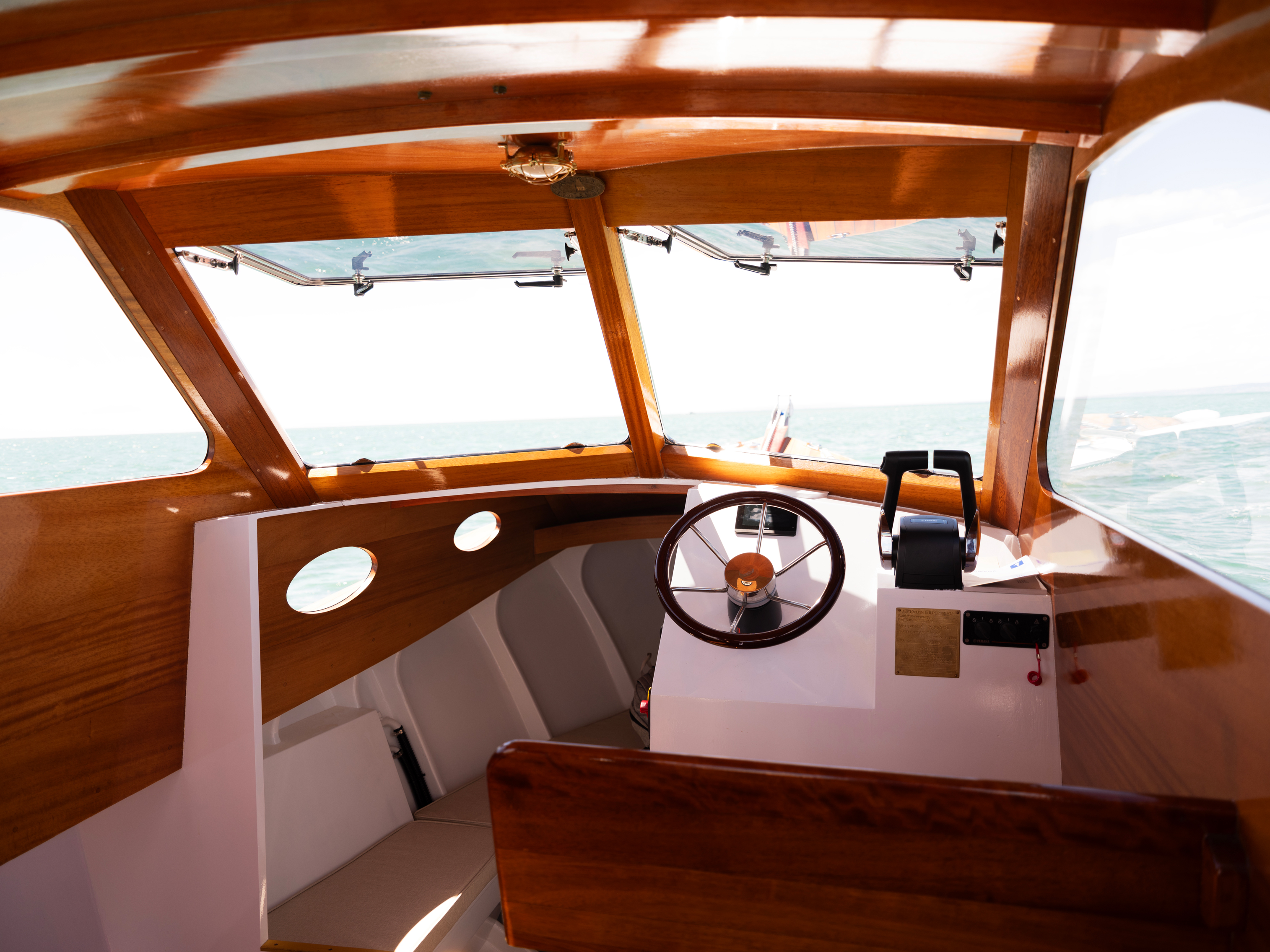
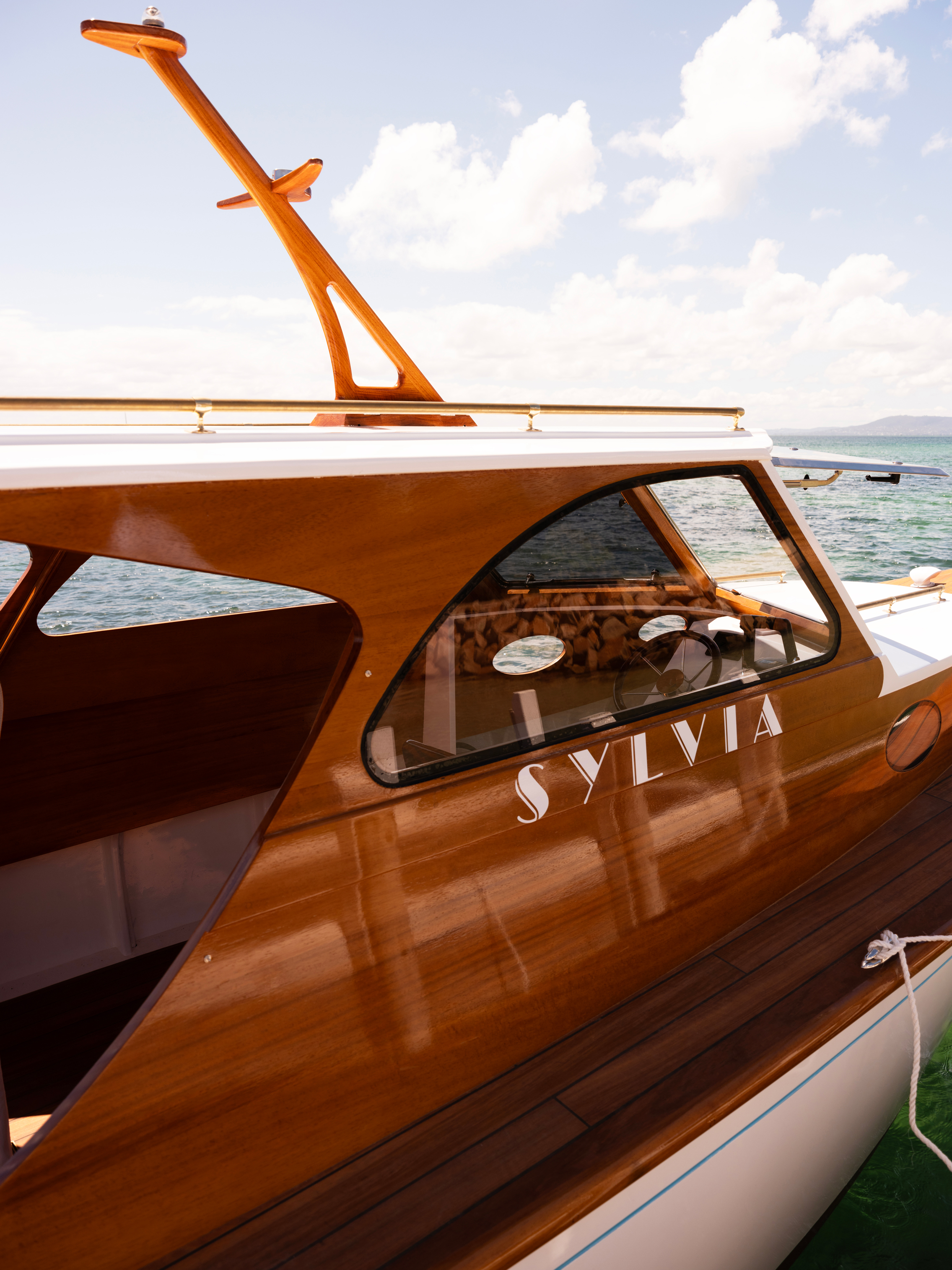
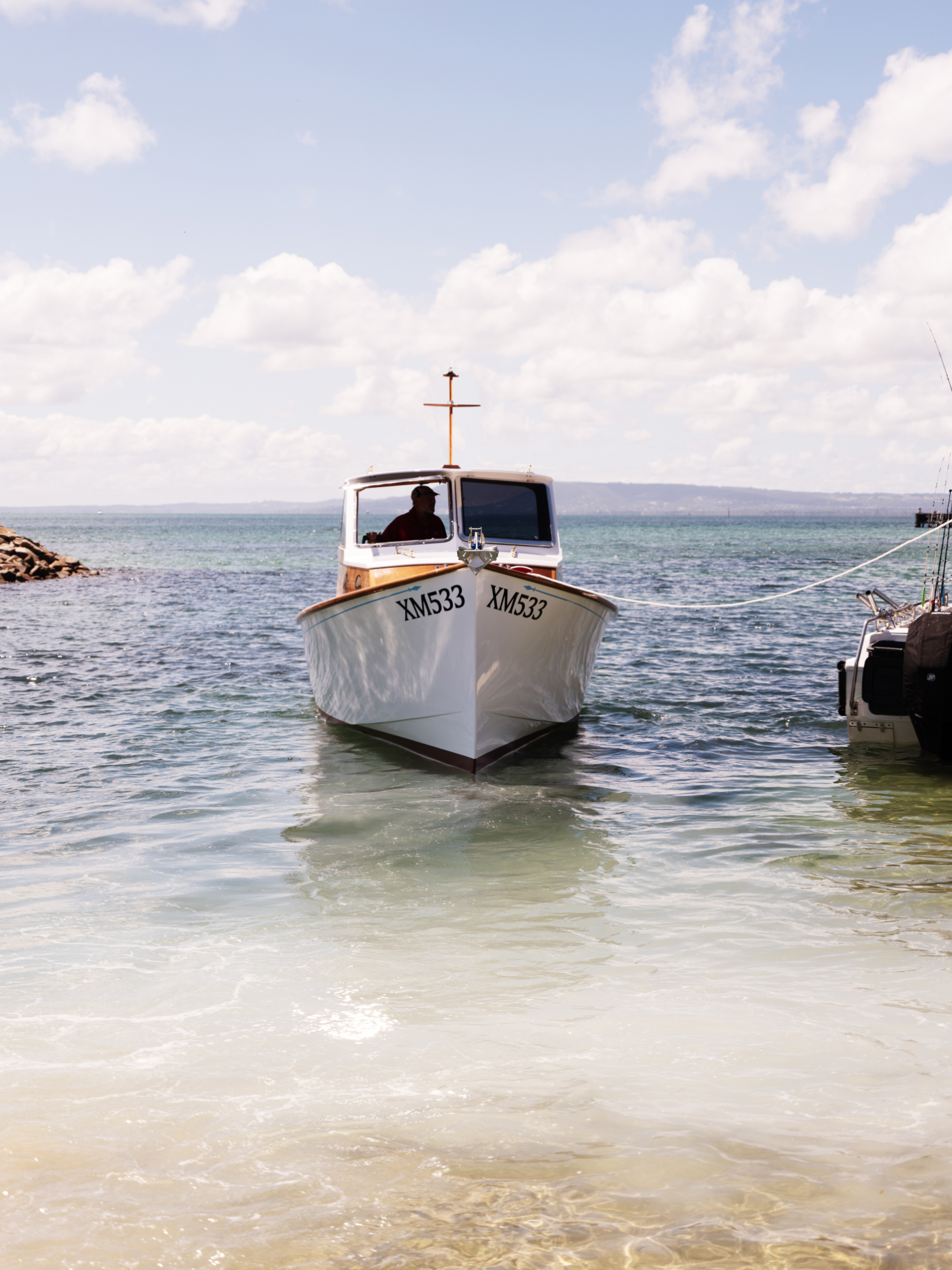
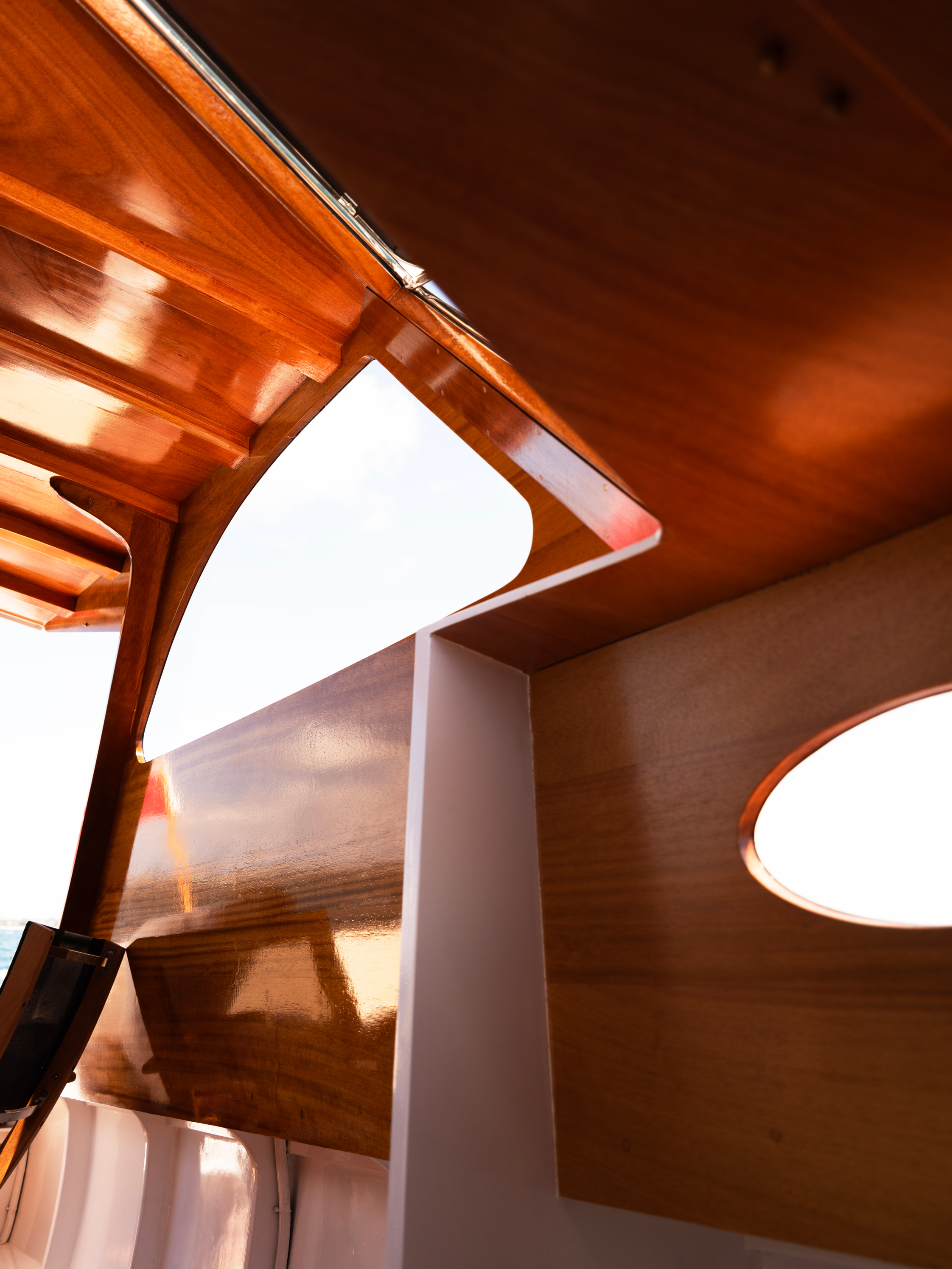
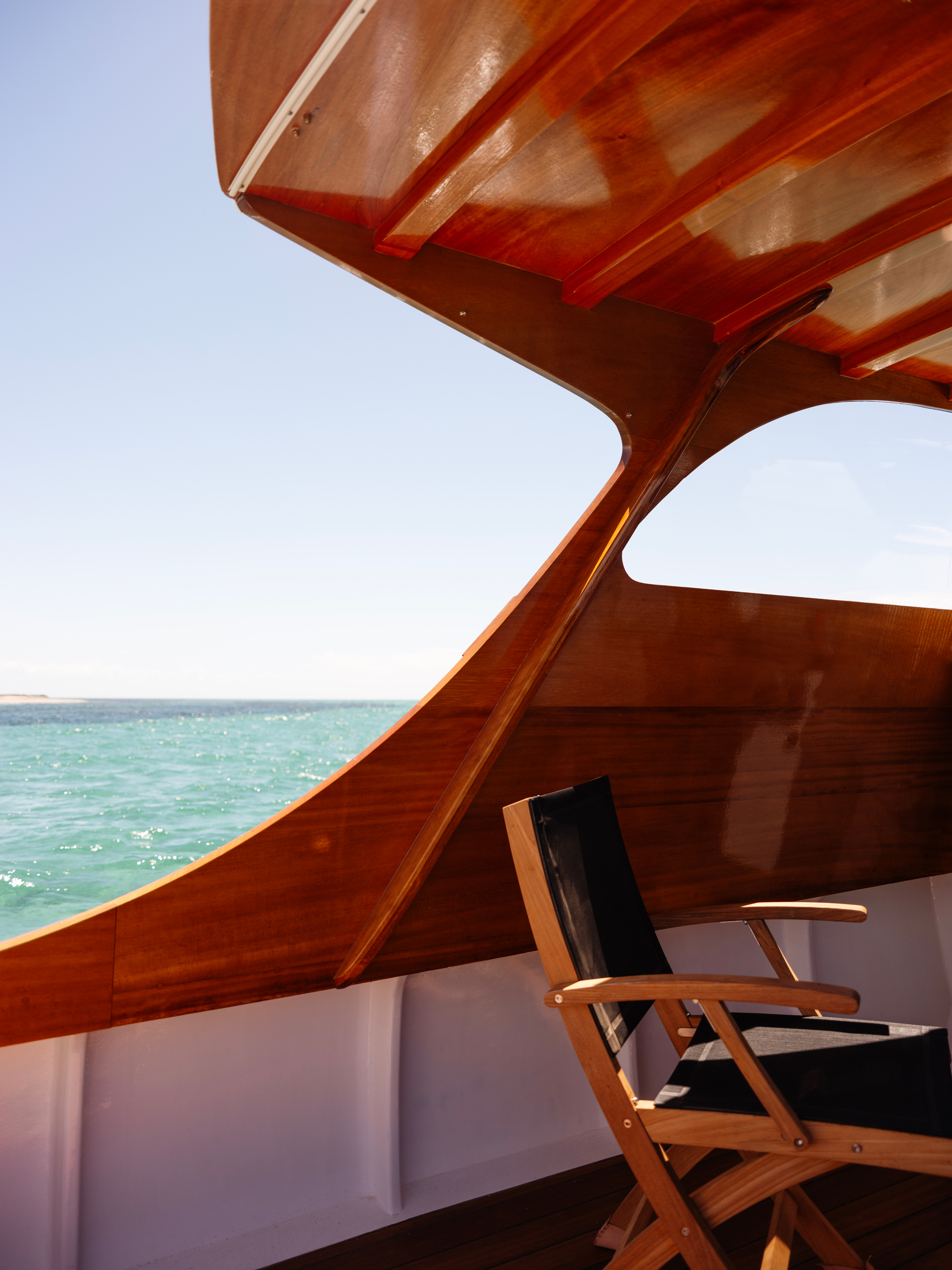
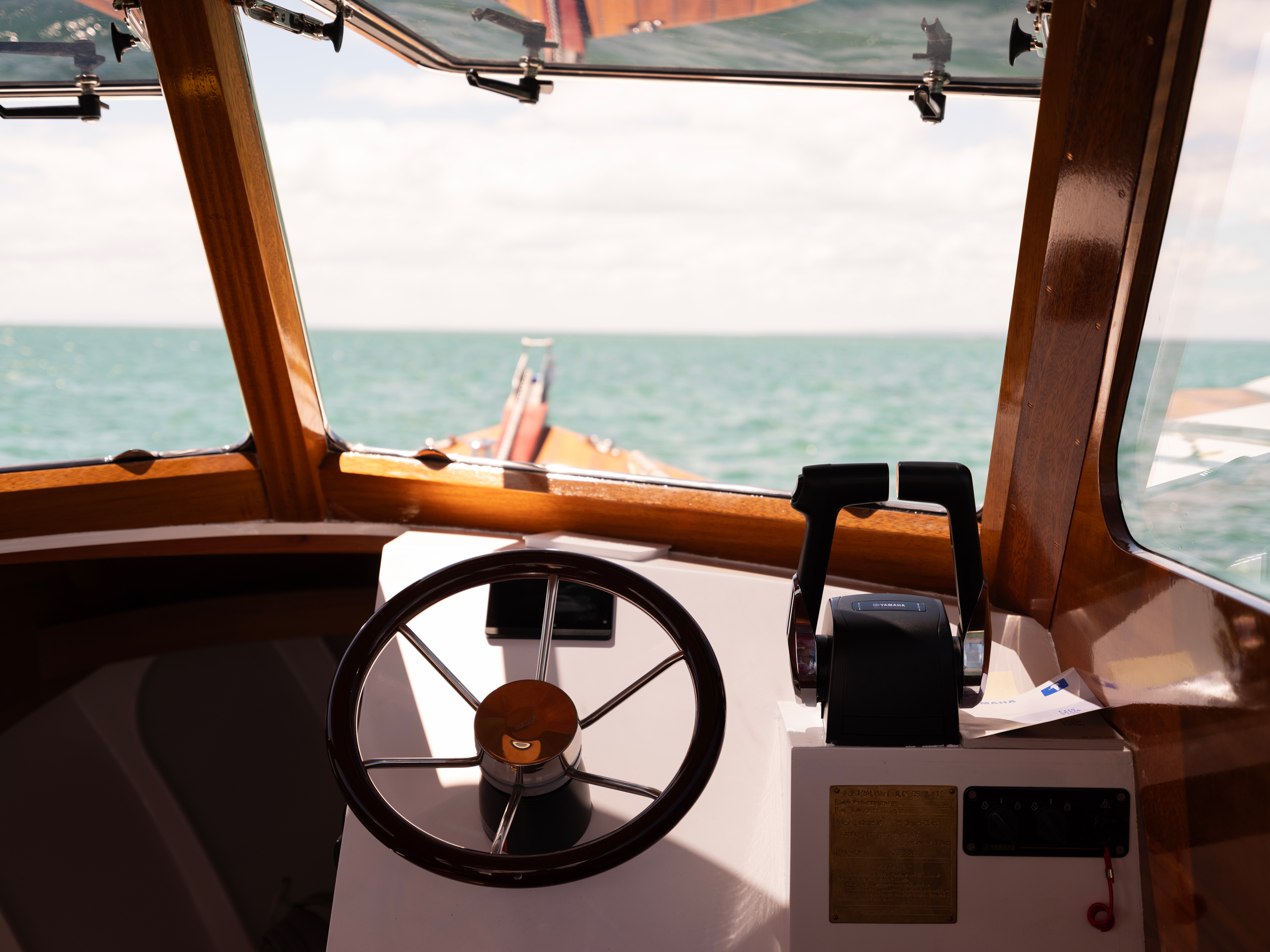
Heritage
The Kooyong 28 is a fast, shoal-draft, centre-console fishing boat with strong echoes of a traditional wooden boat. She is designed to be extraordinarily easy to use – to be kept in dry store over the winter months, and on a mooring over summer during extensive periods of use.
Easy, easy, easy
Designed to accommodate shared meals with family and friends, afternoon drinks, swimming, fishing, and diving, or as a family boat, the Kooyong 28 really does have it all! The galley, bathroom, and stylish, sleek design make this boat the perfect vessel to explore the southern Peninsula and all our coastline has to offer.
Versatility & function
The walk-through transom, shallow draft, easy-to-access storage, and full galley set-up make the Kooyong 28 an unbelievable balance of function and style. Hydraulic-steering, and an electrical anchor winch ensures that the Kooyong 28 is sophisticated and simple in all aspects of boat handling.
“The Wooden Boatshop Way” is to build practical, classic boats which accentuate the charm and splendour of boating and a lifestyle by the sea. The Kooyong 28 represents a lifetime spent messing about in boats, and all aspects of its design are geared toward ensuring that others can enjoy the ease and style of owning a contemporary wooden boat with classic heritage.
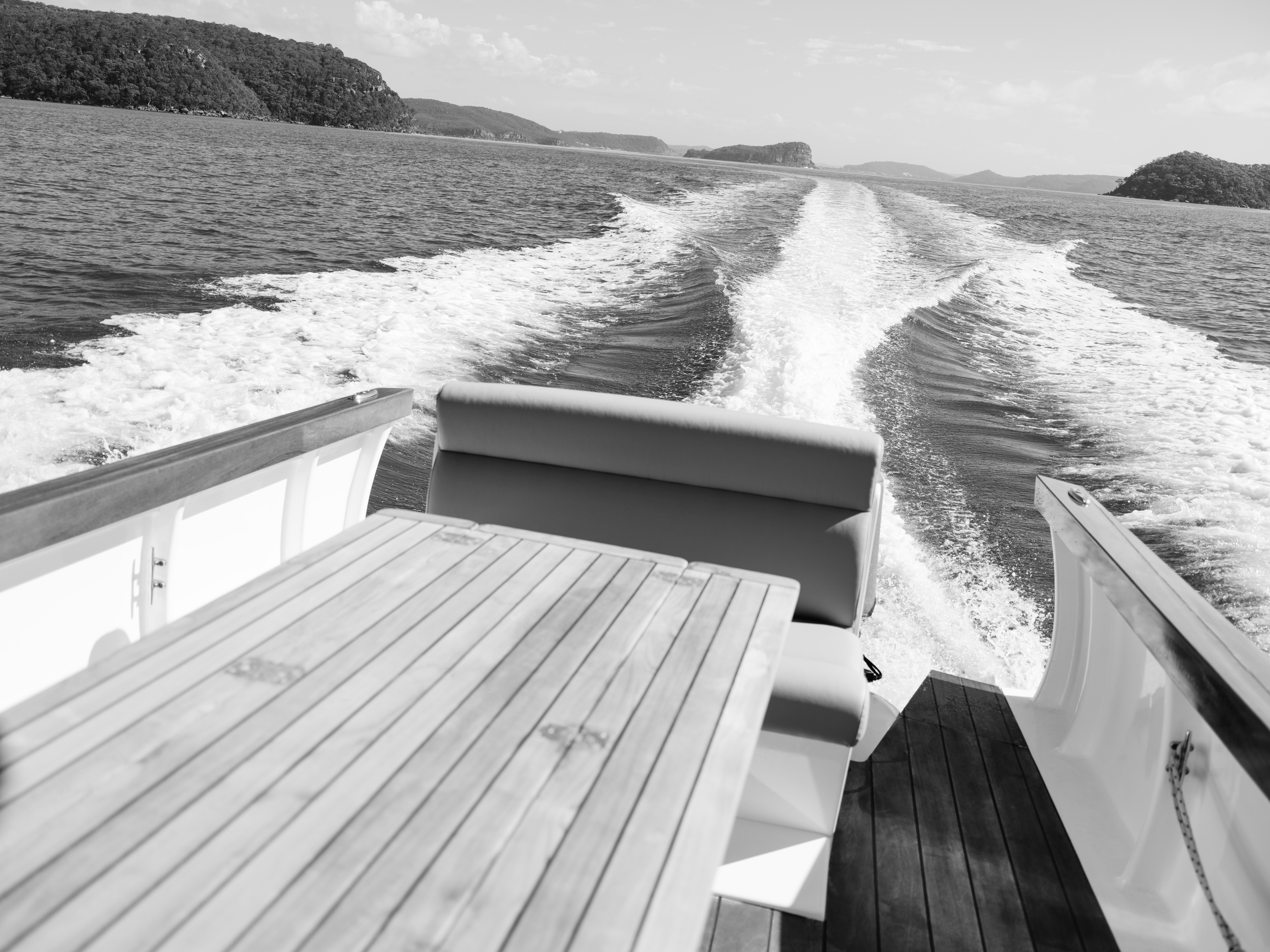

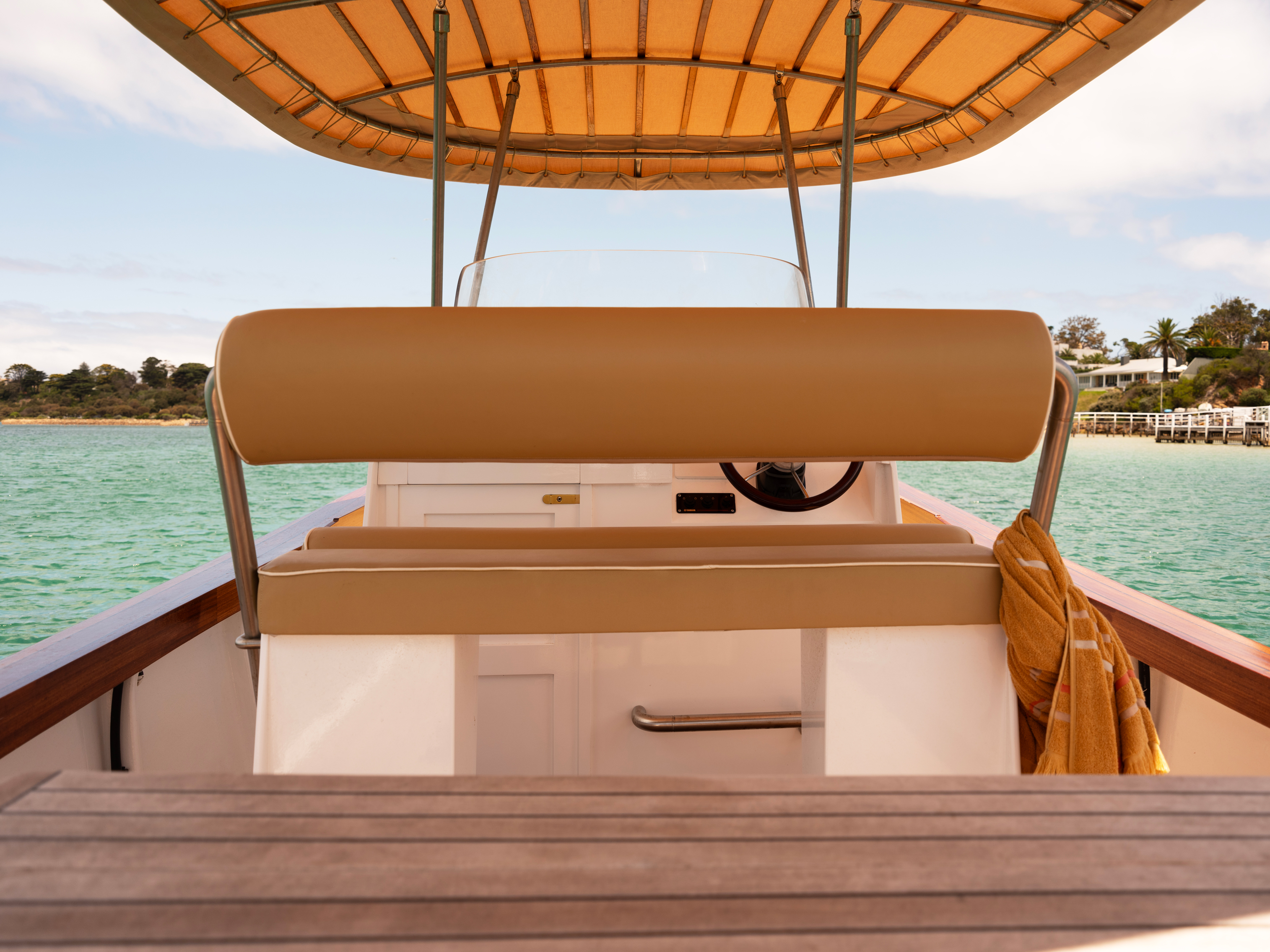
Testimonials
“I wanted to build a boat that allows people to explore the great locations of Port Phillip Bay and we wanted to offer the market a stylish no-nonsense day boat with classical work boat lines. The Kooyong 28 floats in 300mm of water, making it very adaptable for shallow water cruising, yet she is at home in a Bass Strait seaway also... The Kooyong 28 ticks heaps of boxes, appealing equally to the cruiser who wishes to lunch and swim, and to the keen angler.”
TIM PHILLIPS OAM
Director, The Wooden Boatshop
“The Kooyong. It’s been a huge success – so well done! Much admired on Pittwater. By the way, after the motors had a first service by Yamaha, they hit 36 knots at 4800 revs in a post service test. More than the specs sheet!”
CHRIS ROBERTS
Pohutukawa
